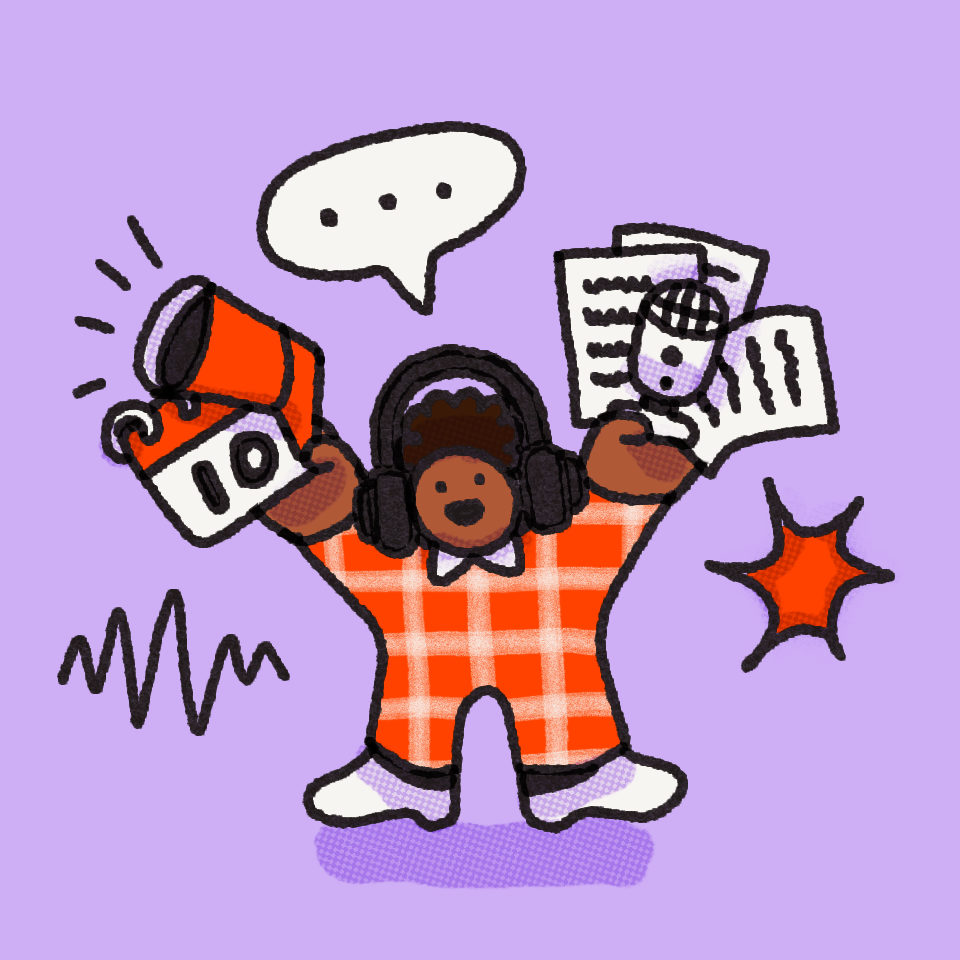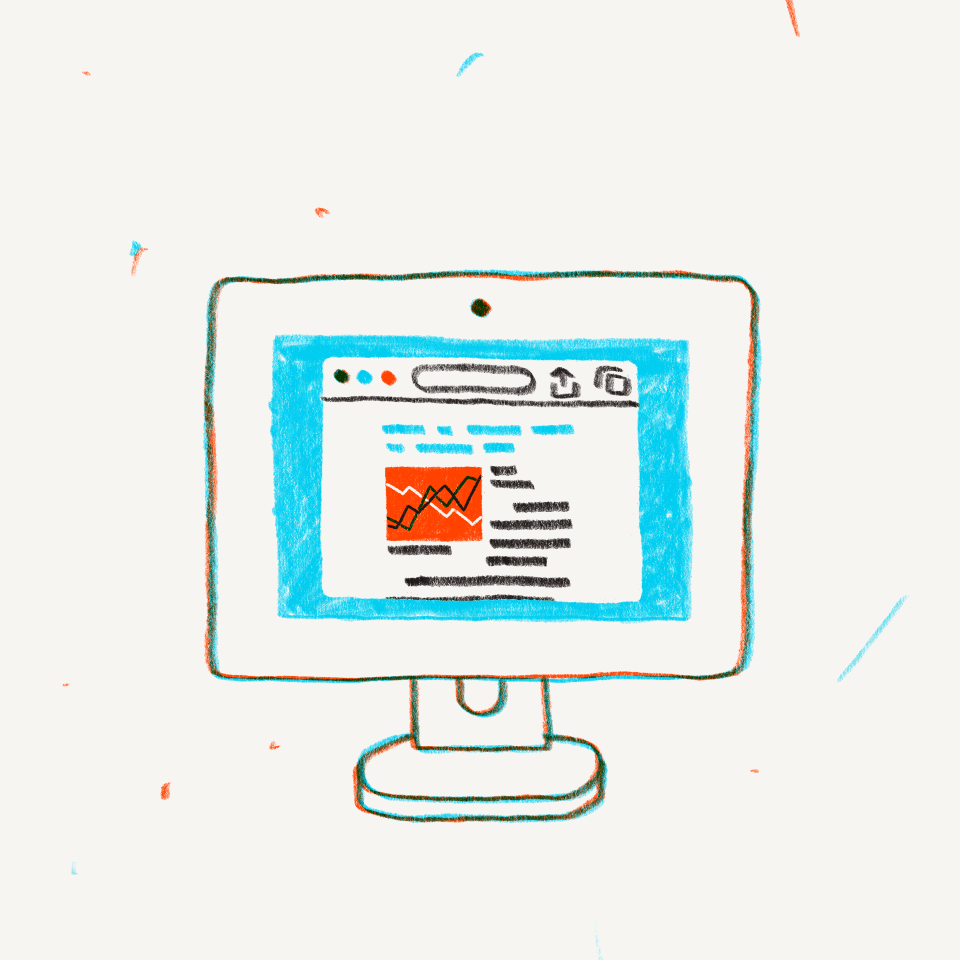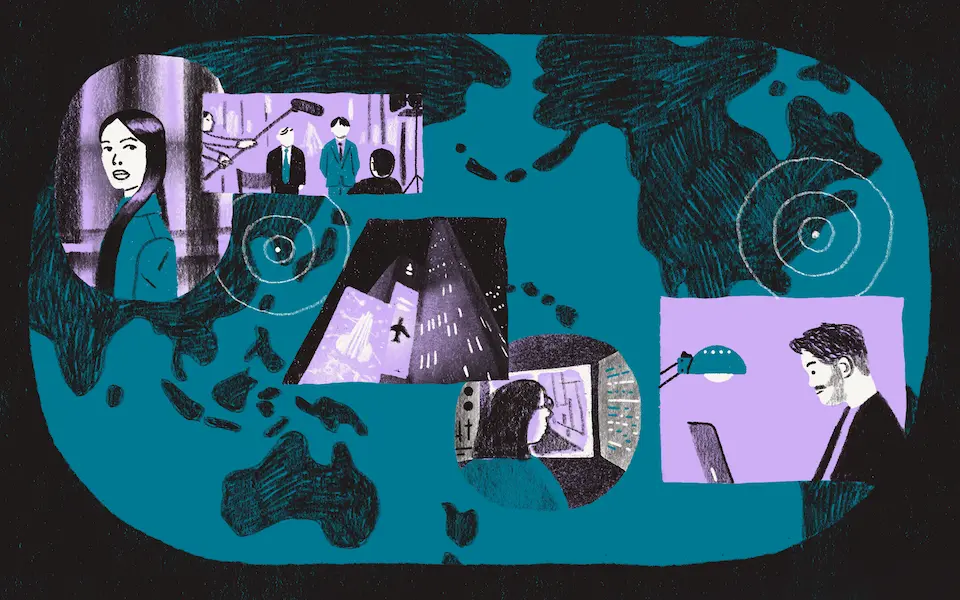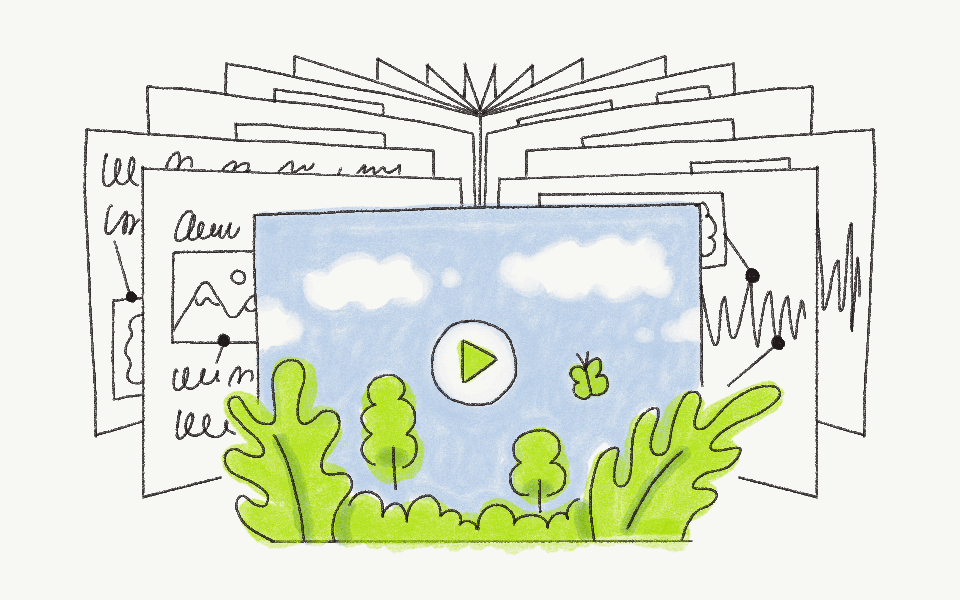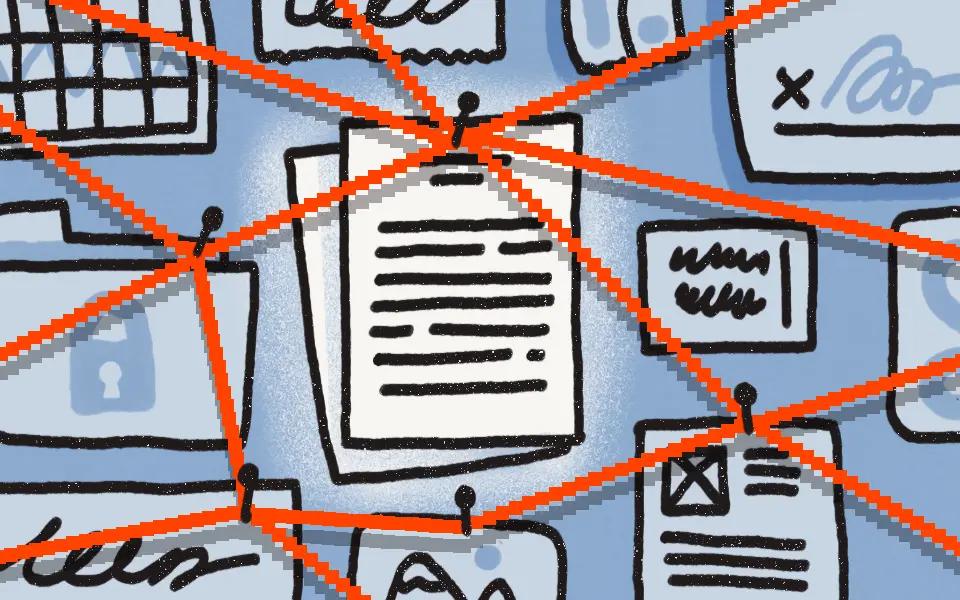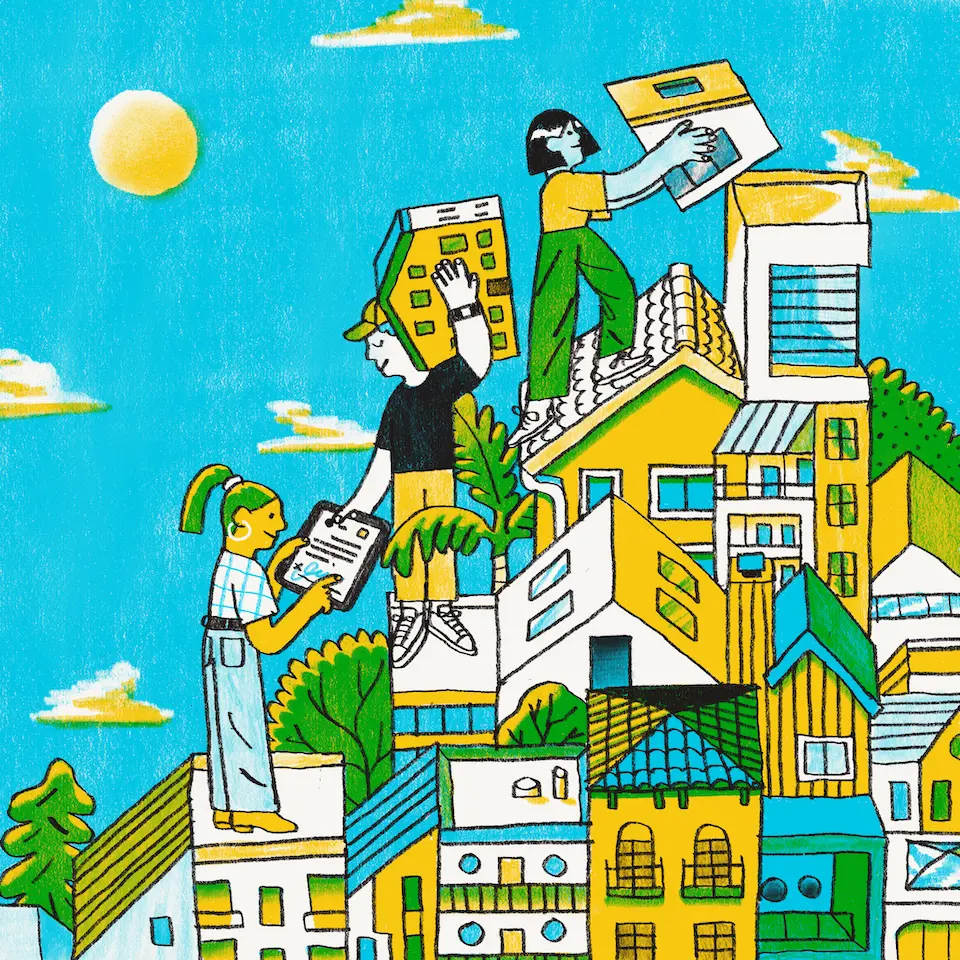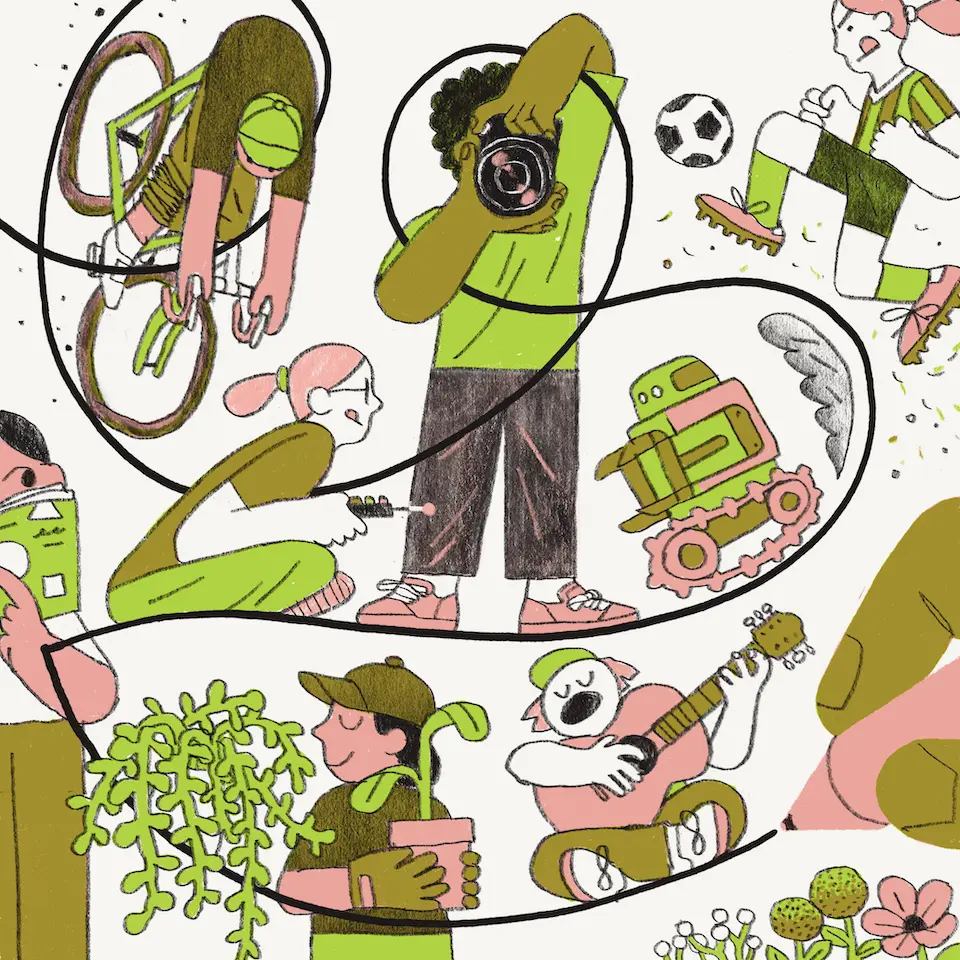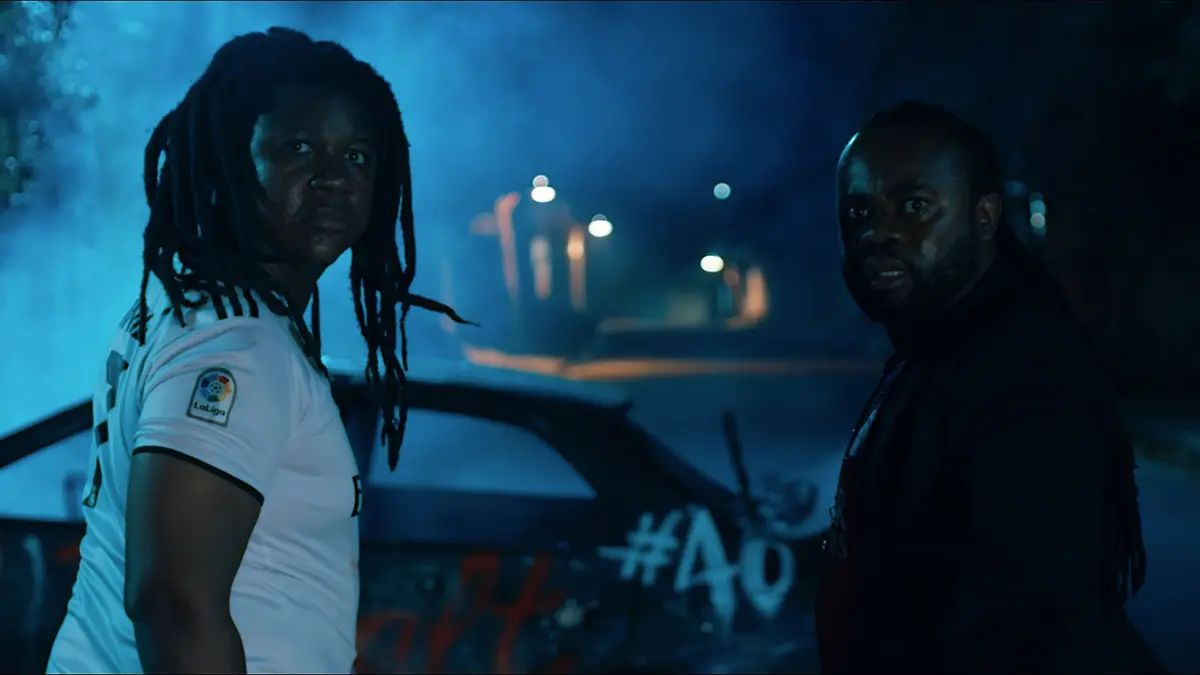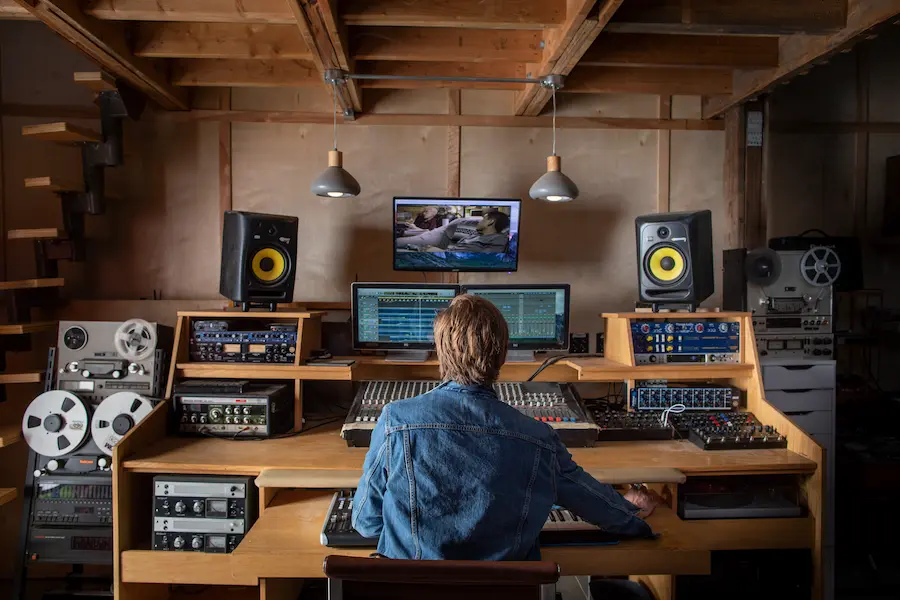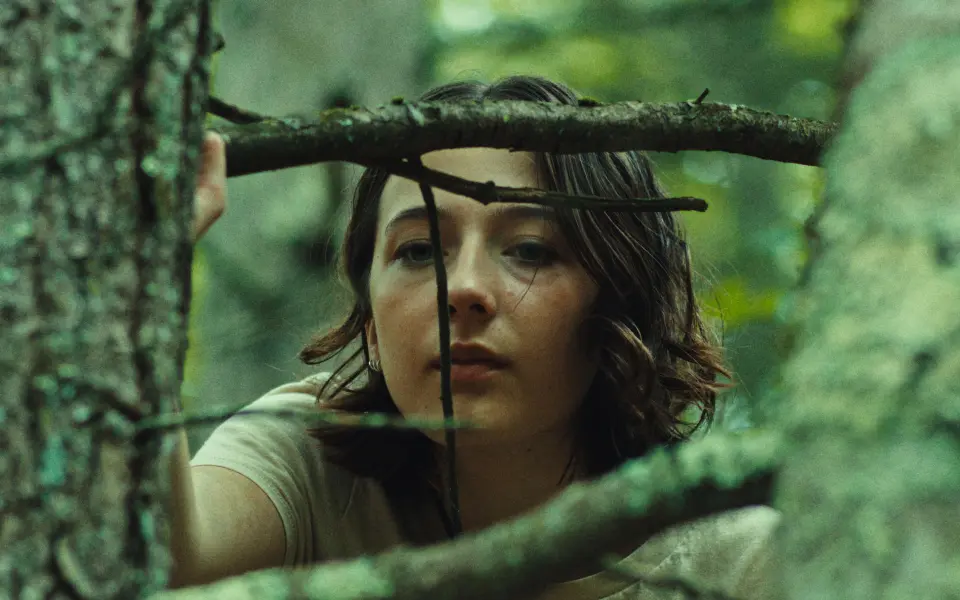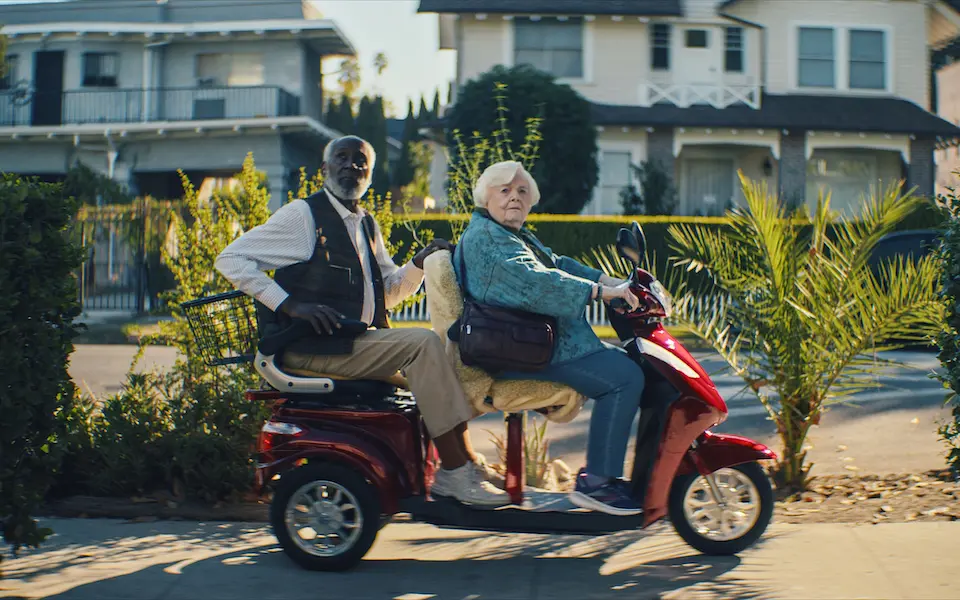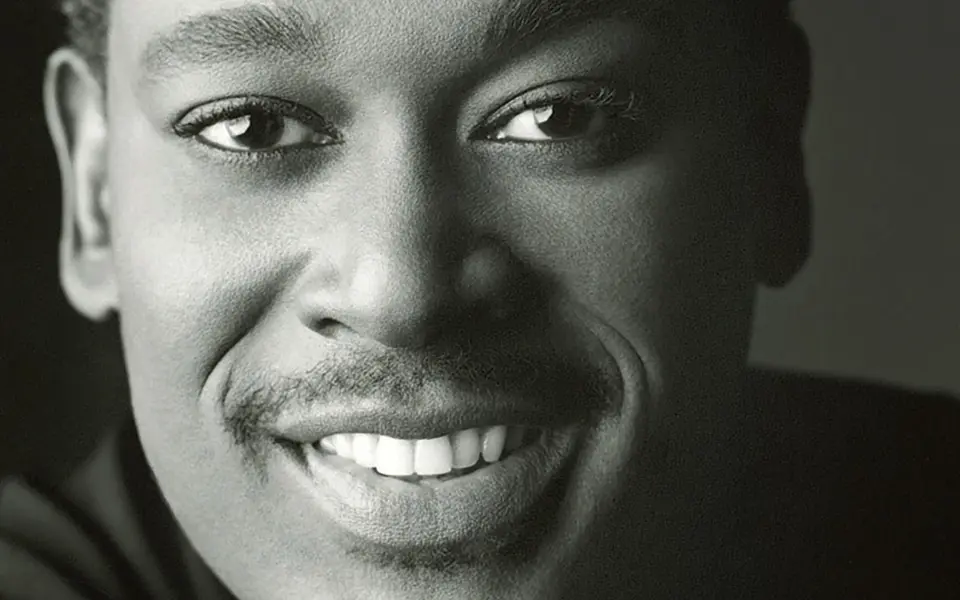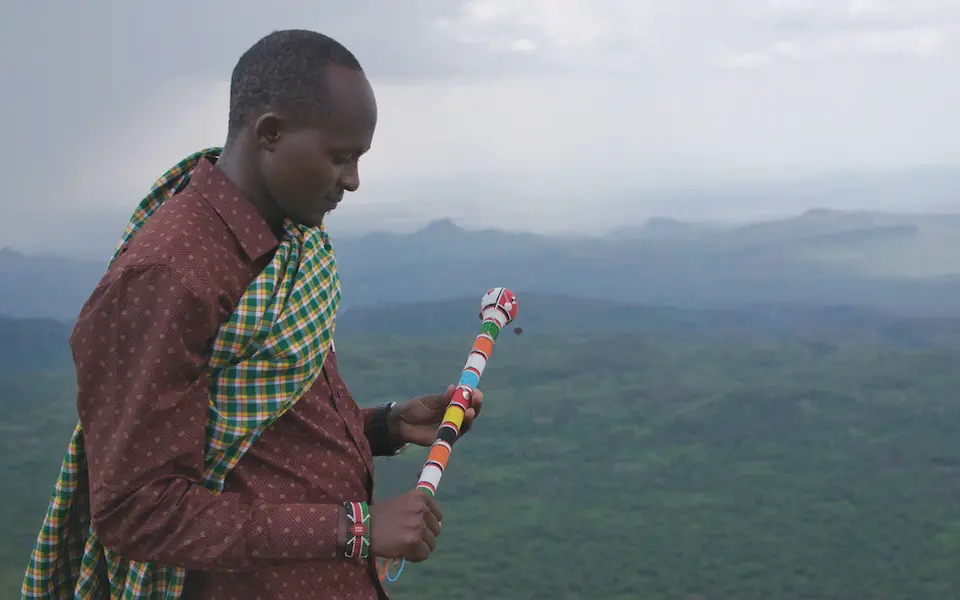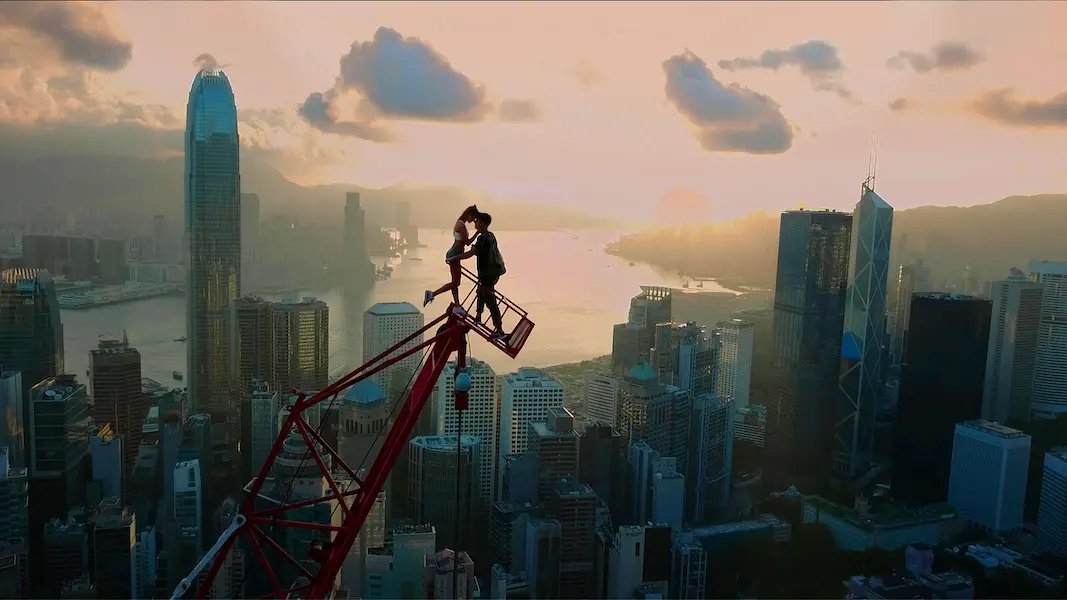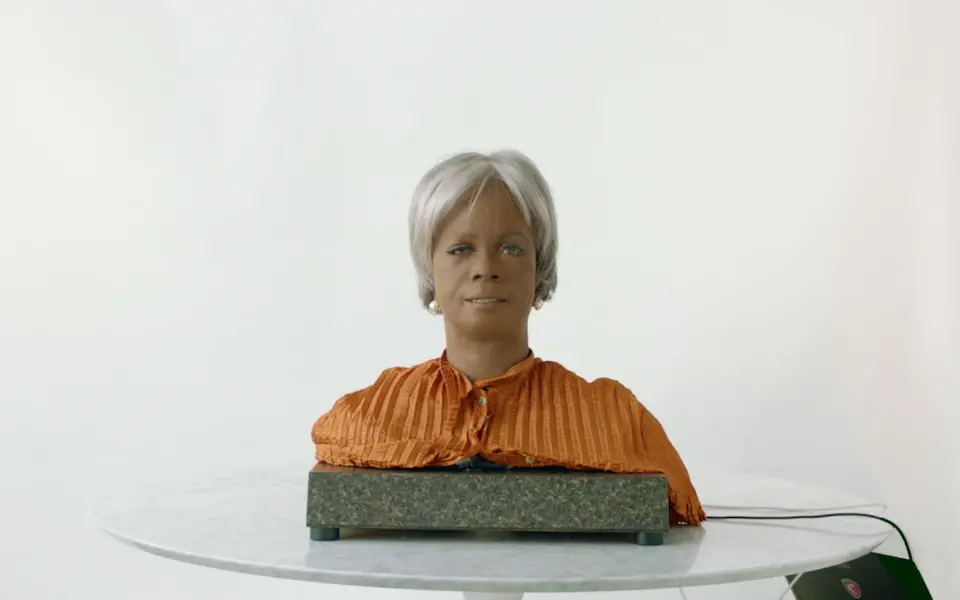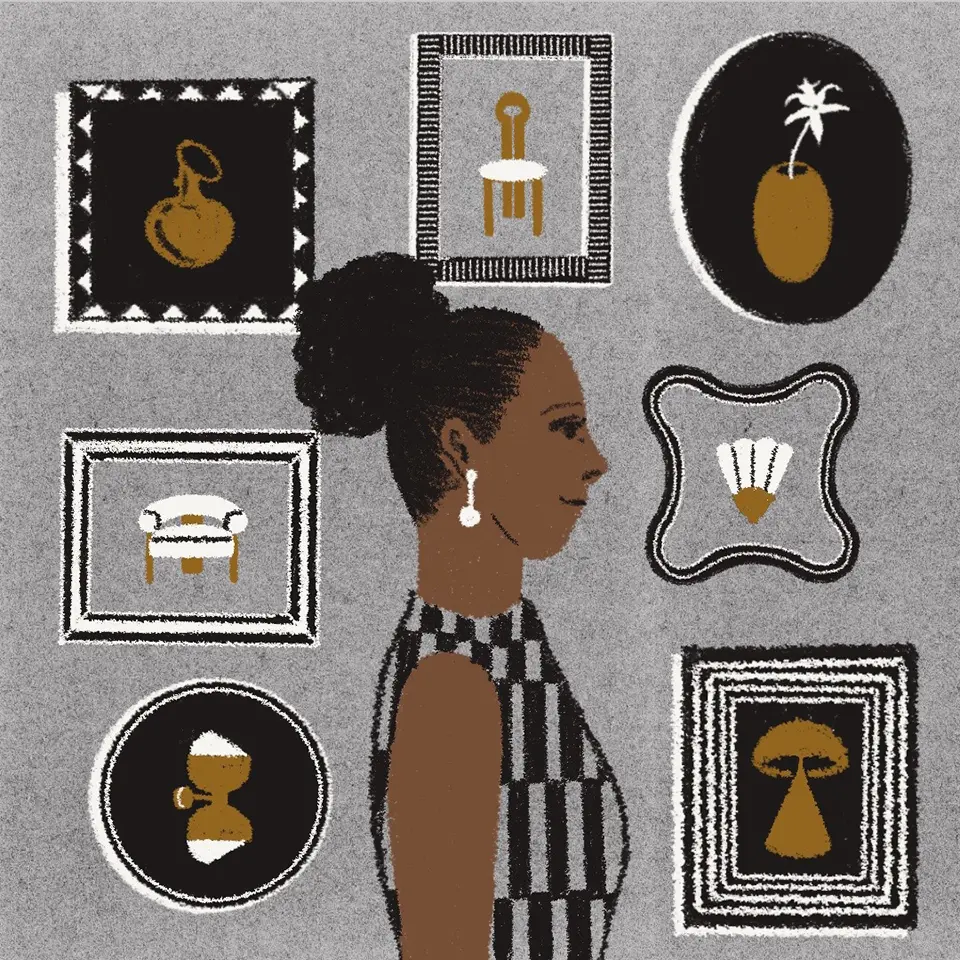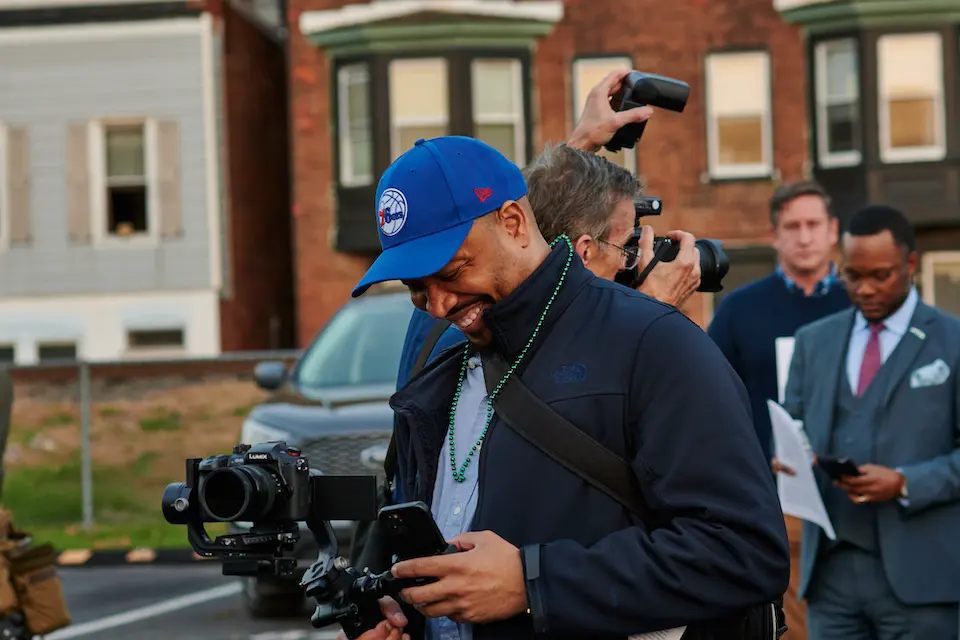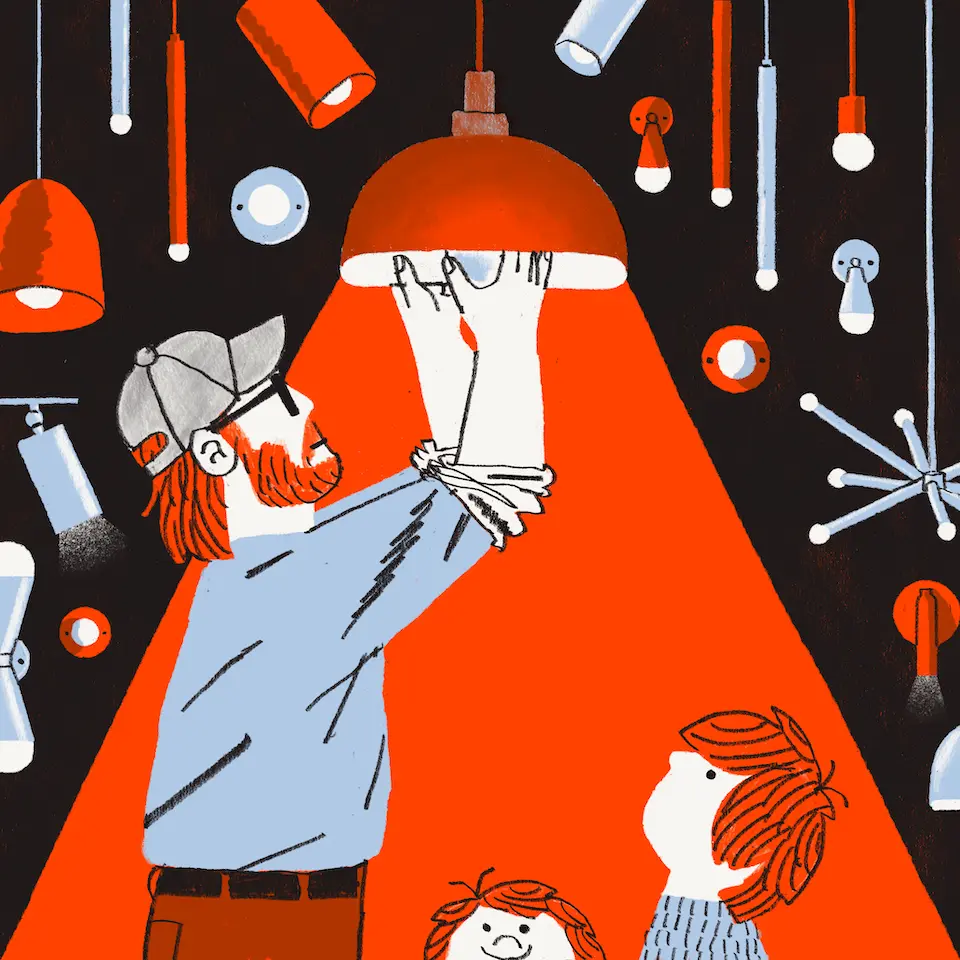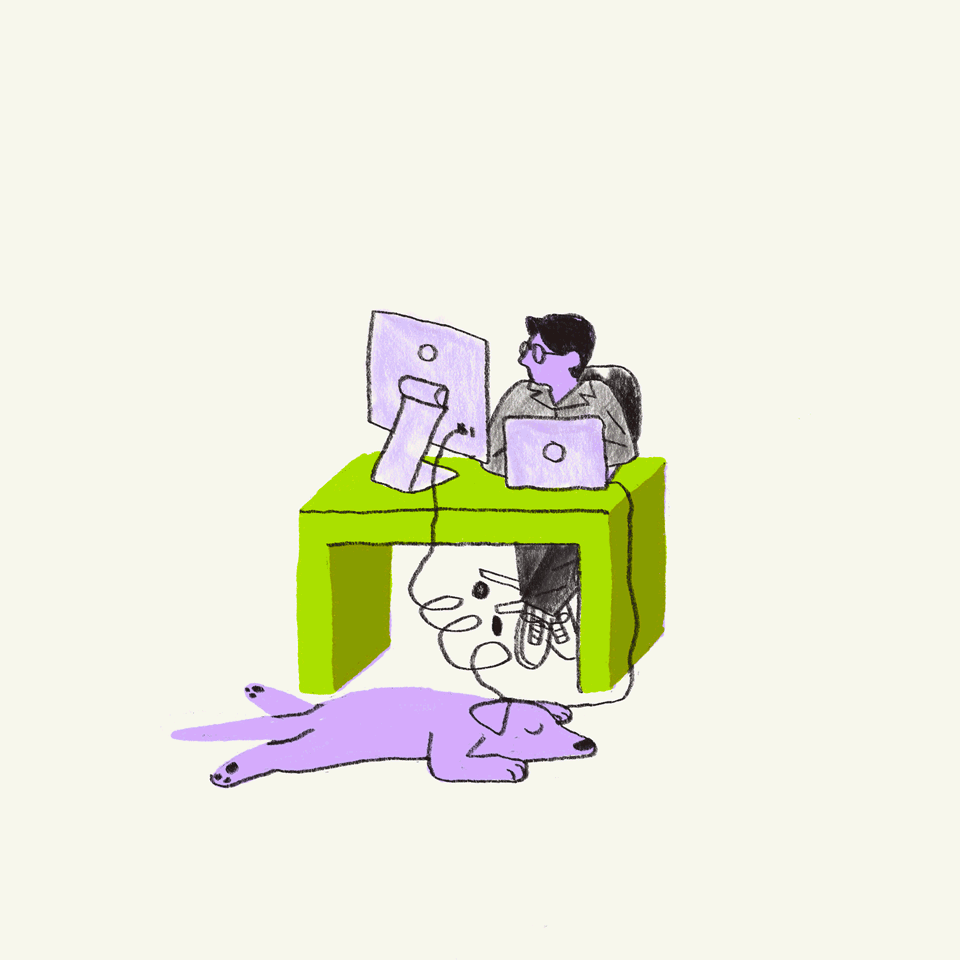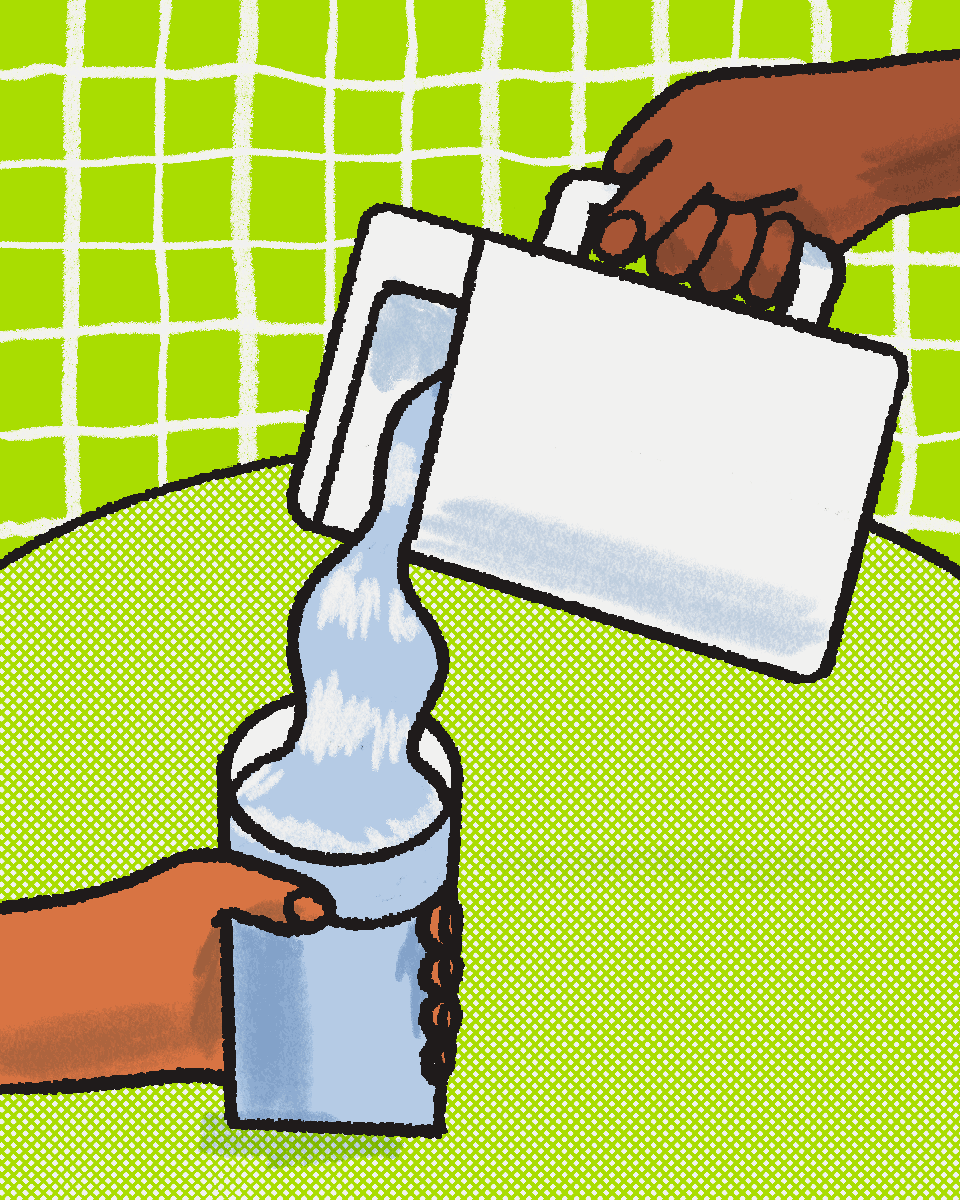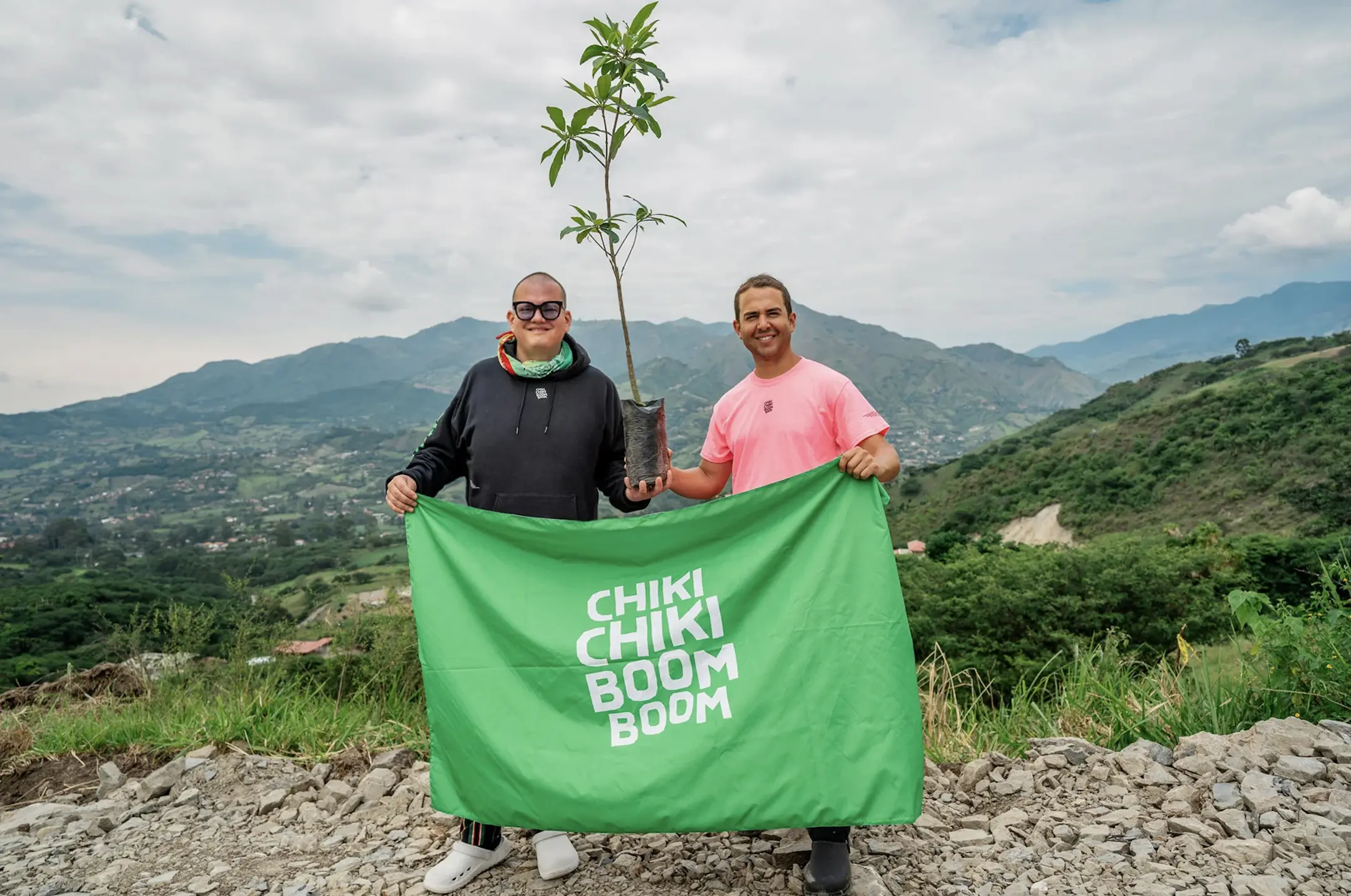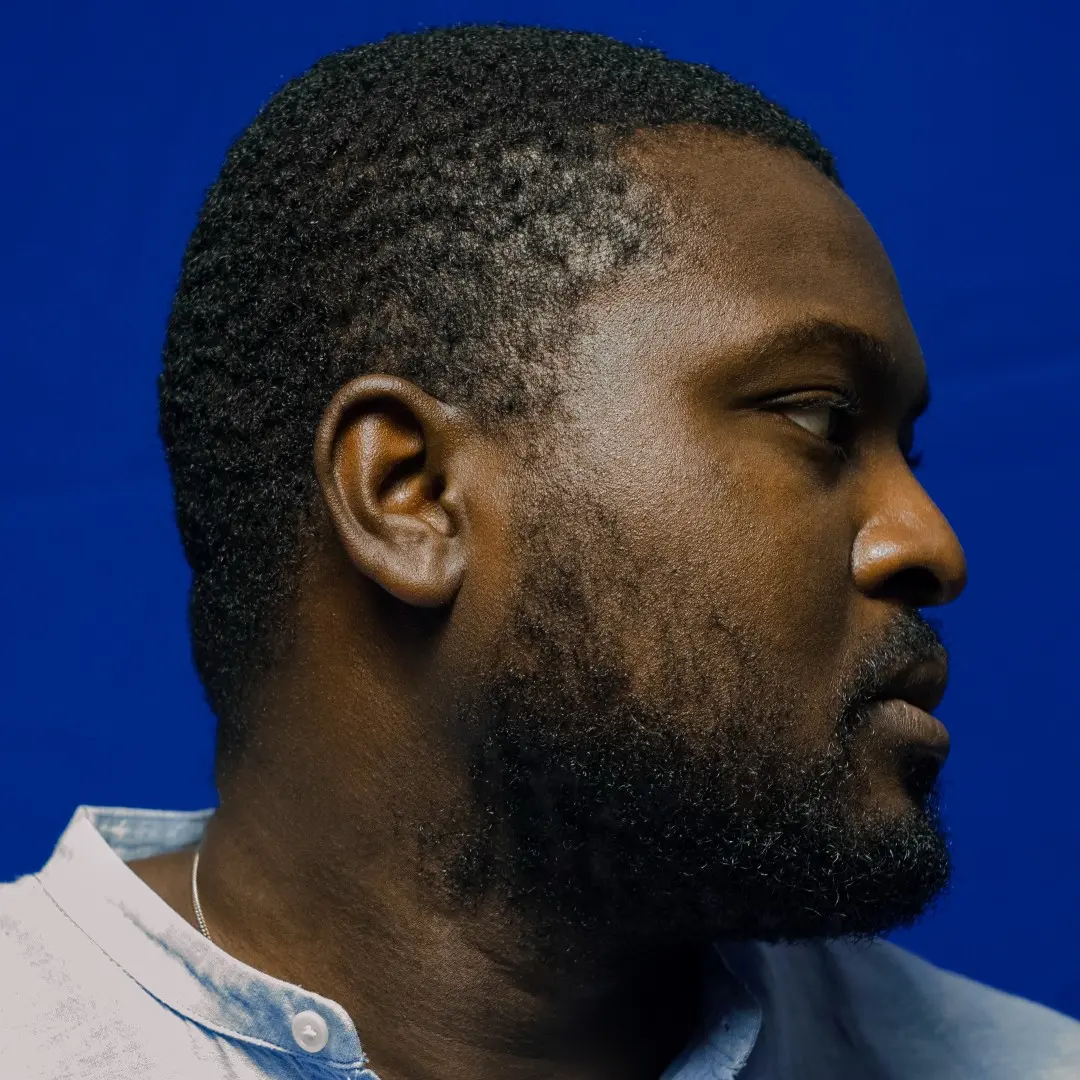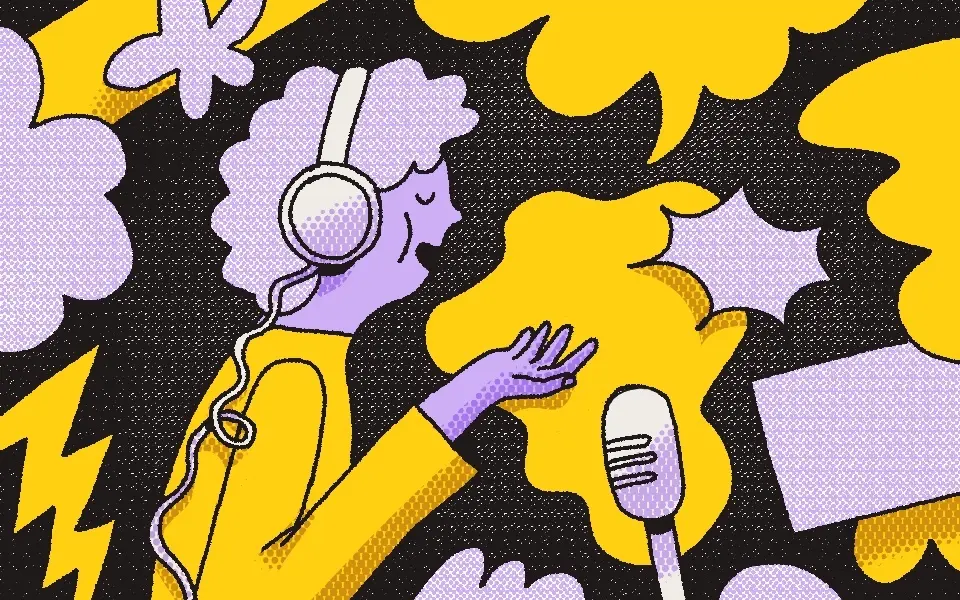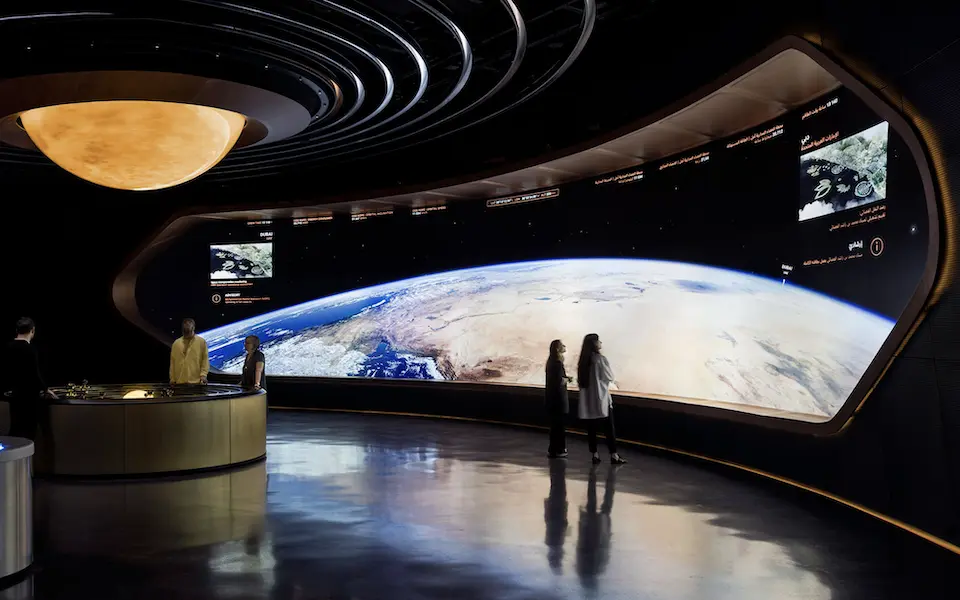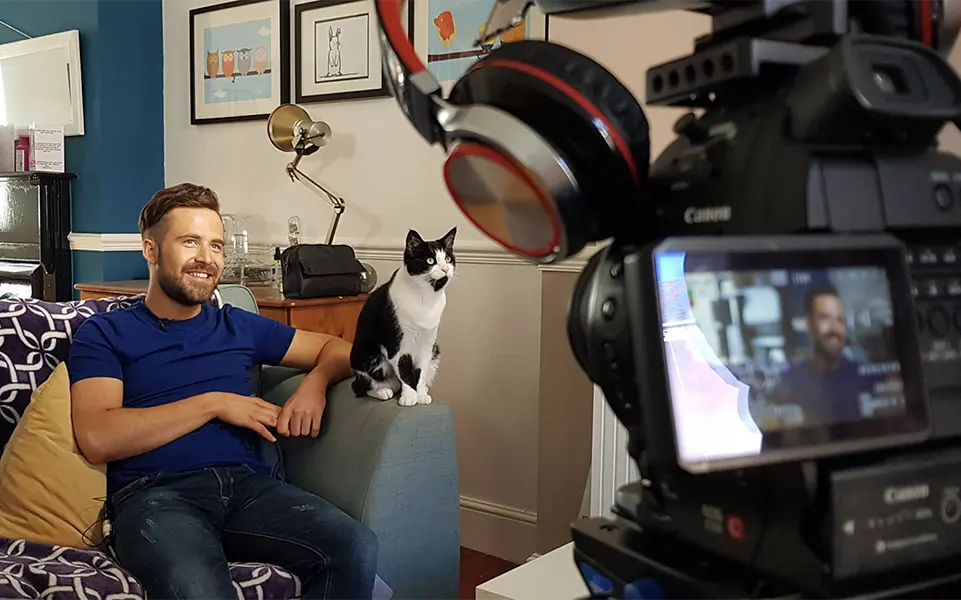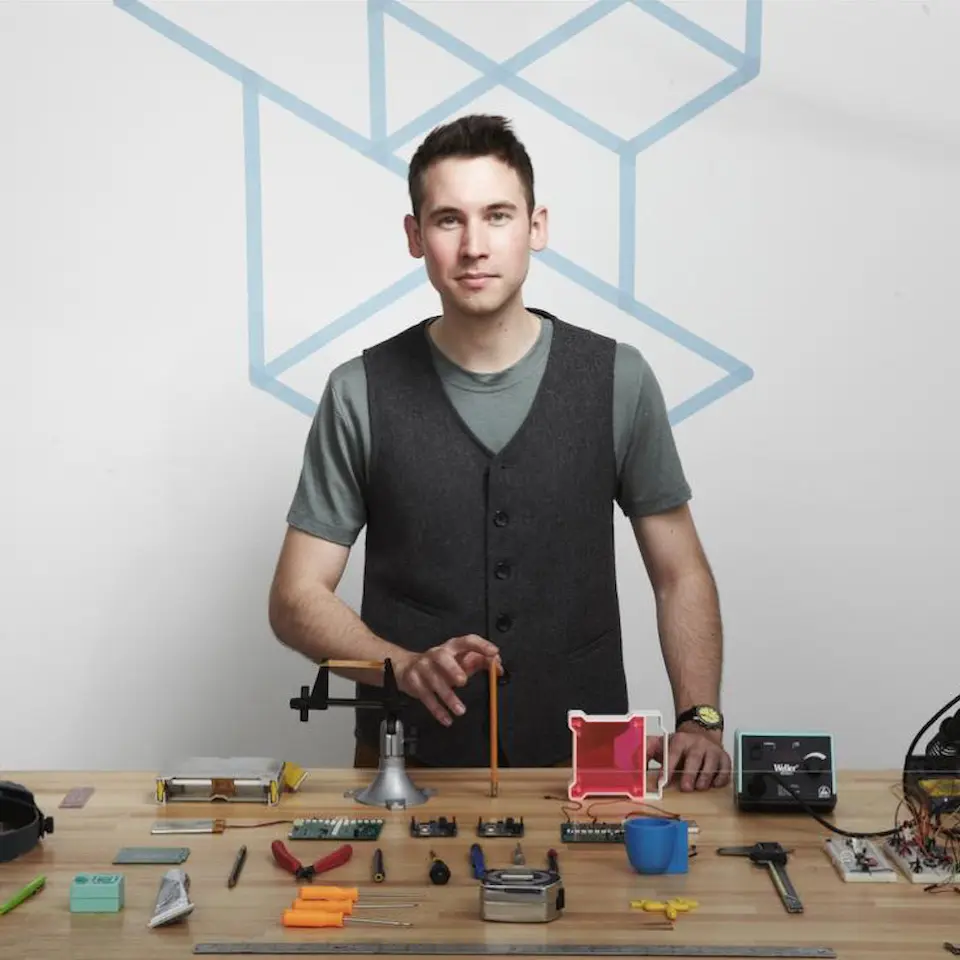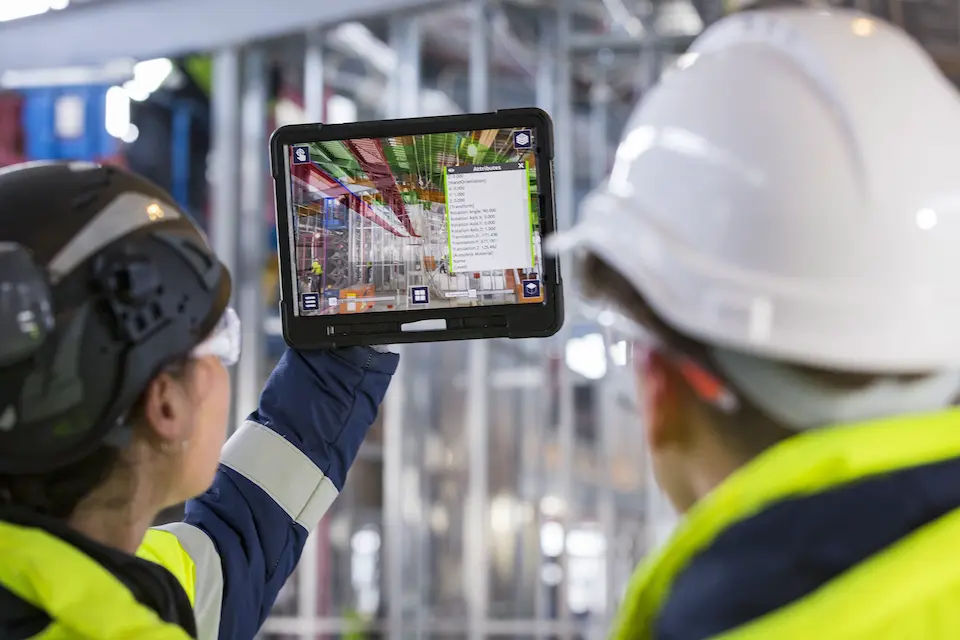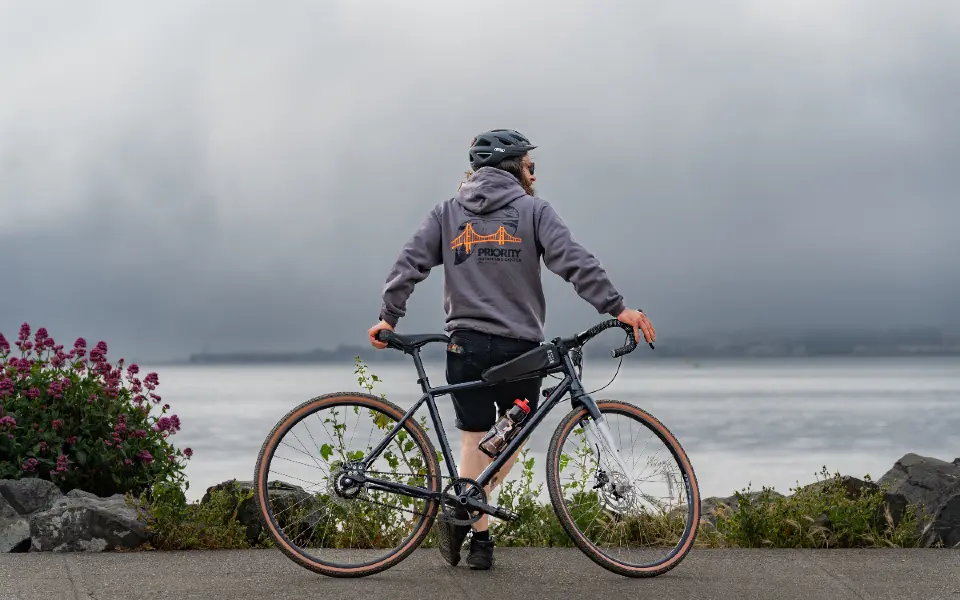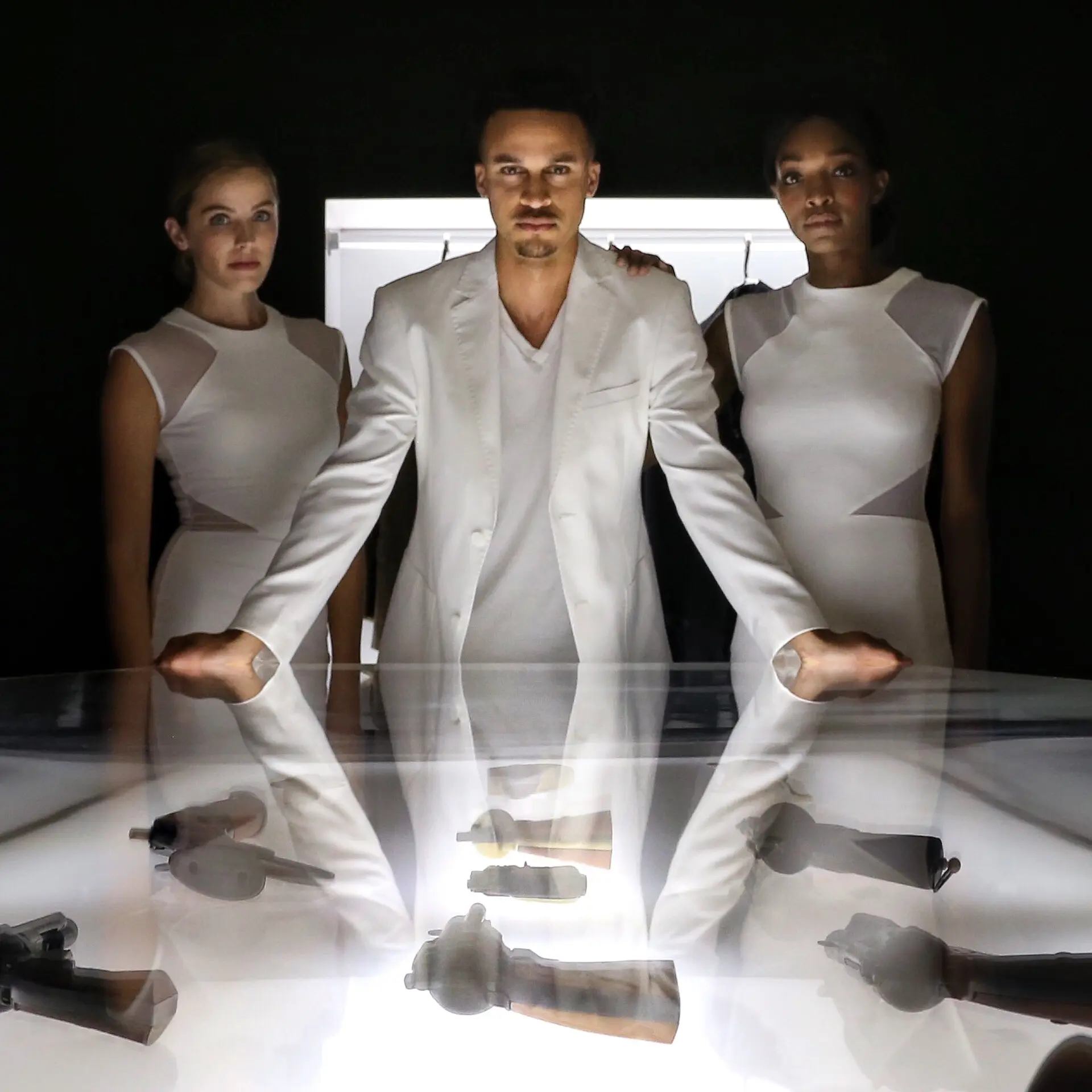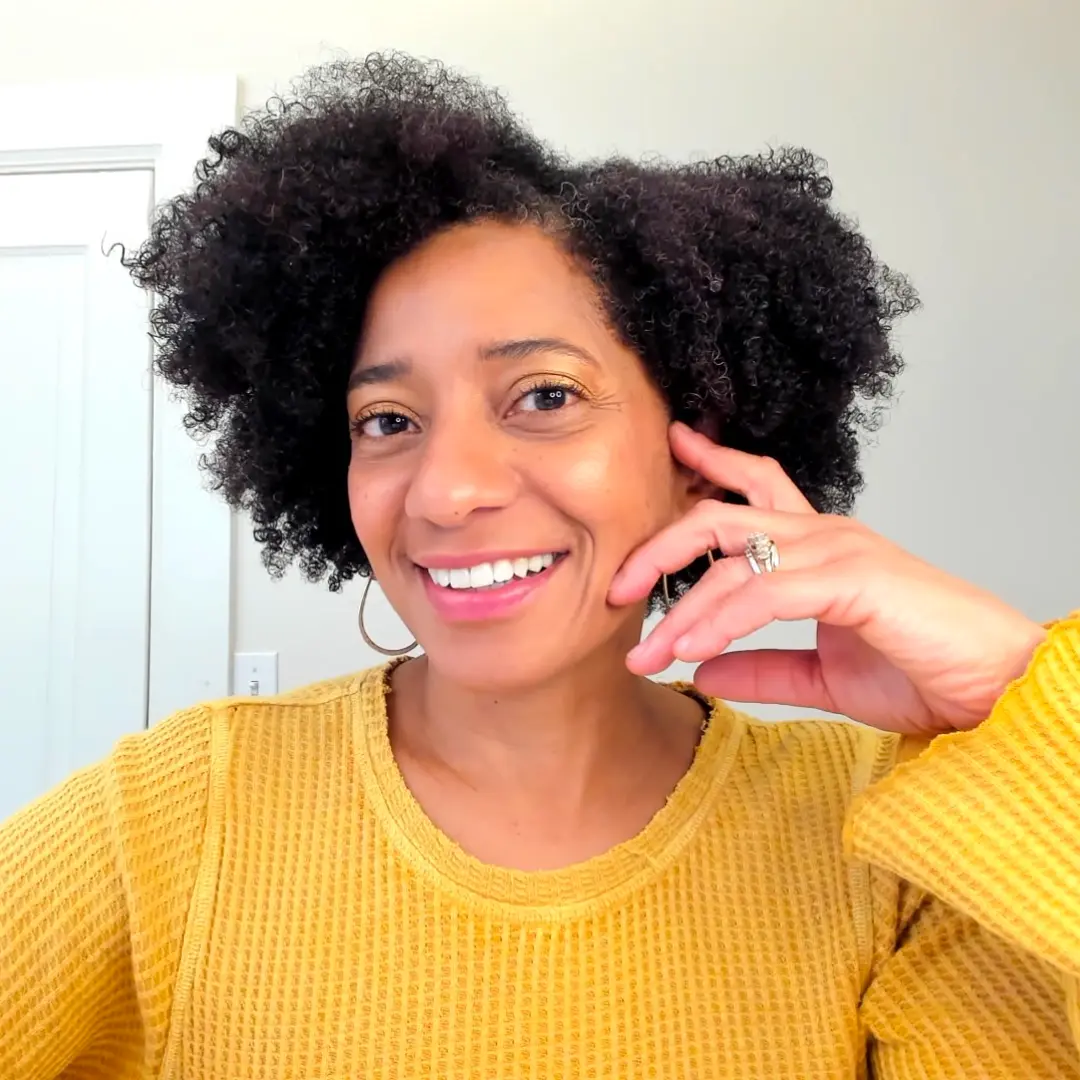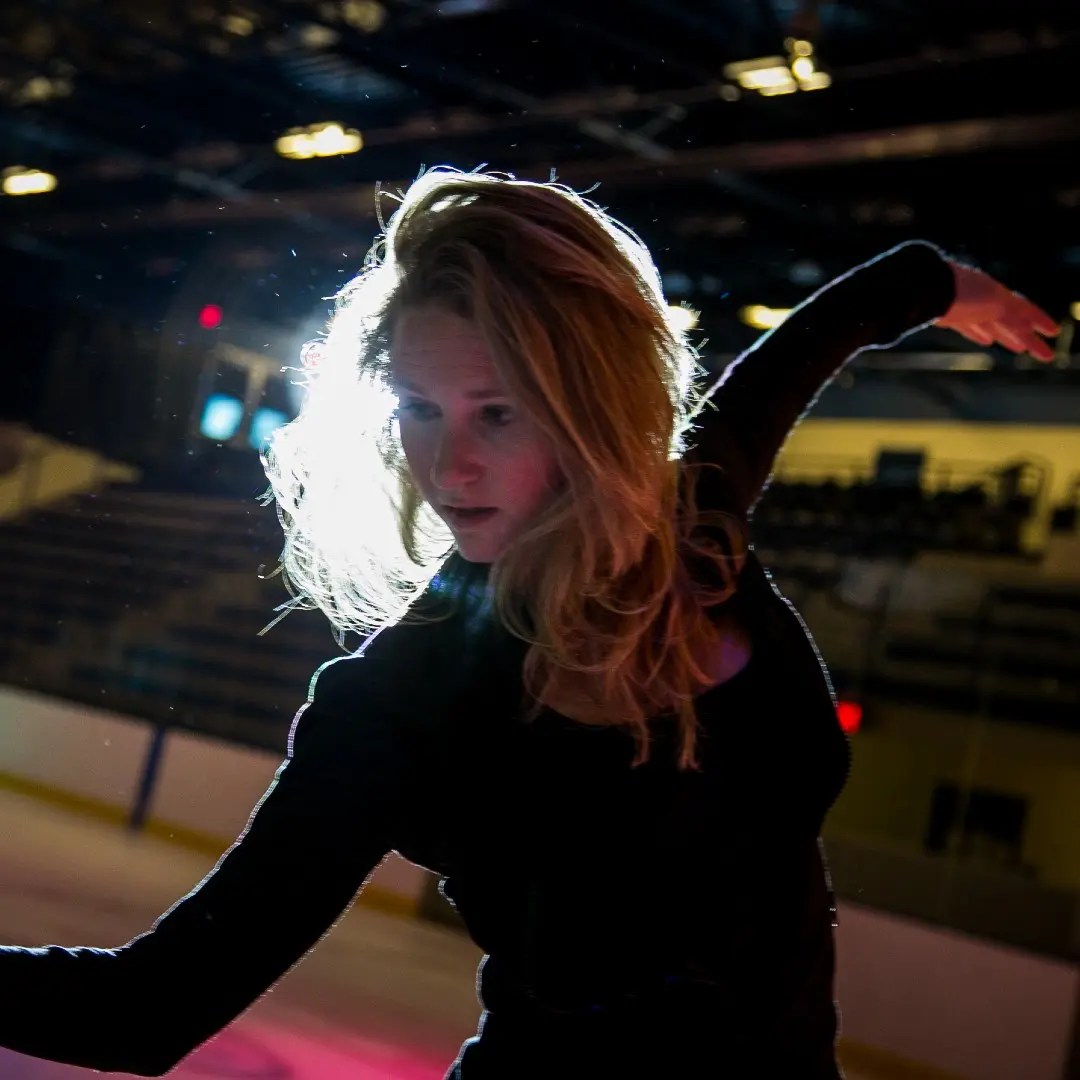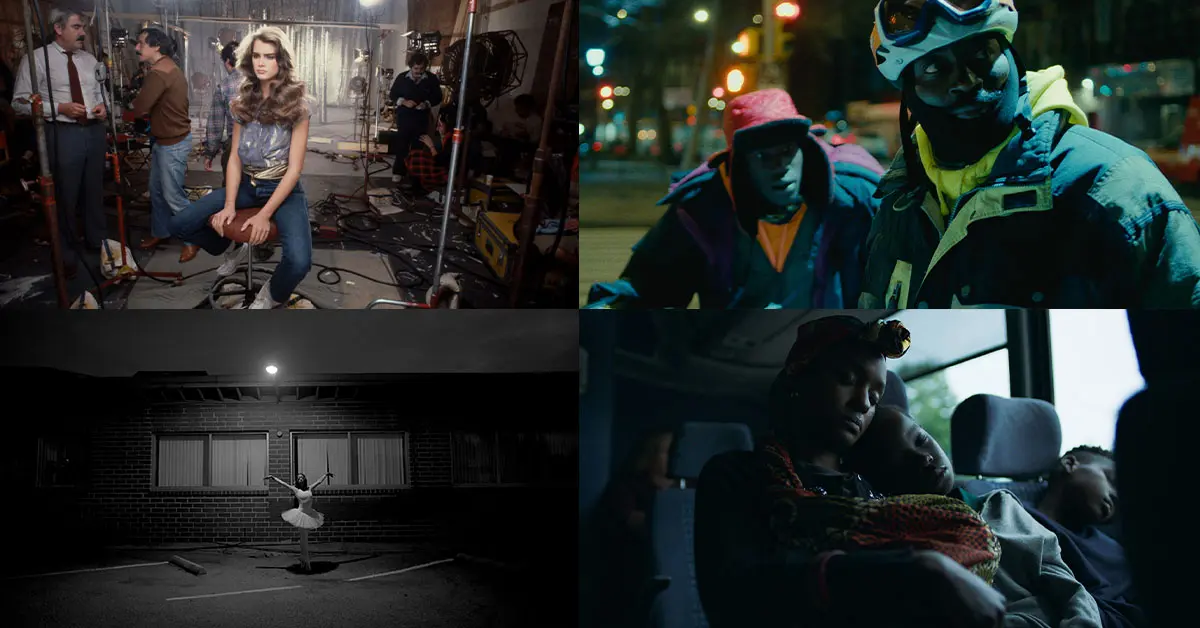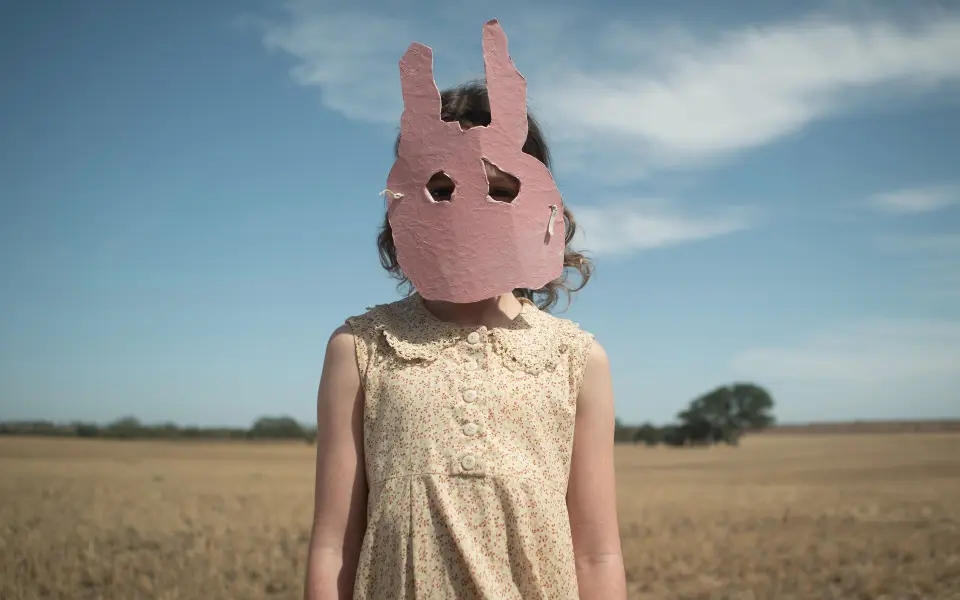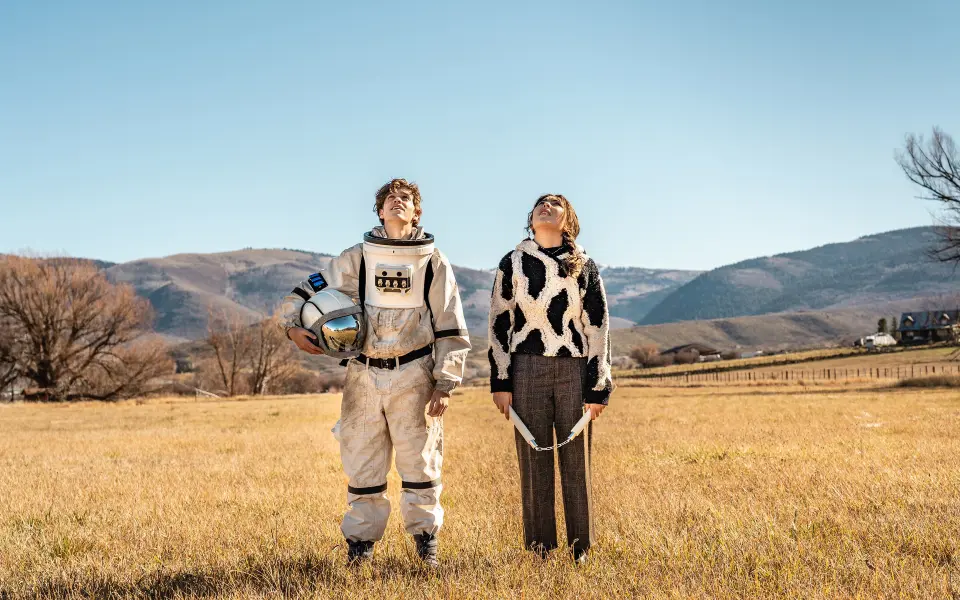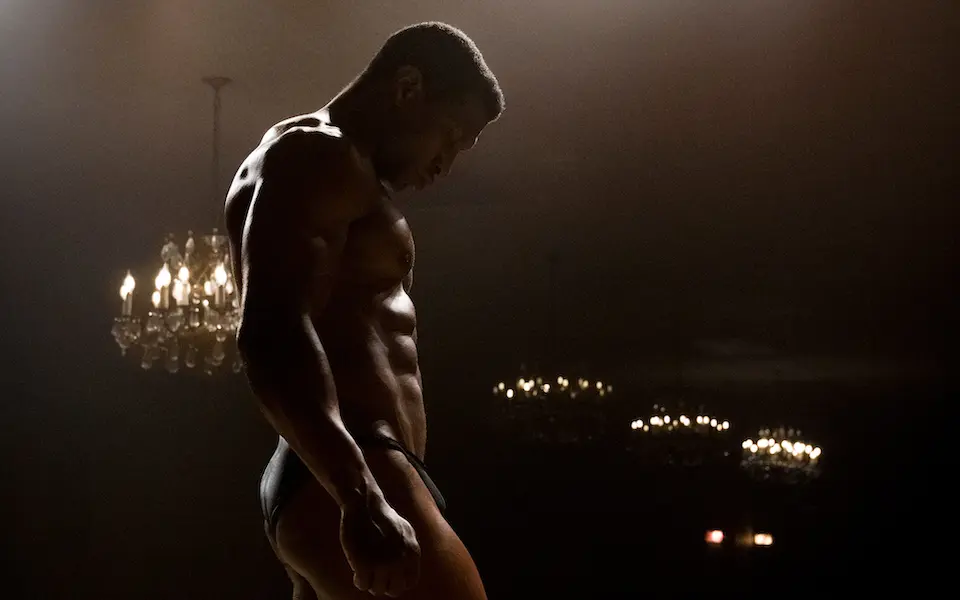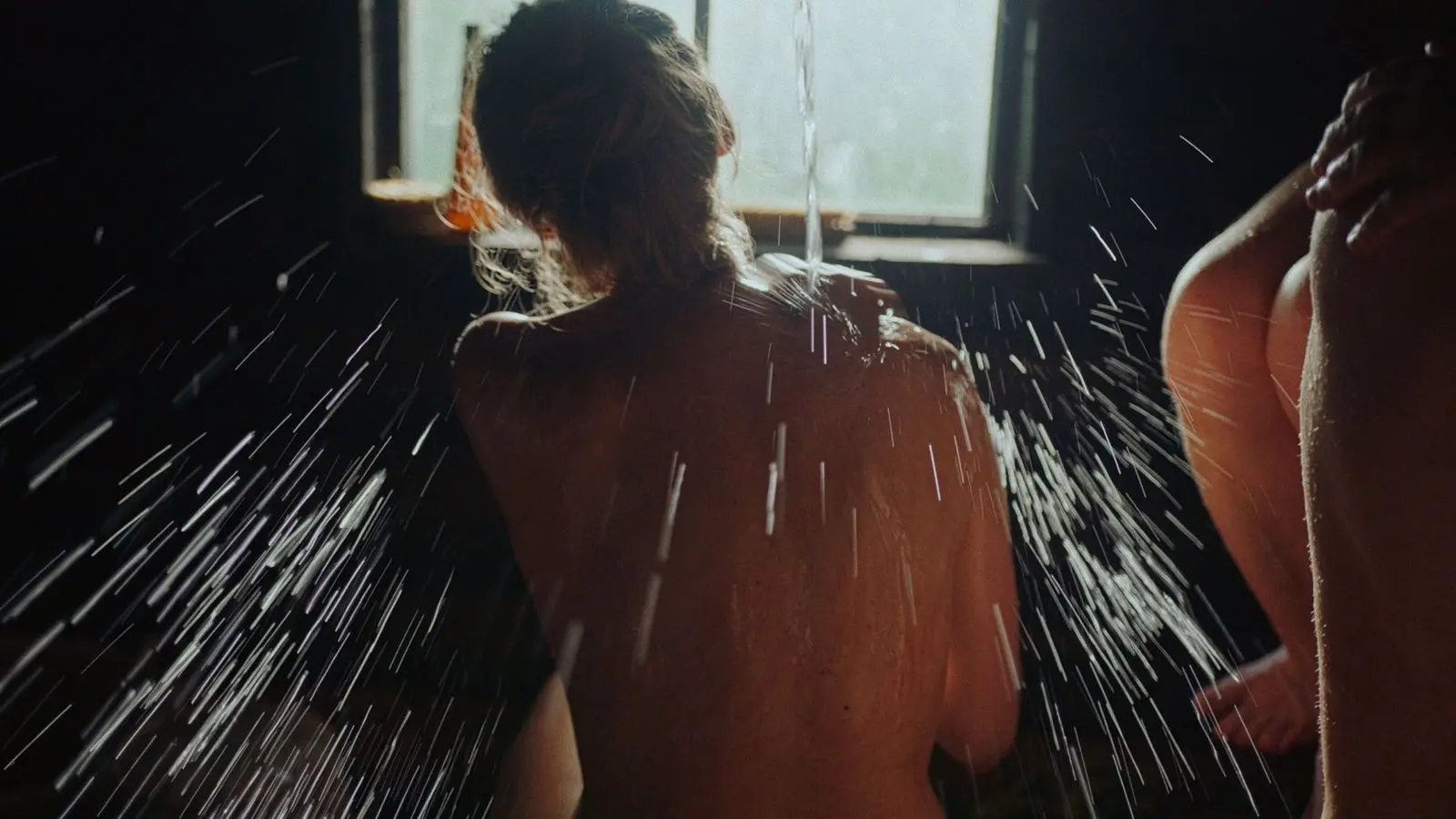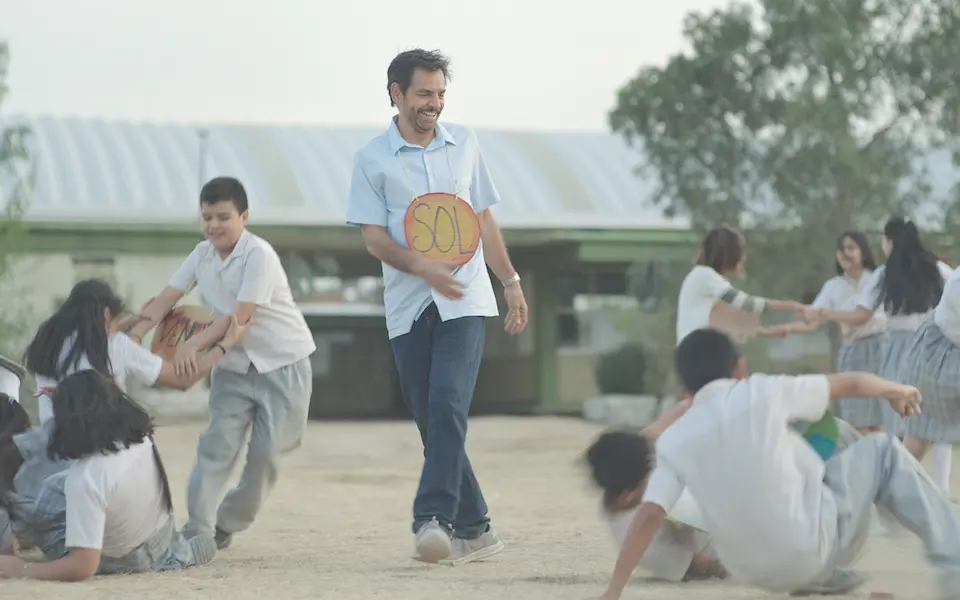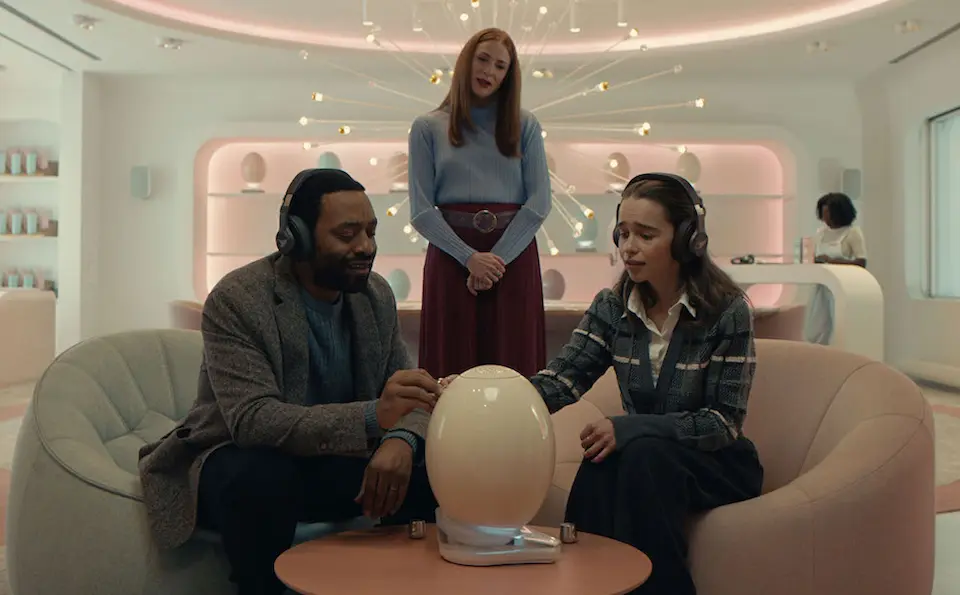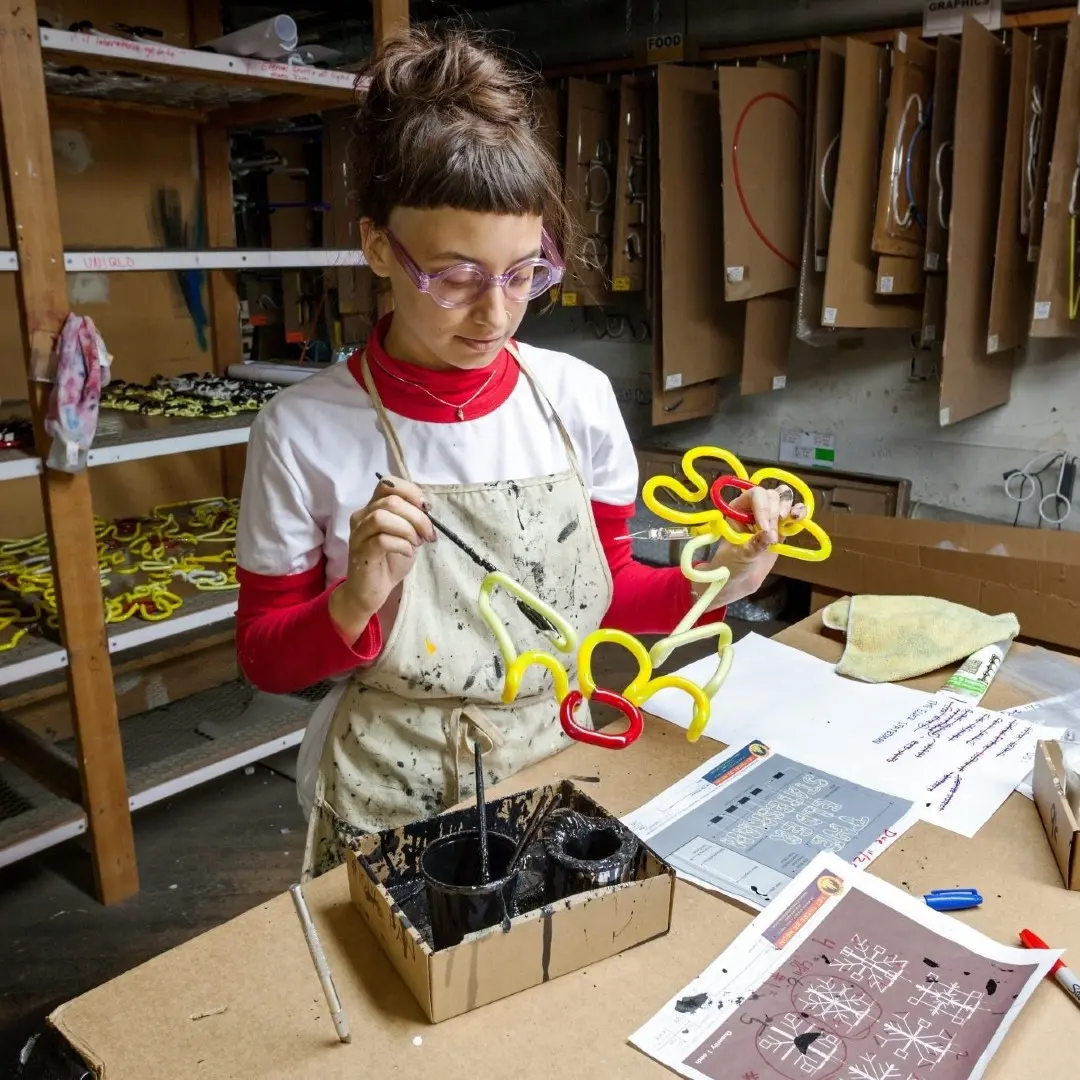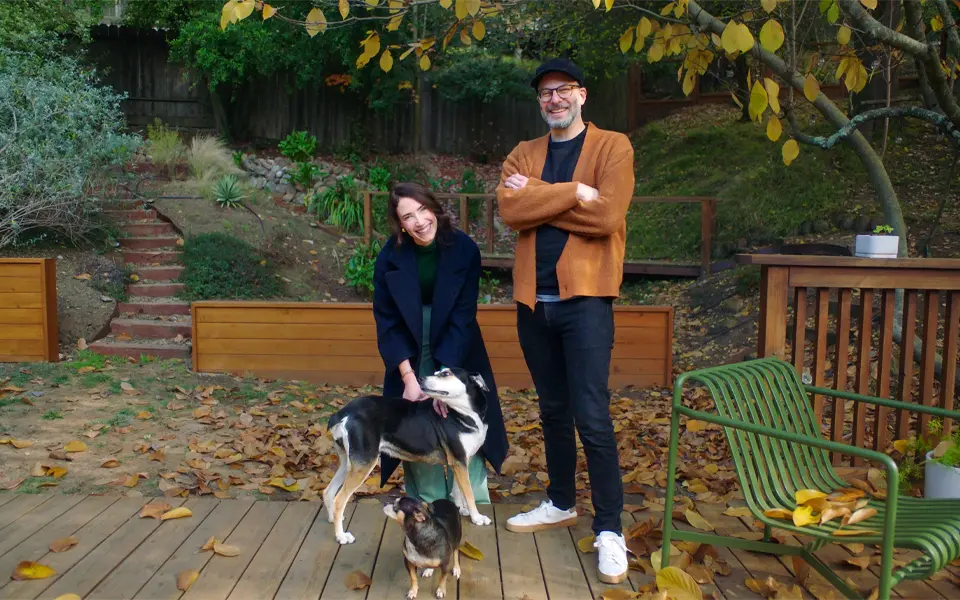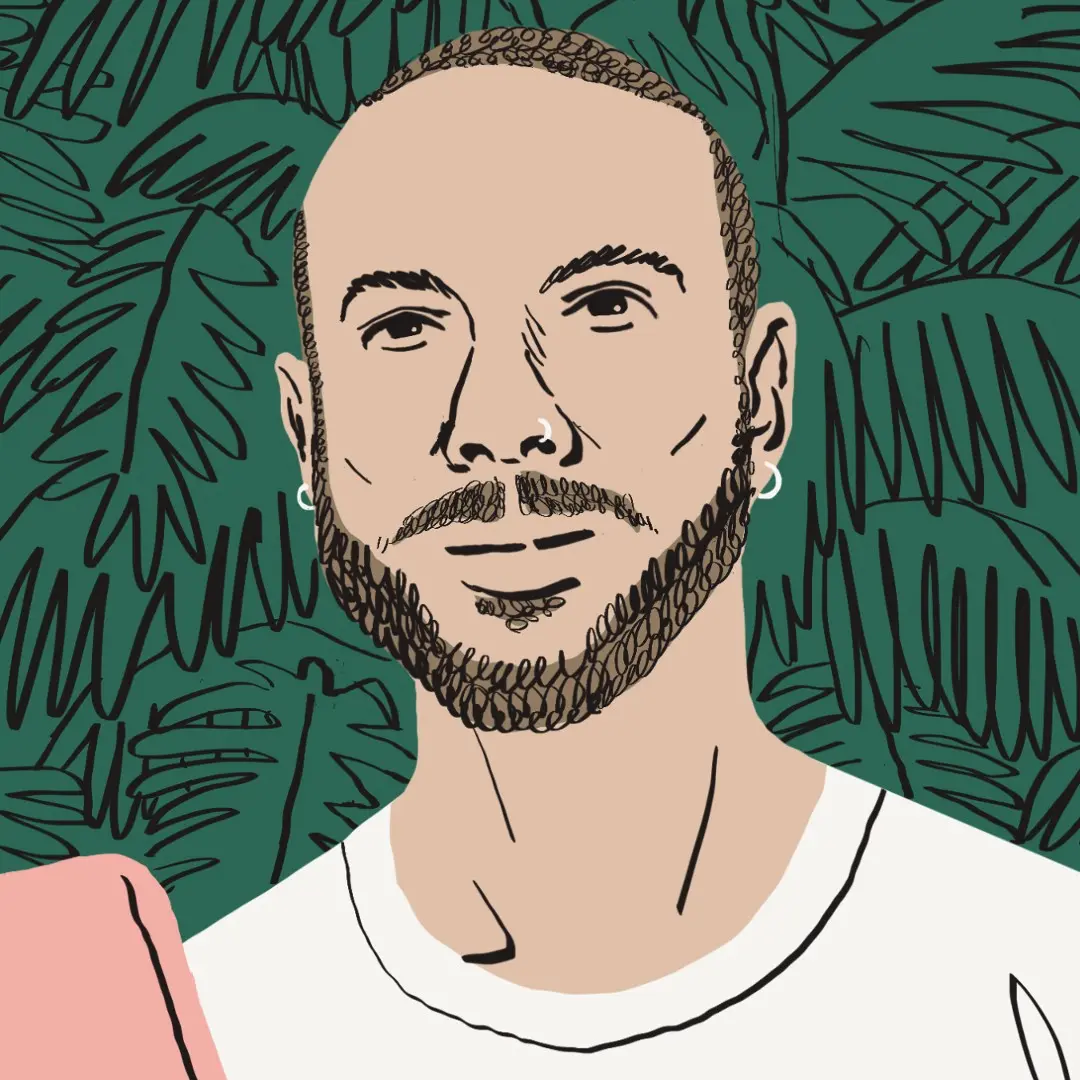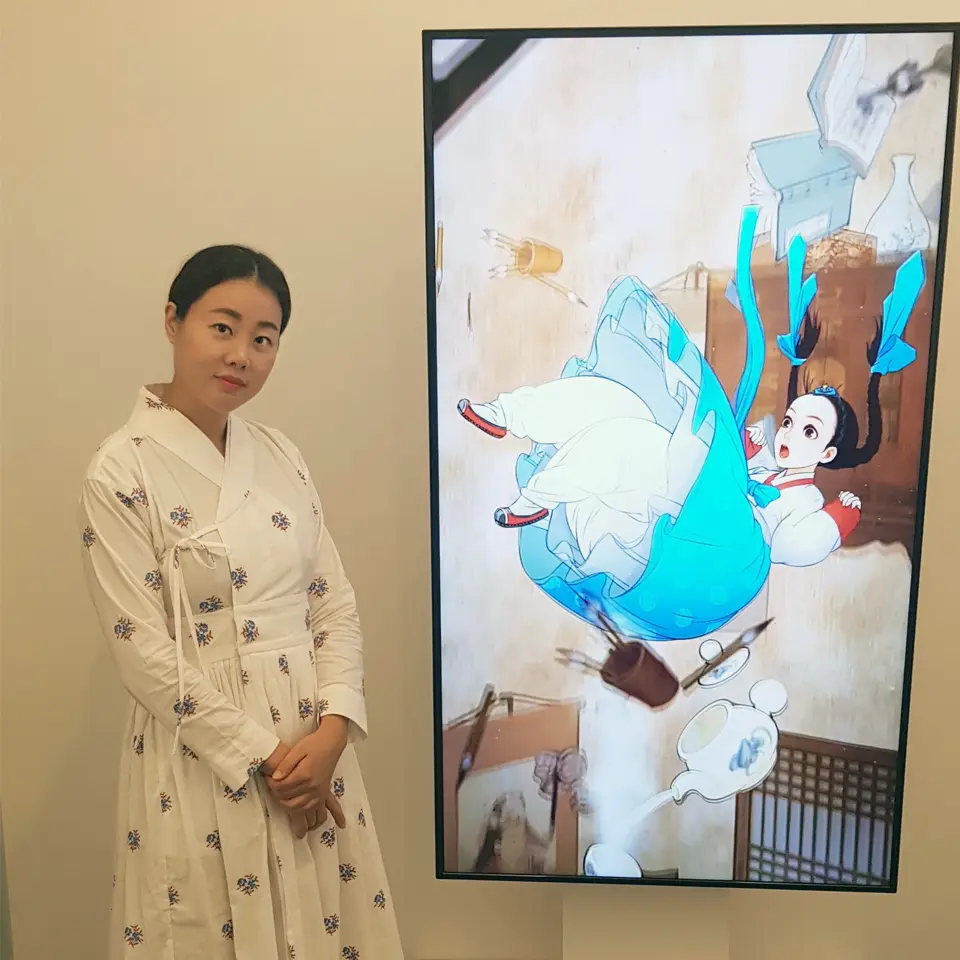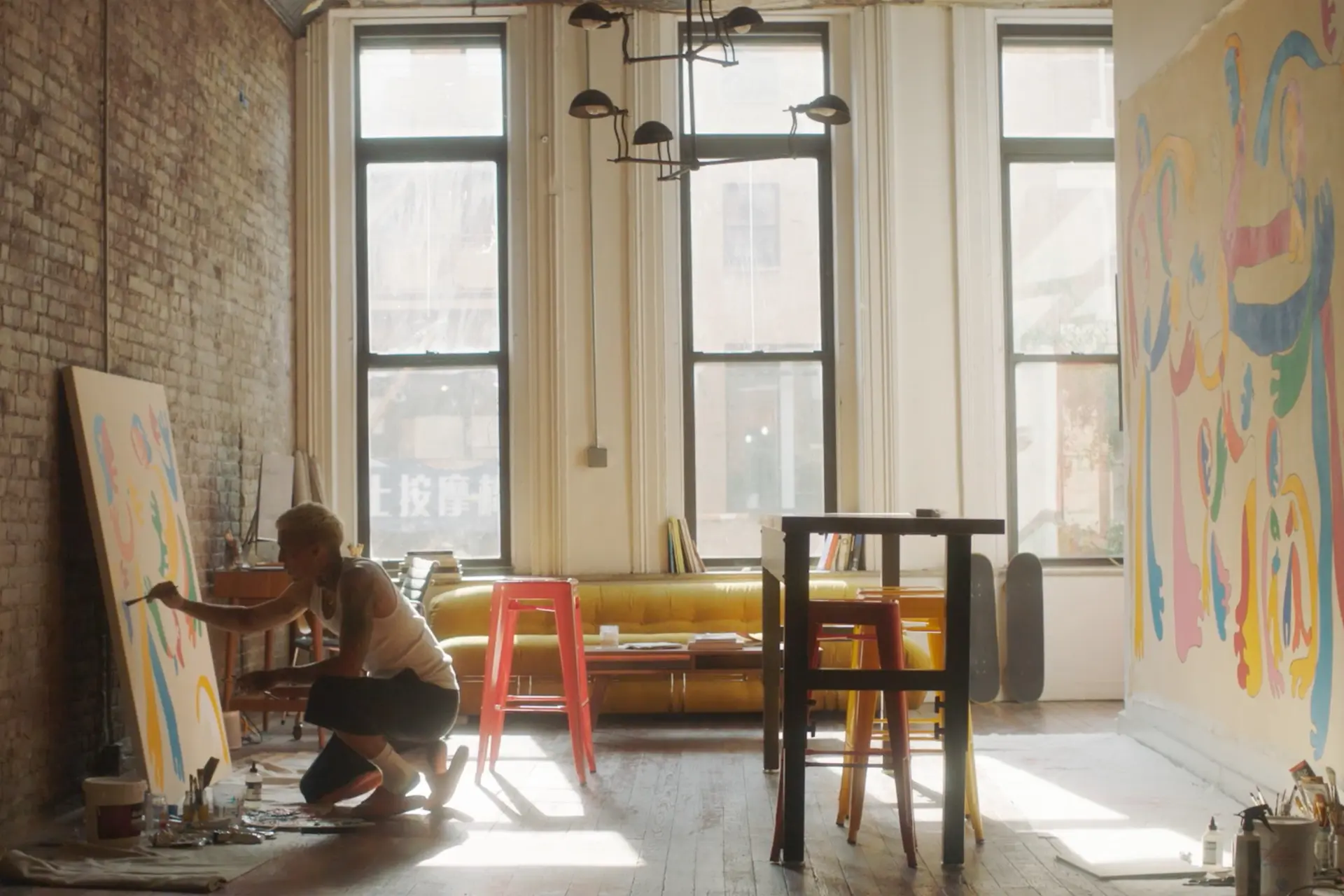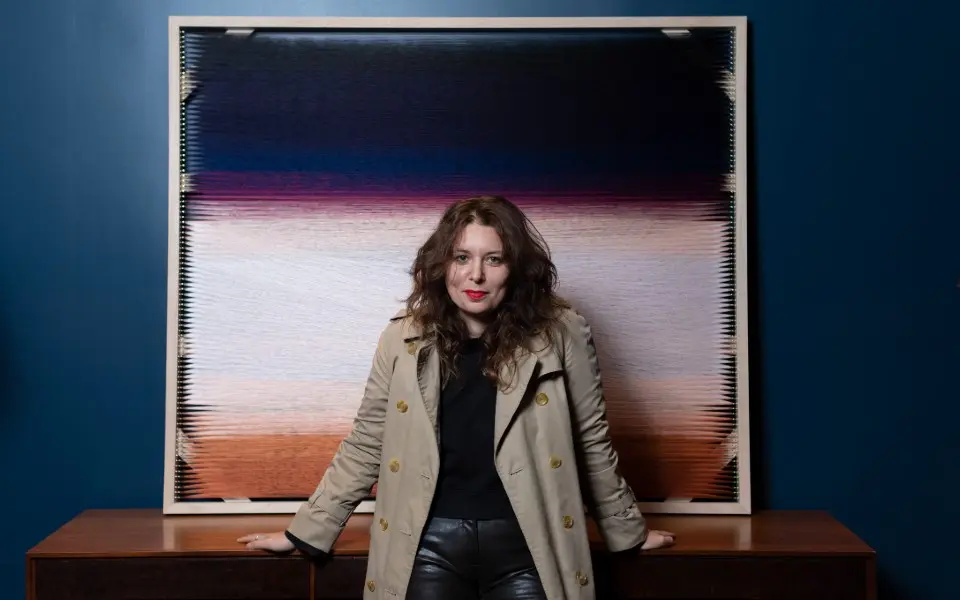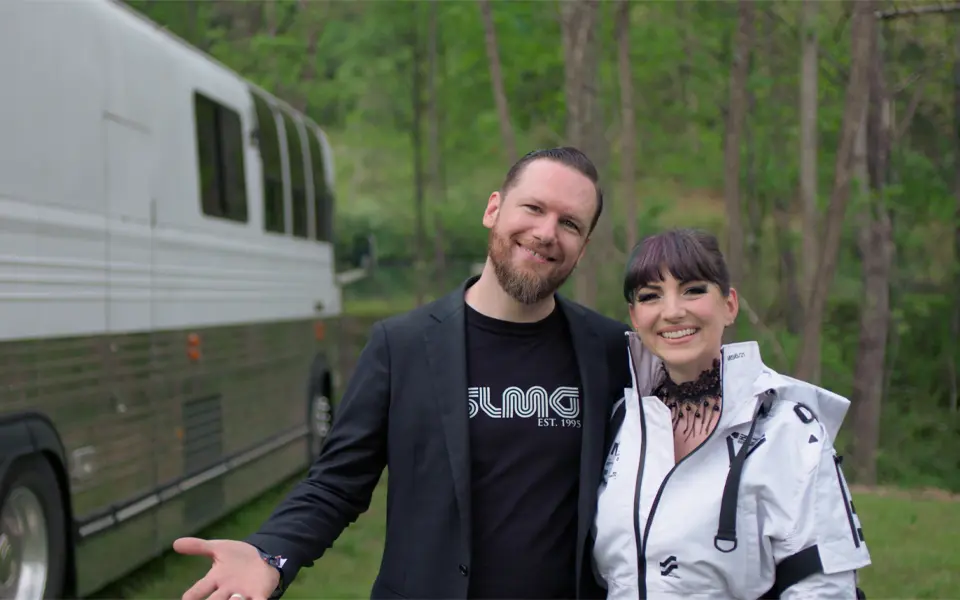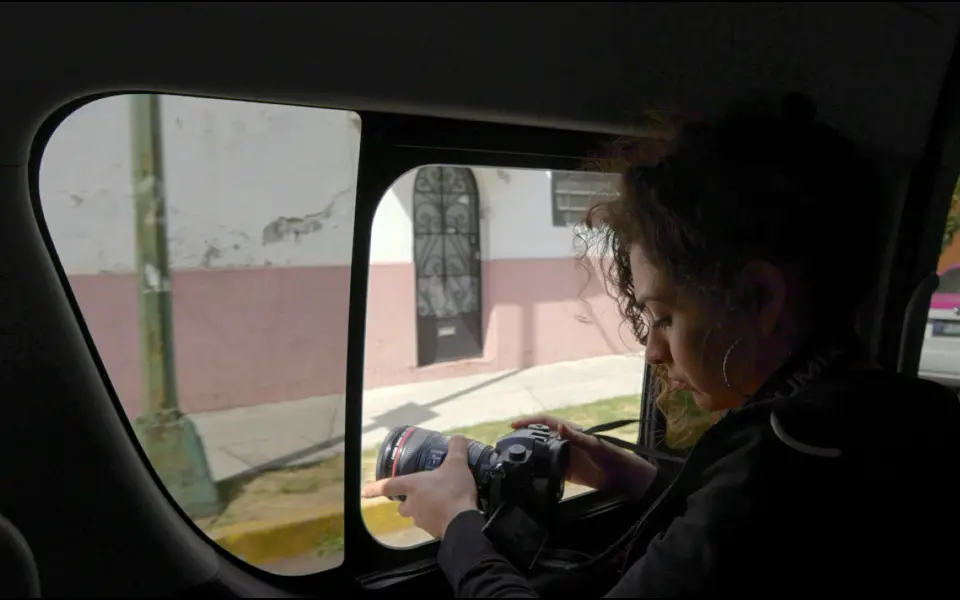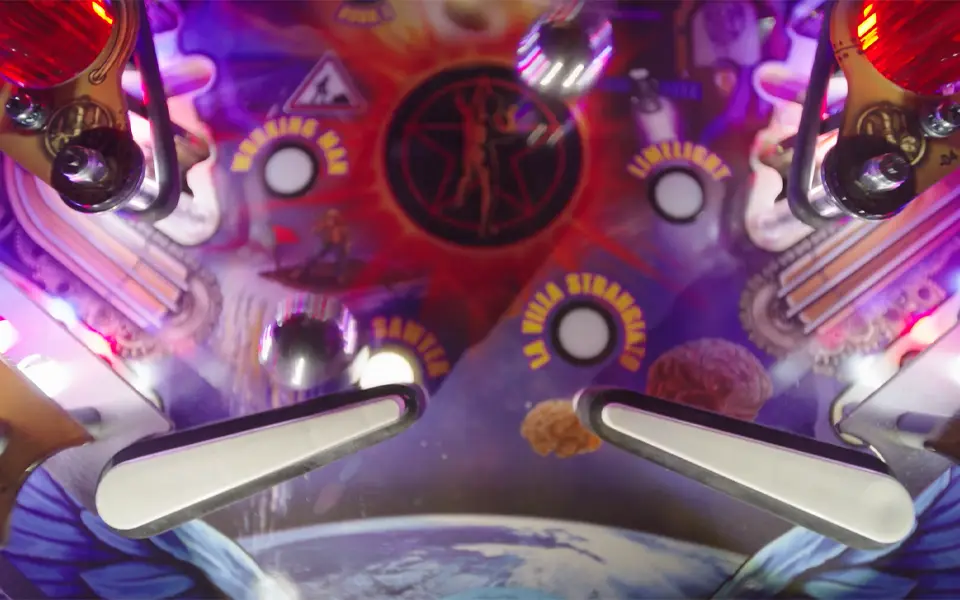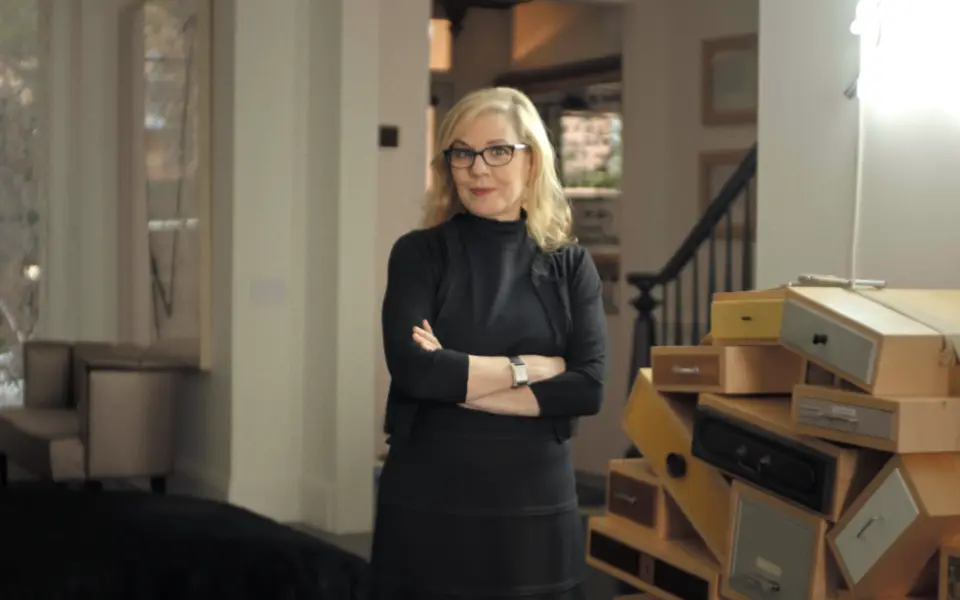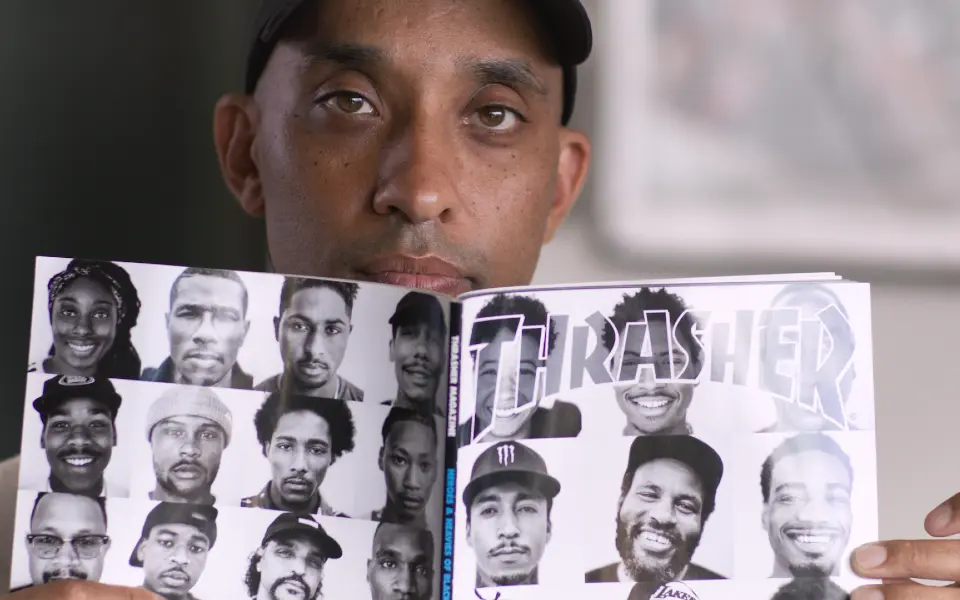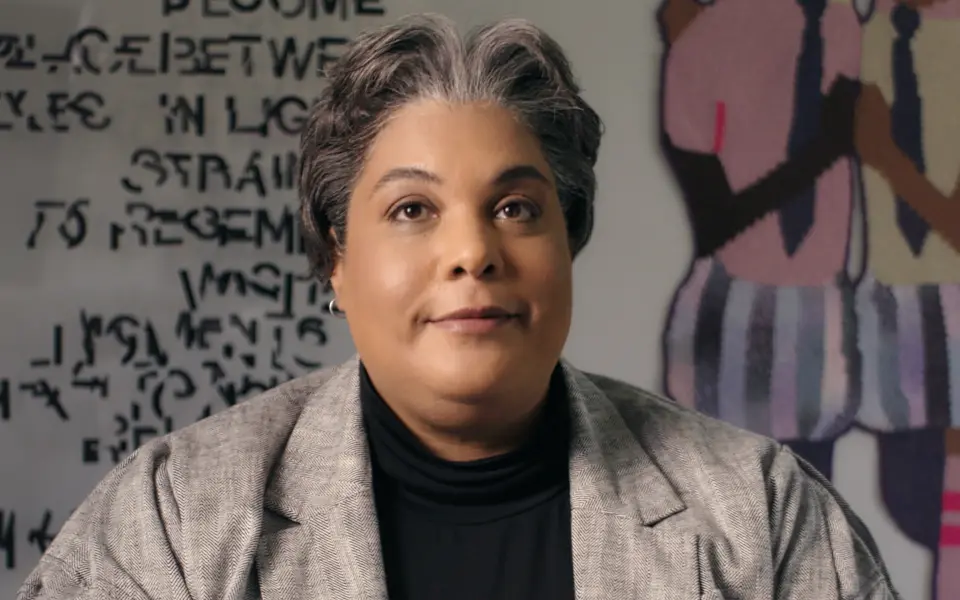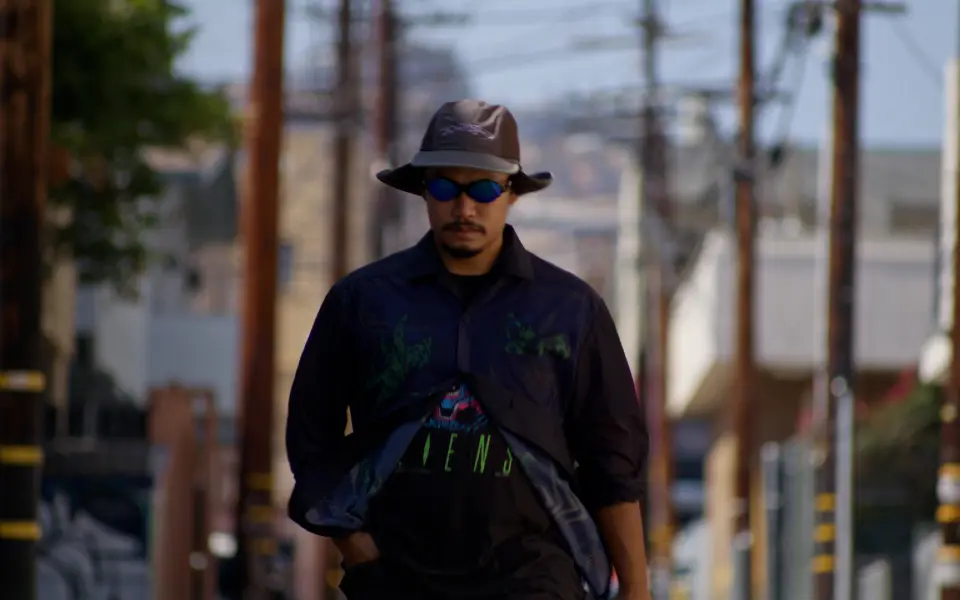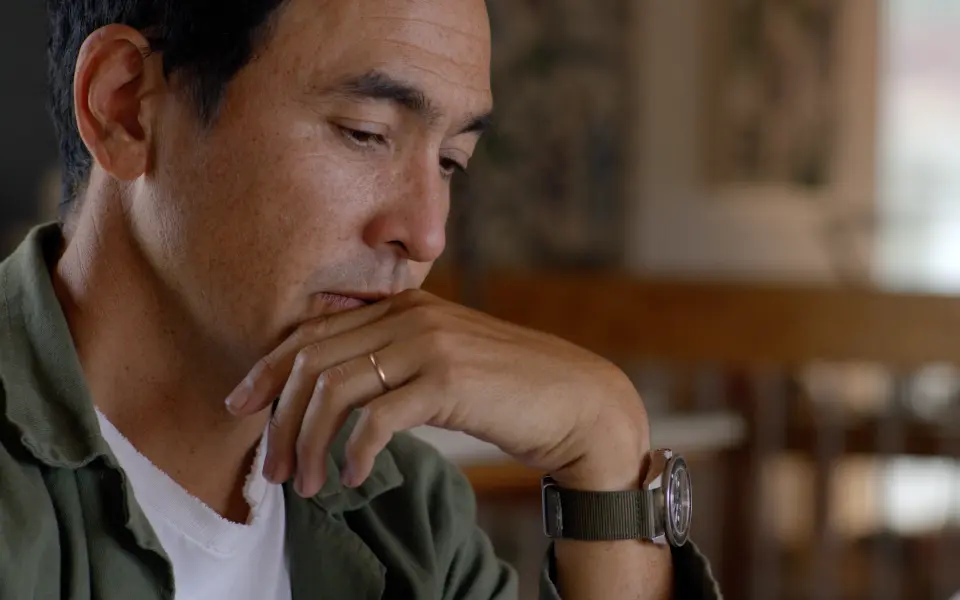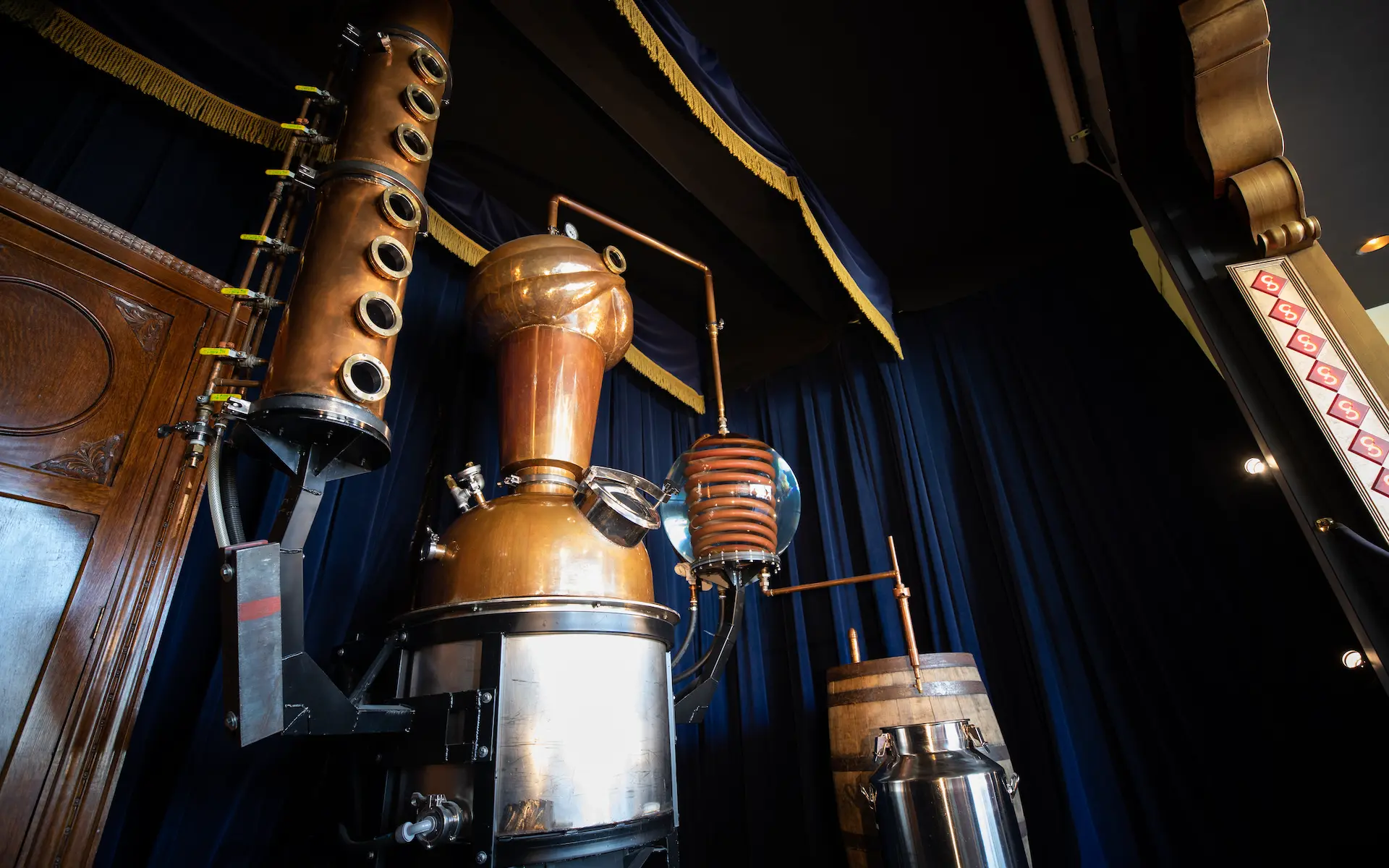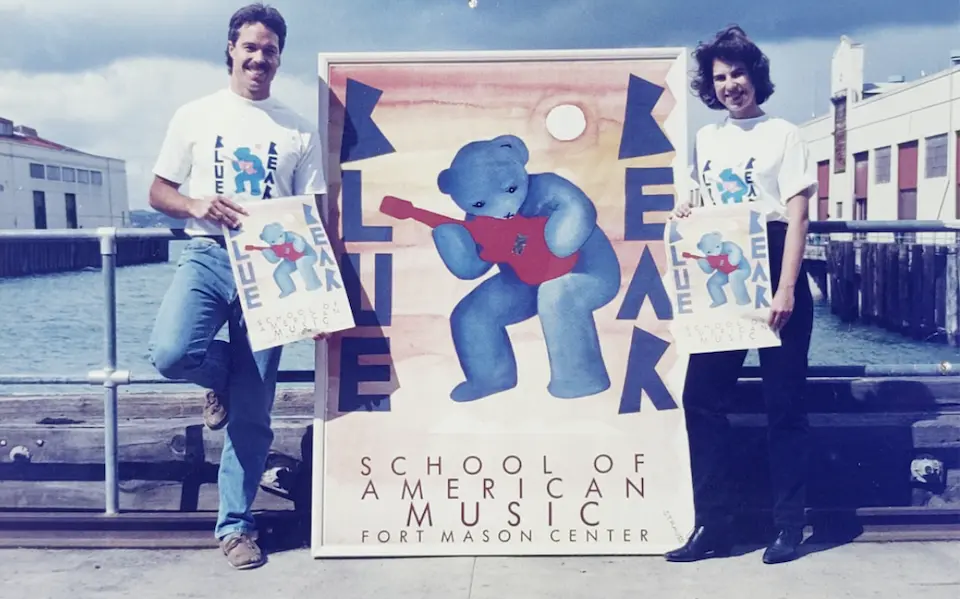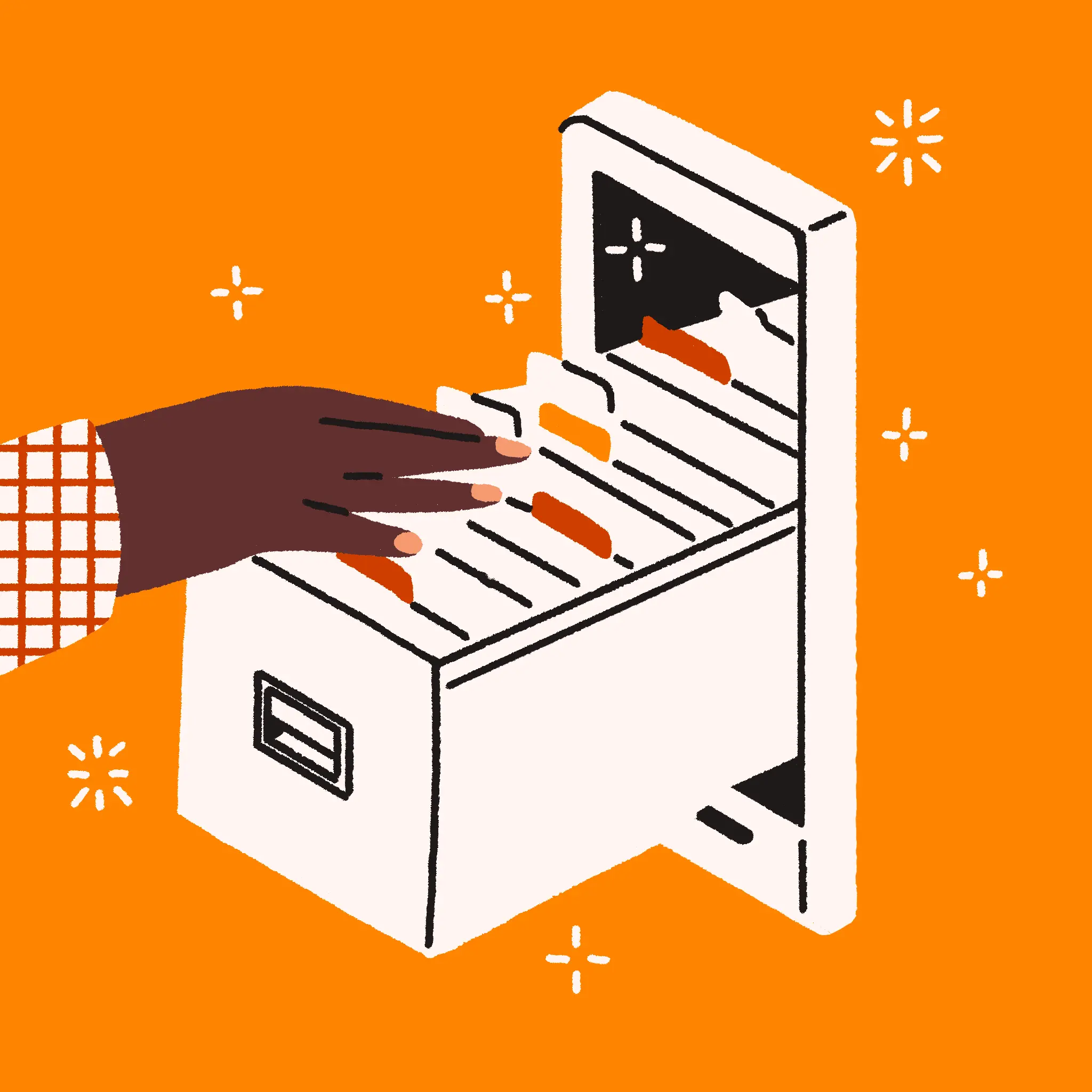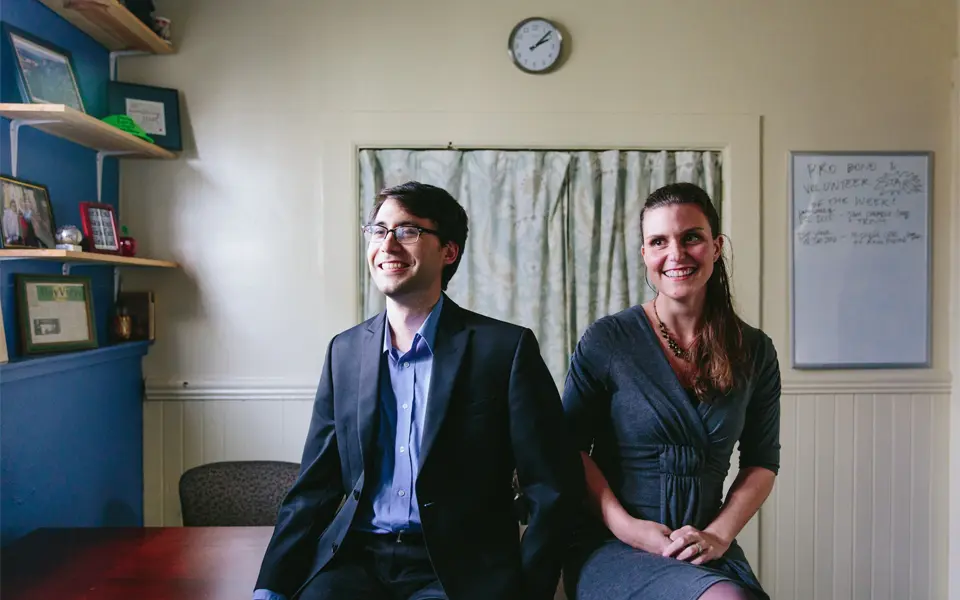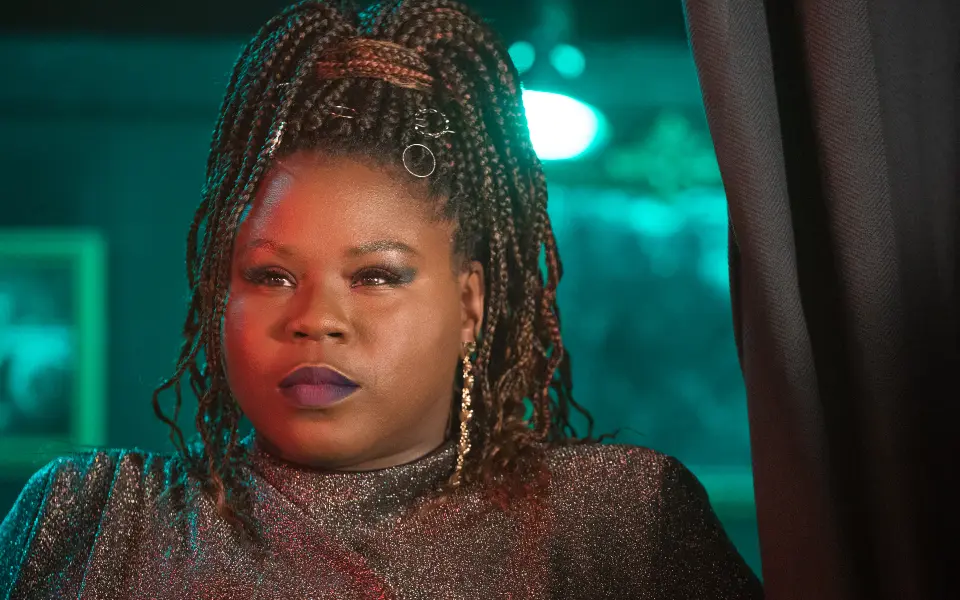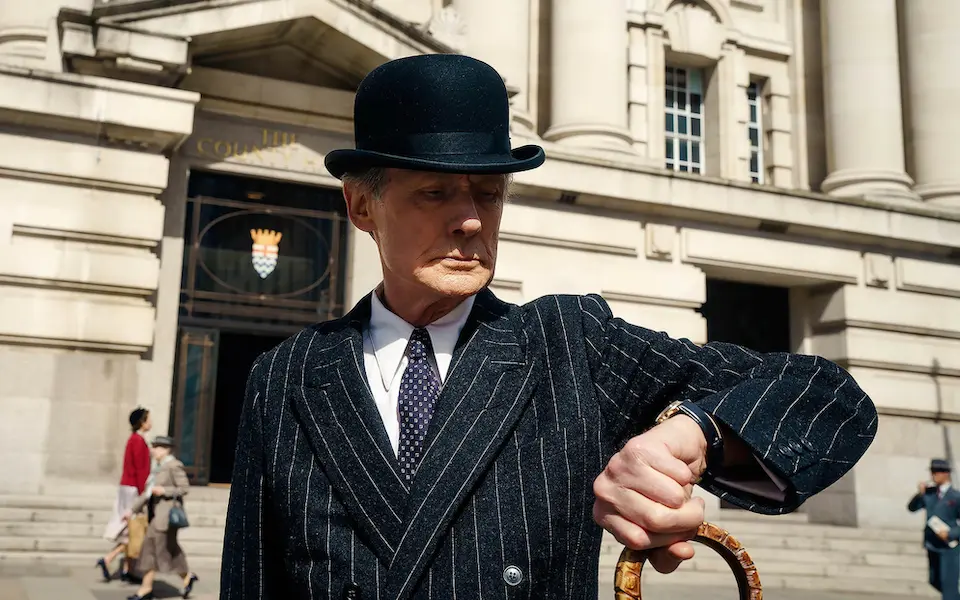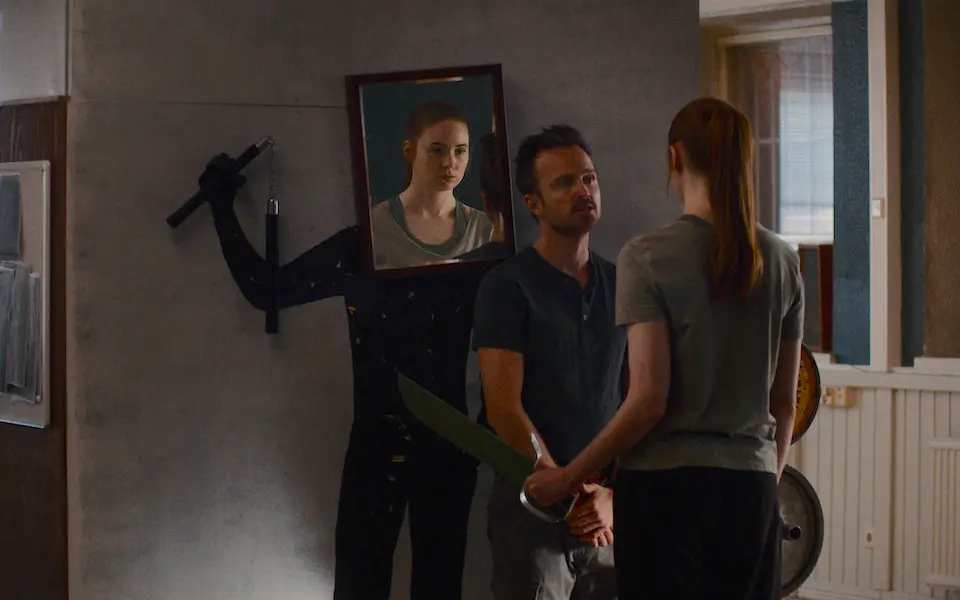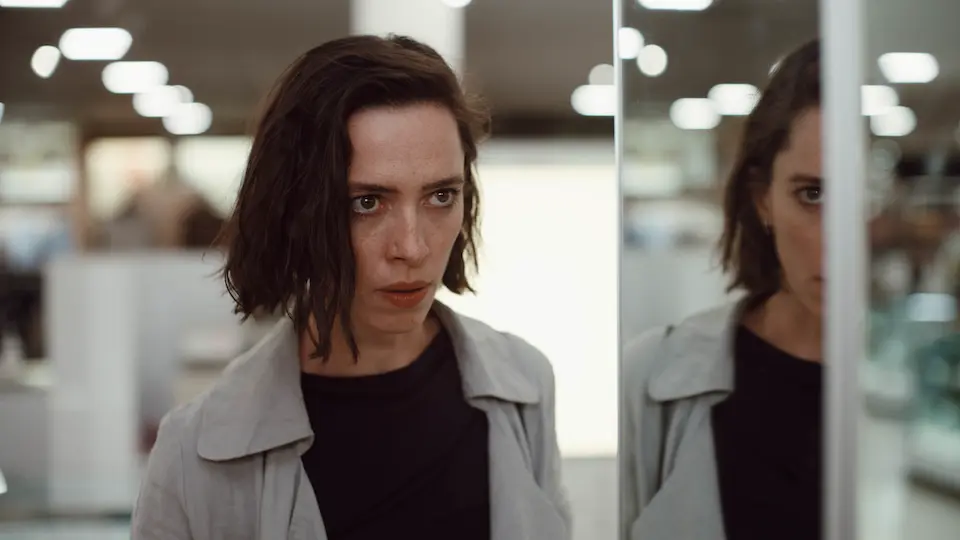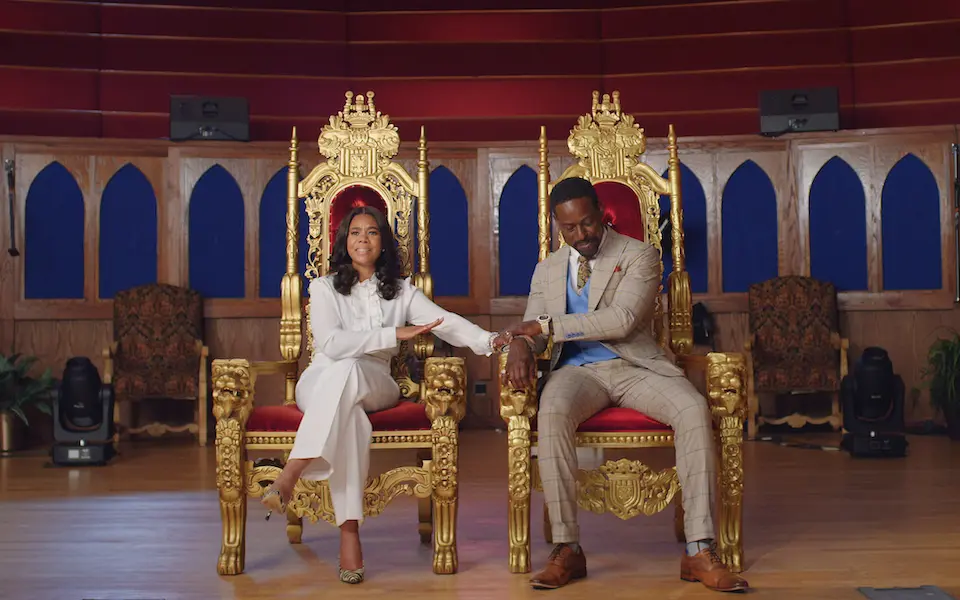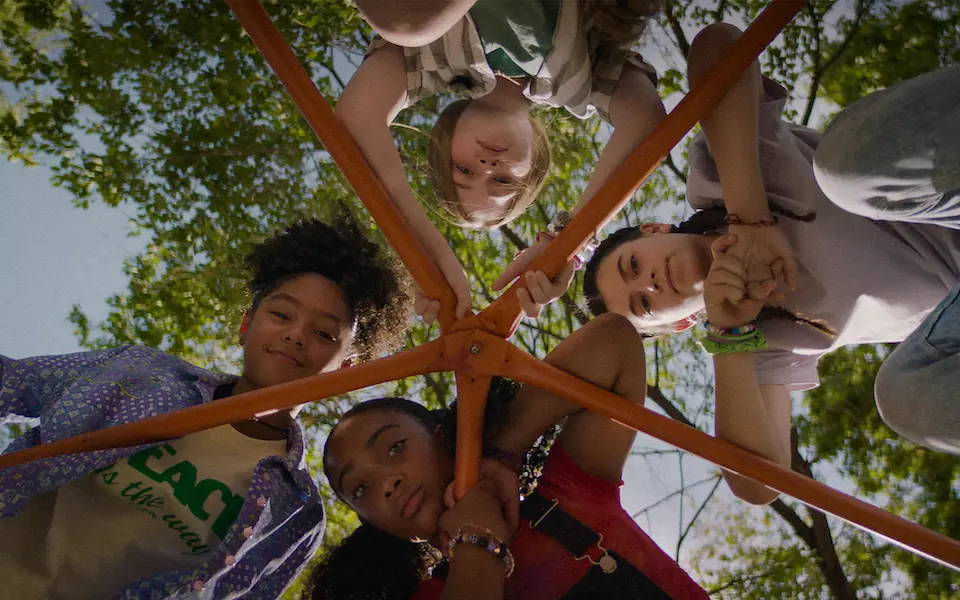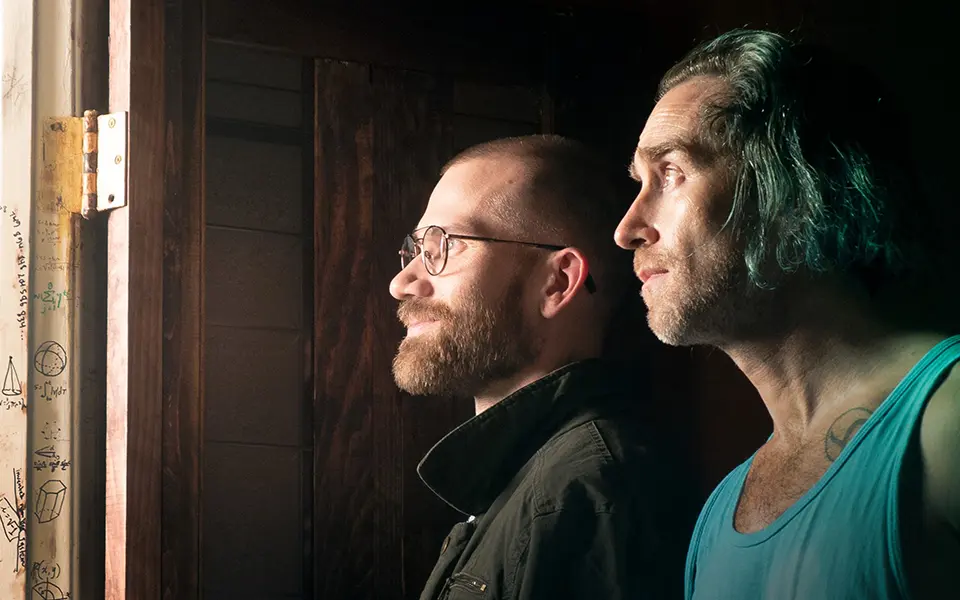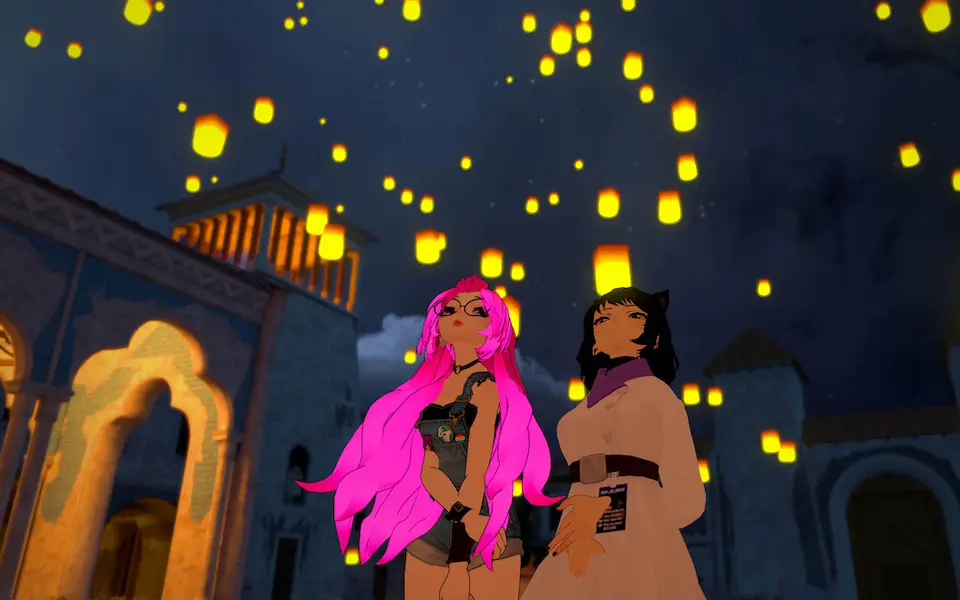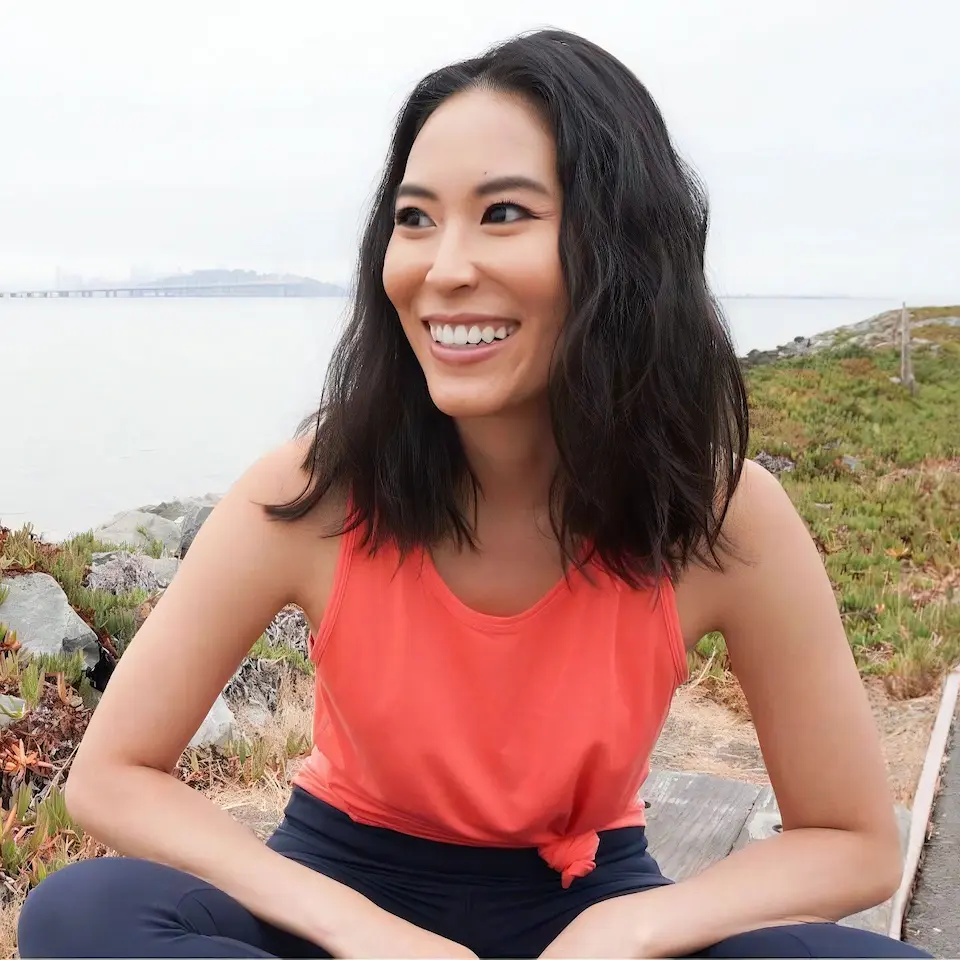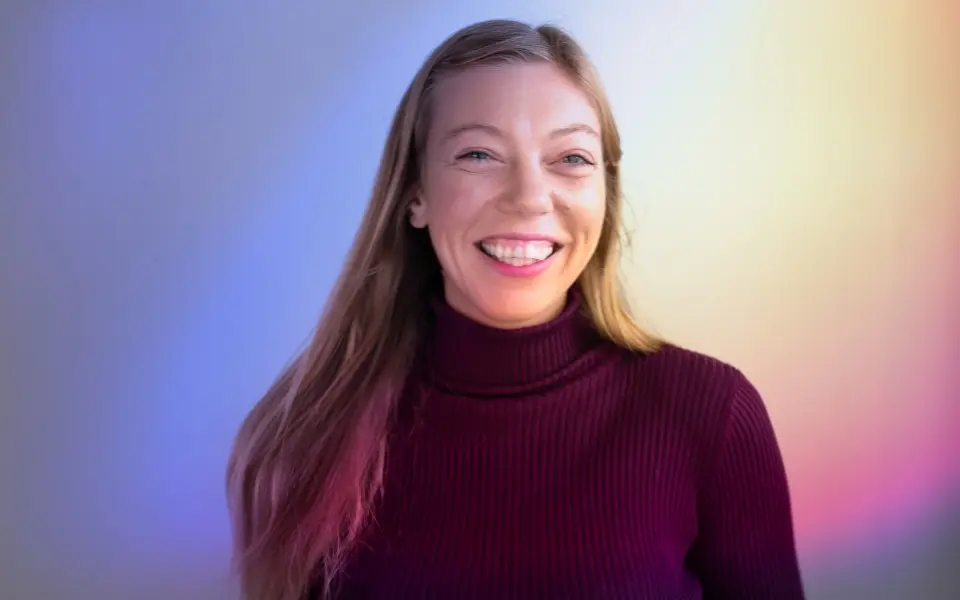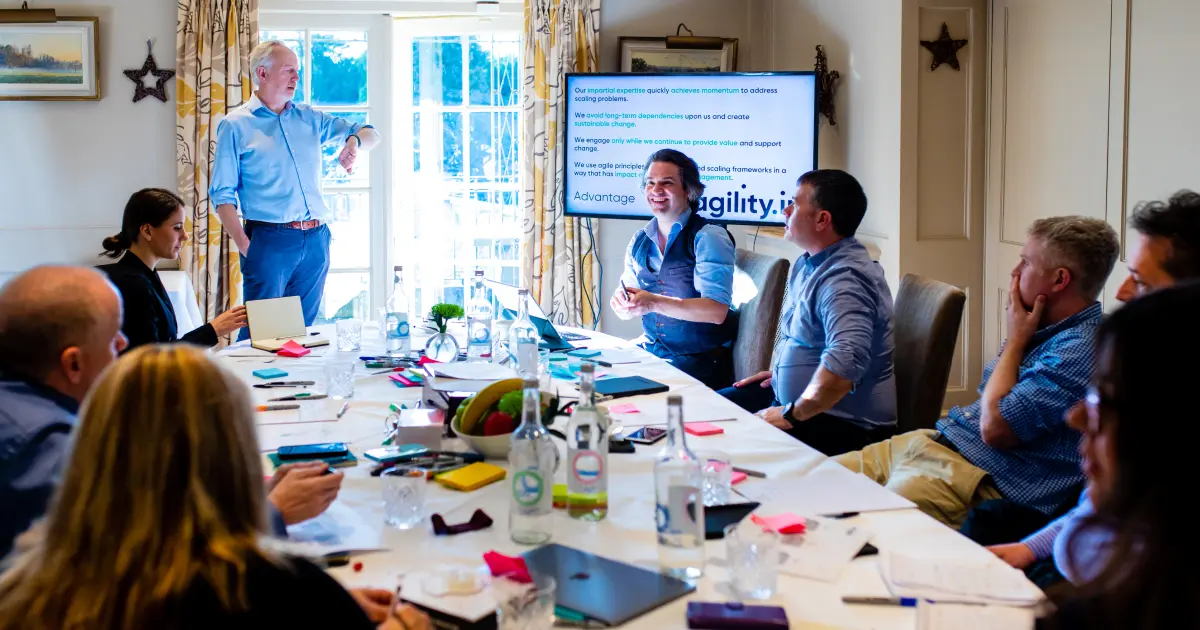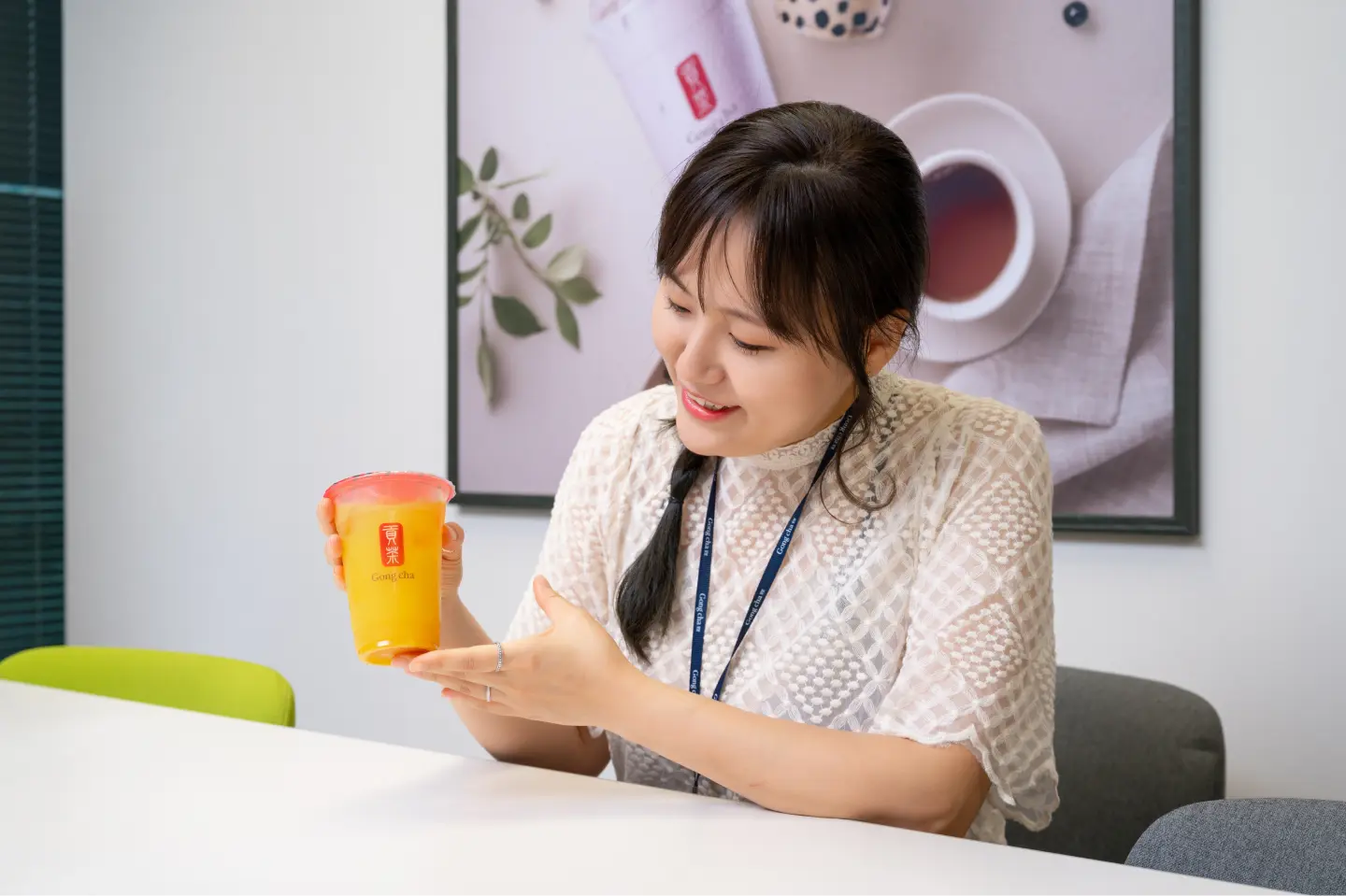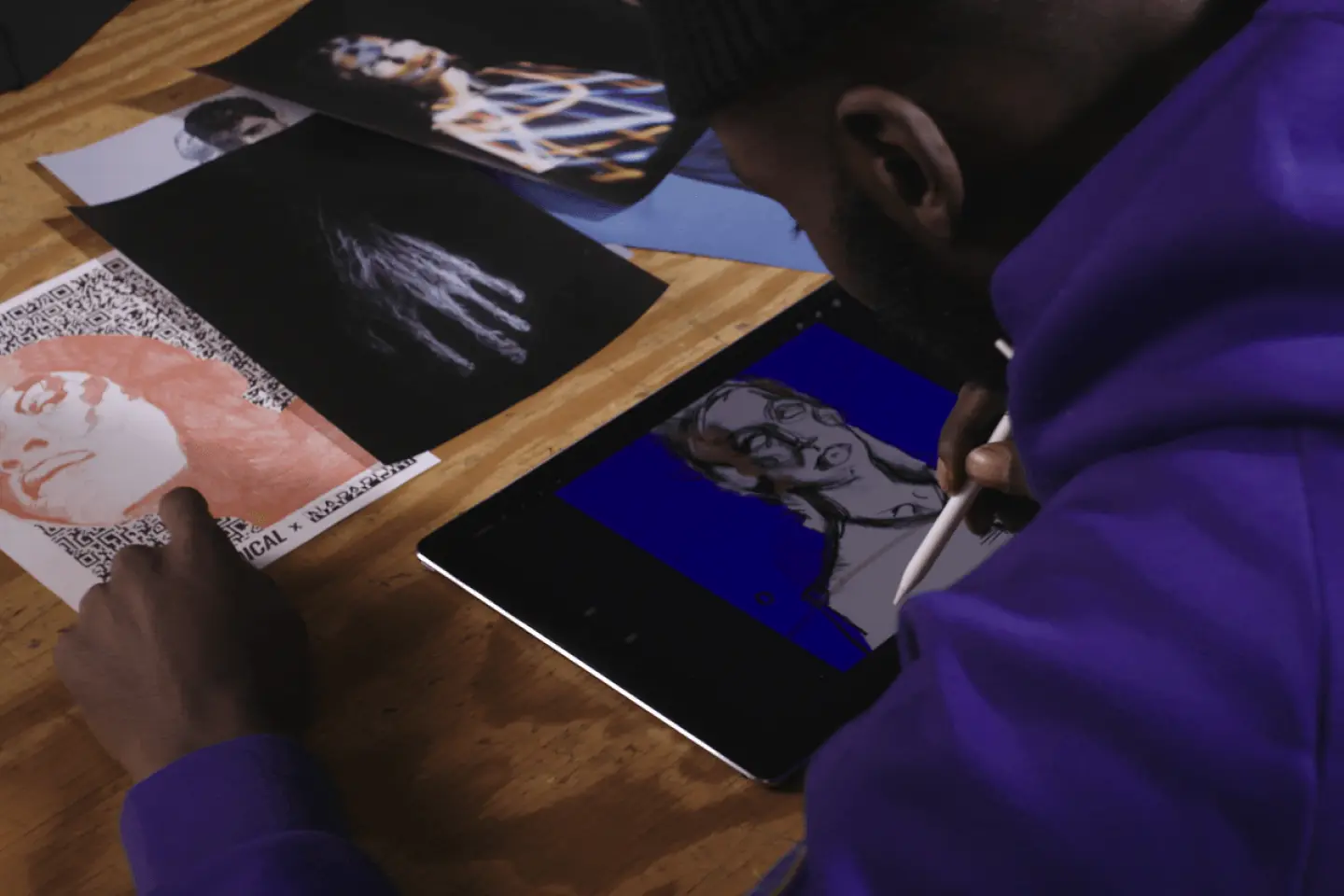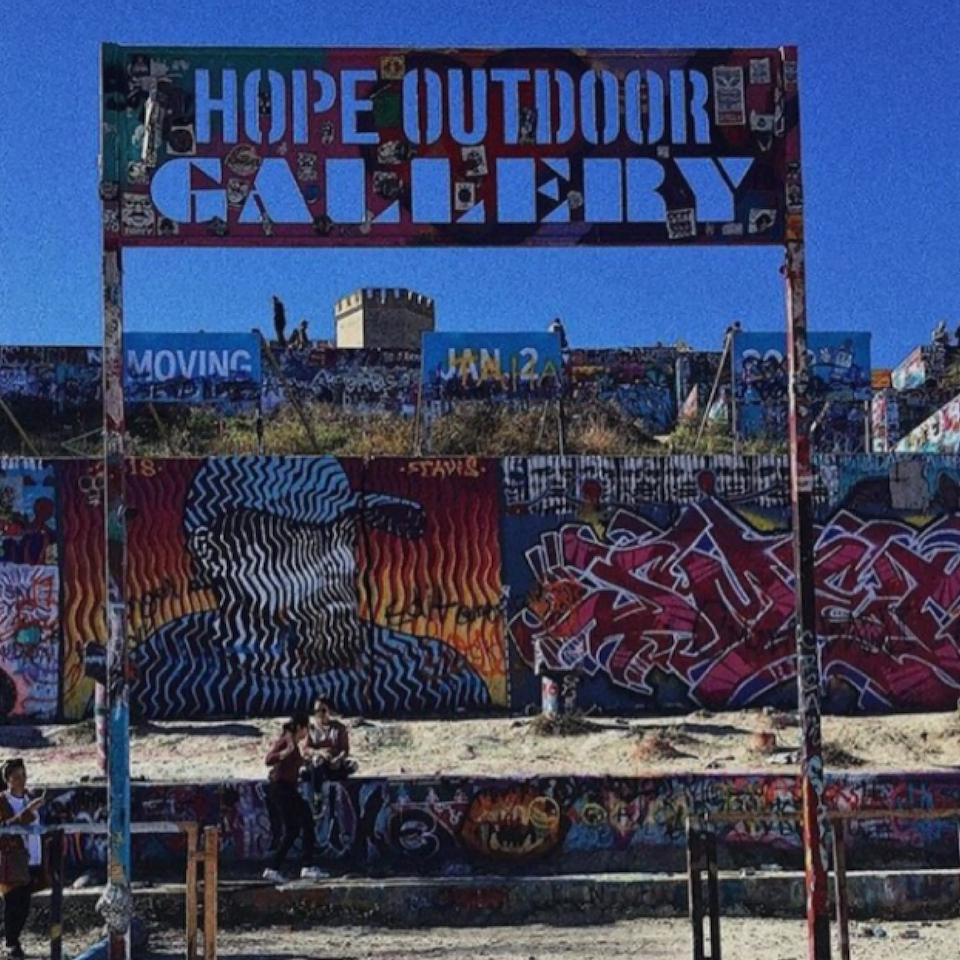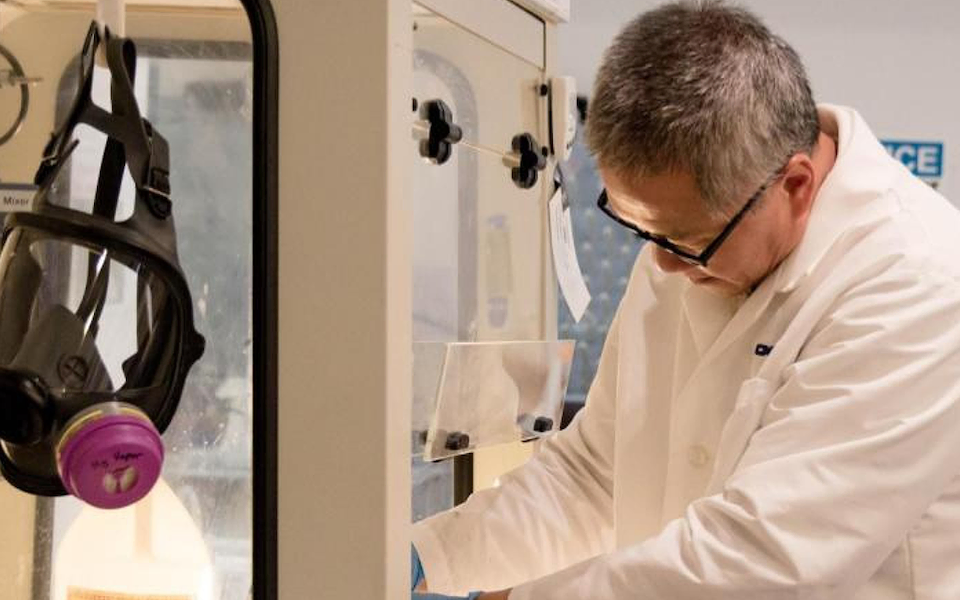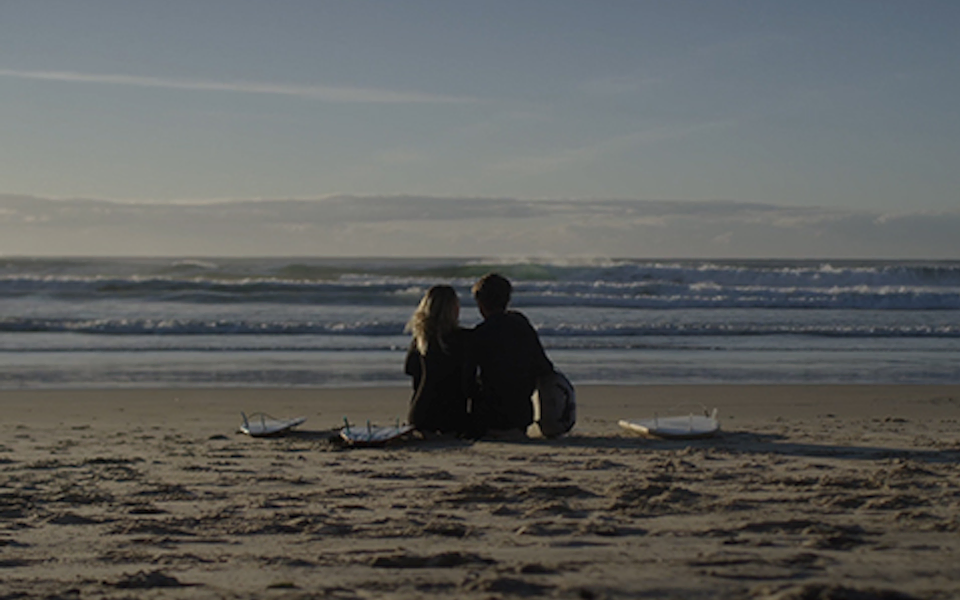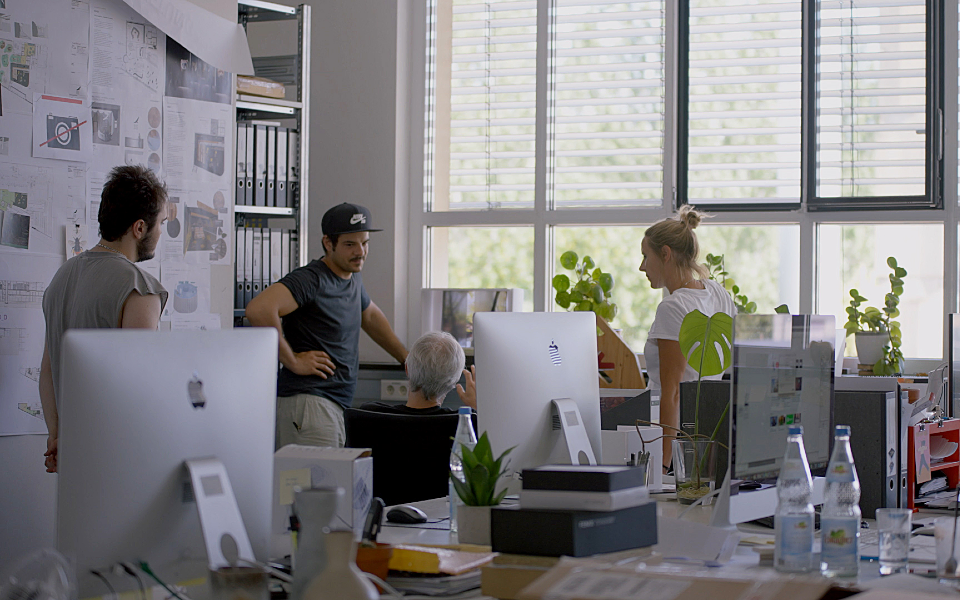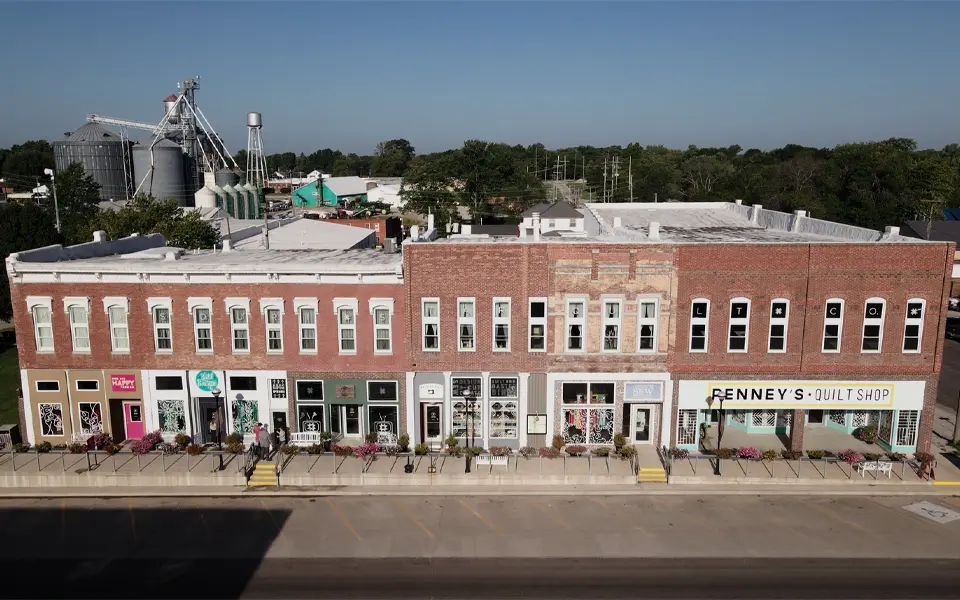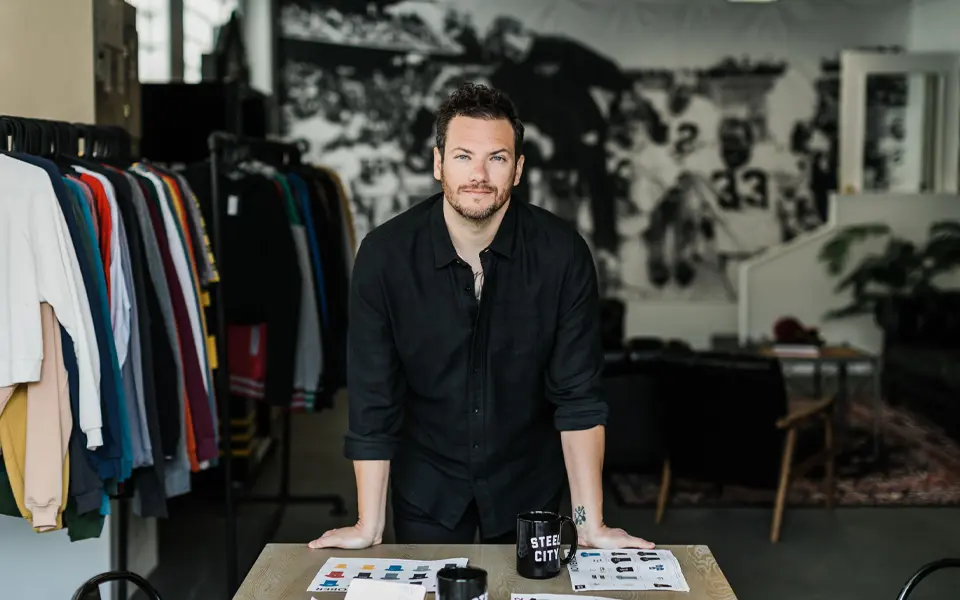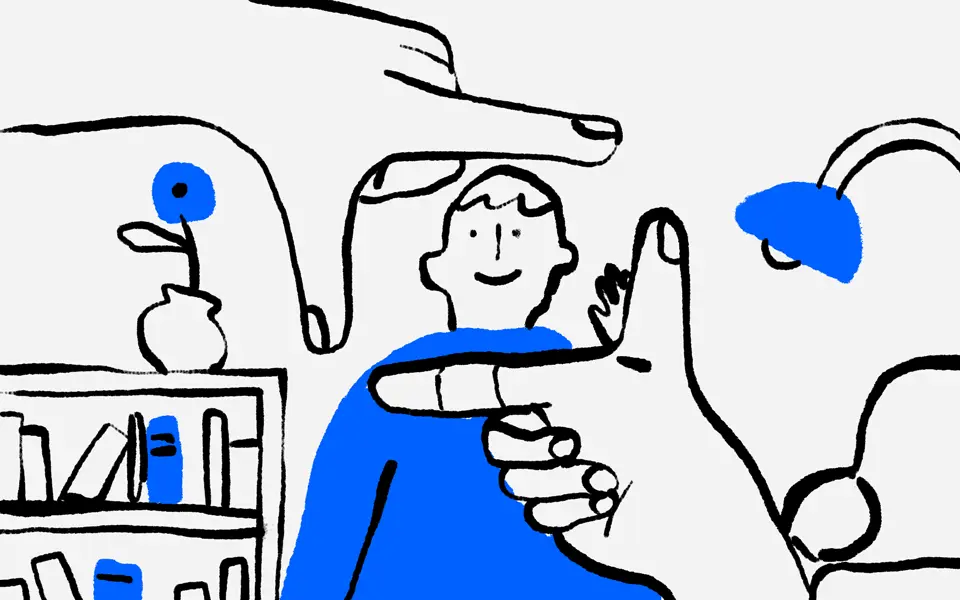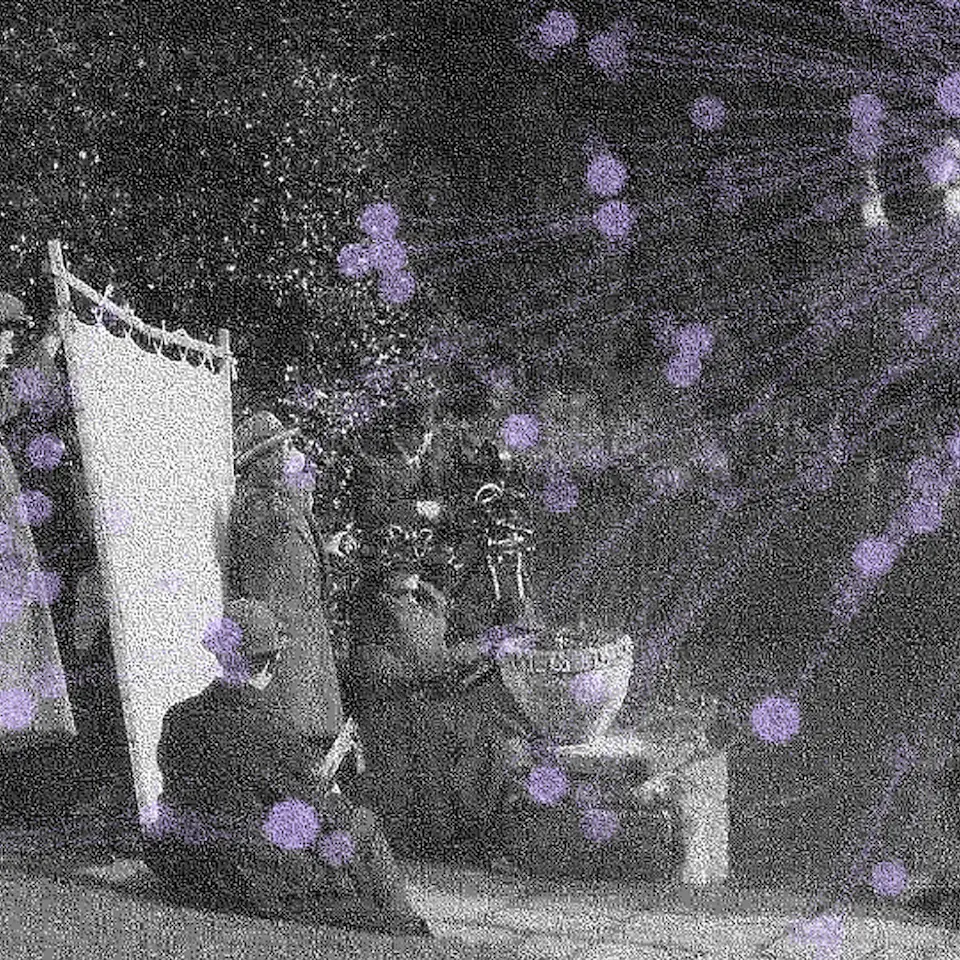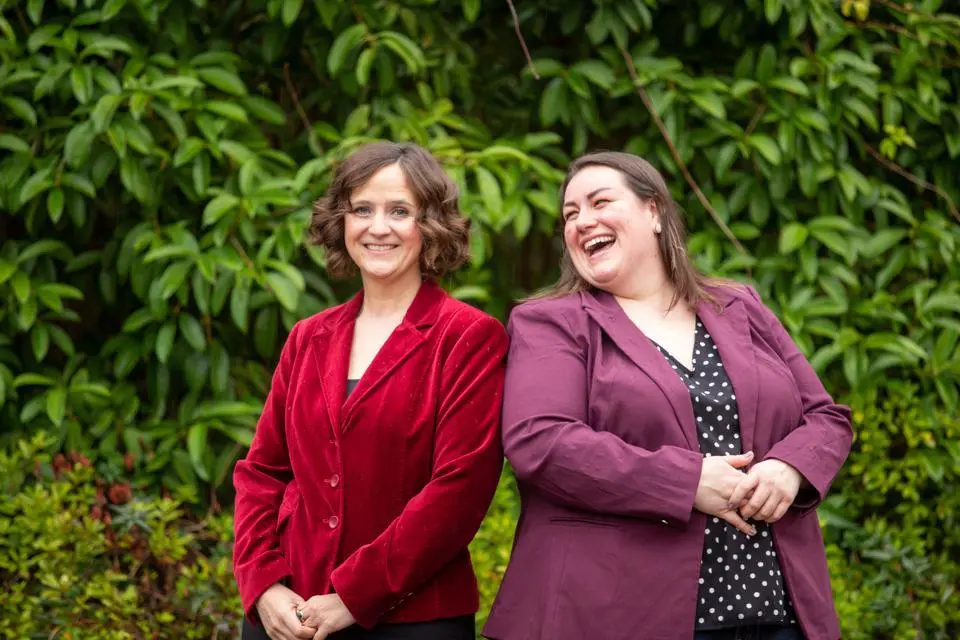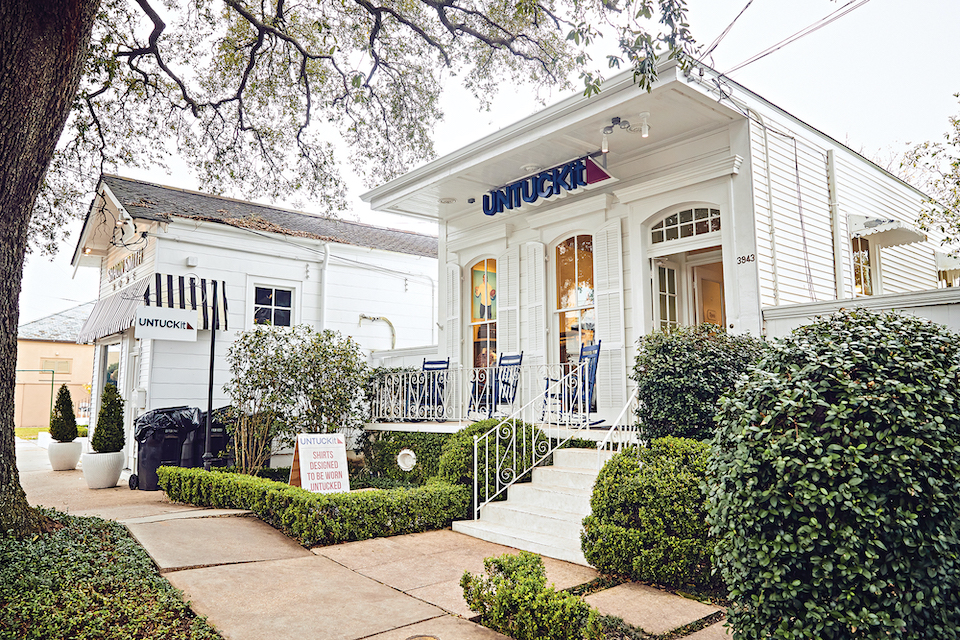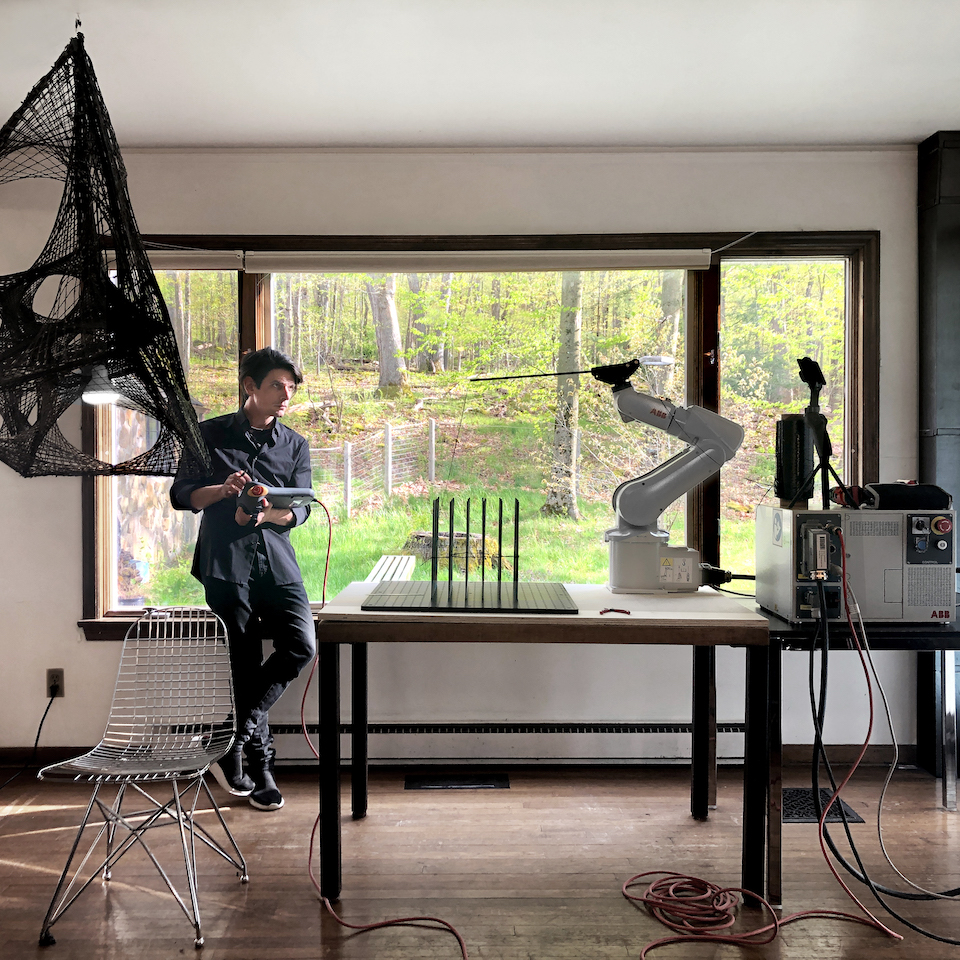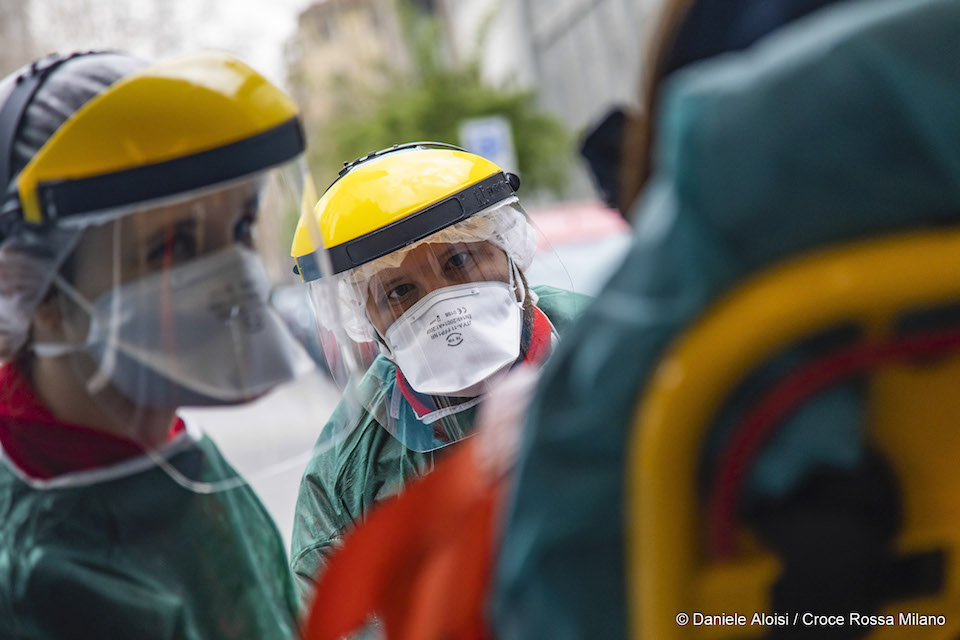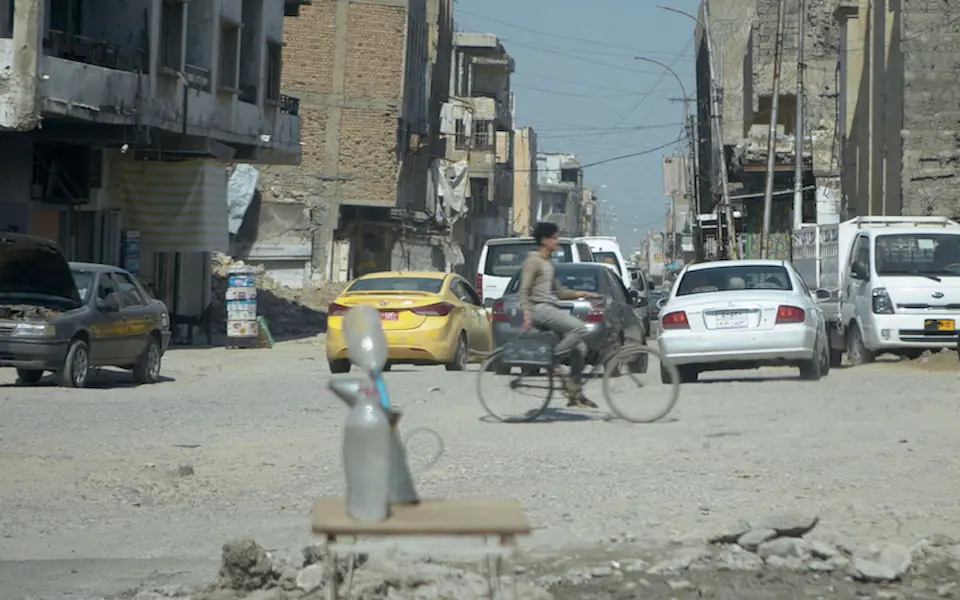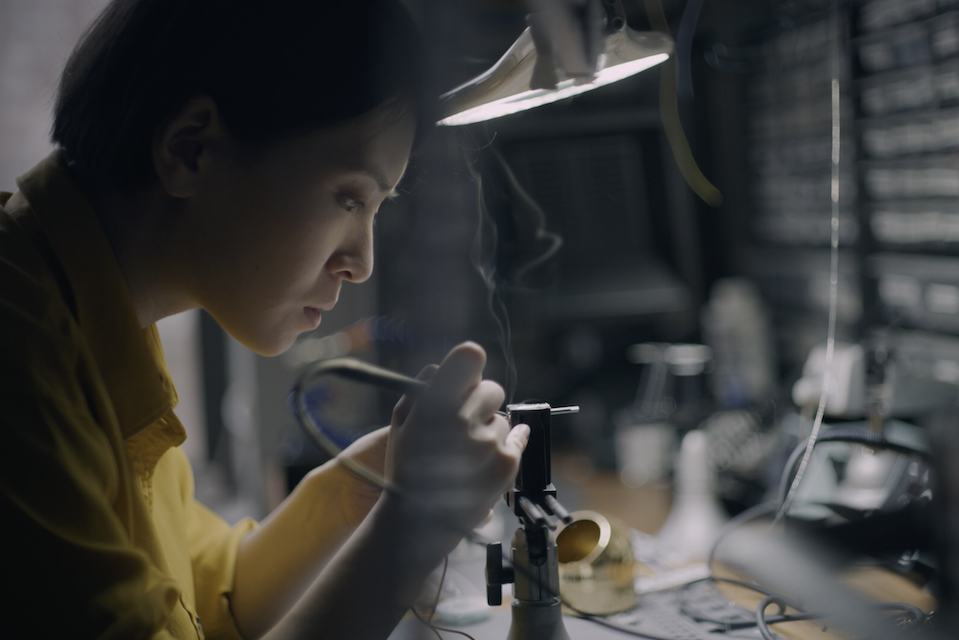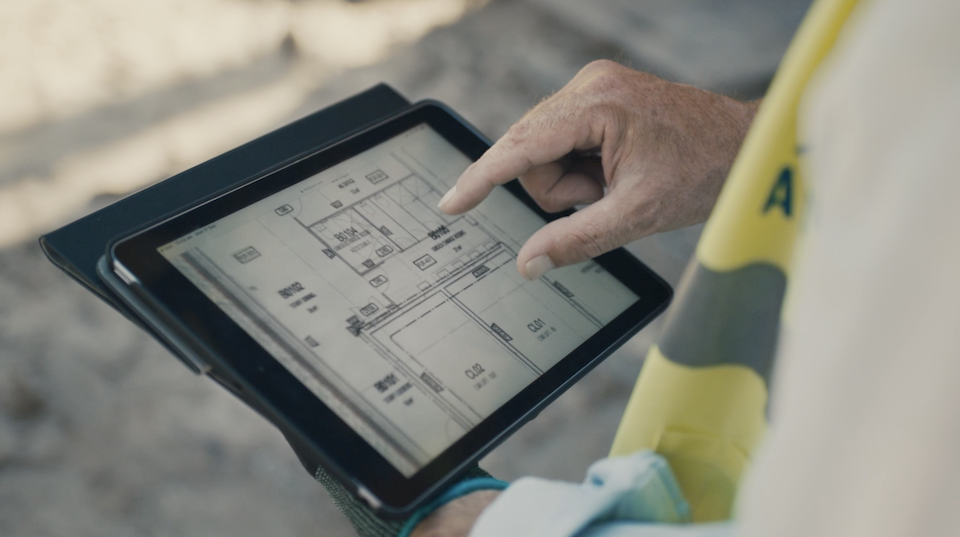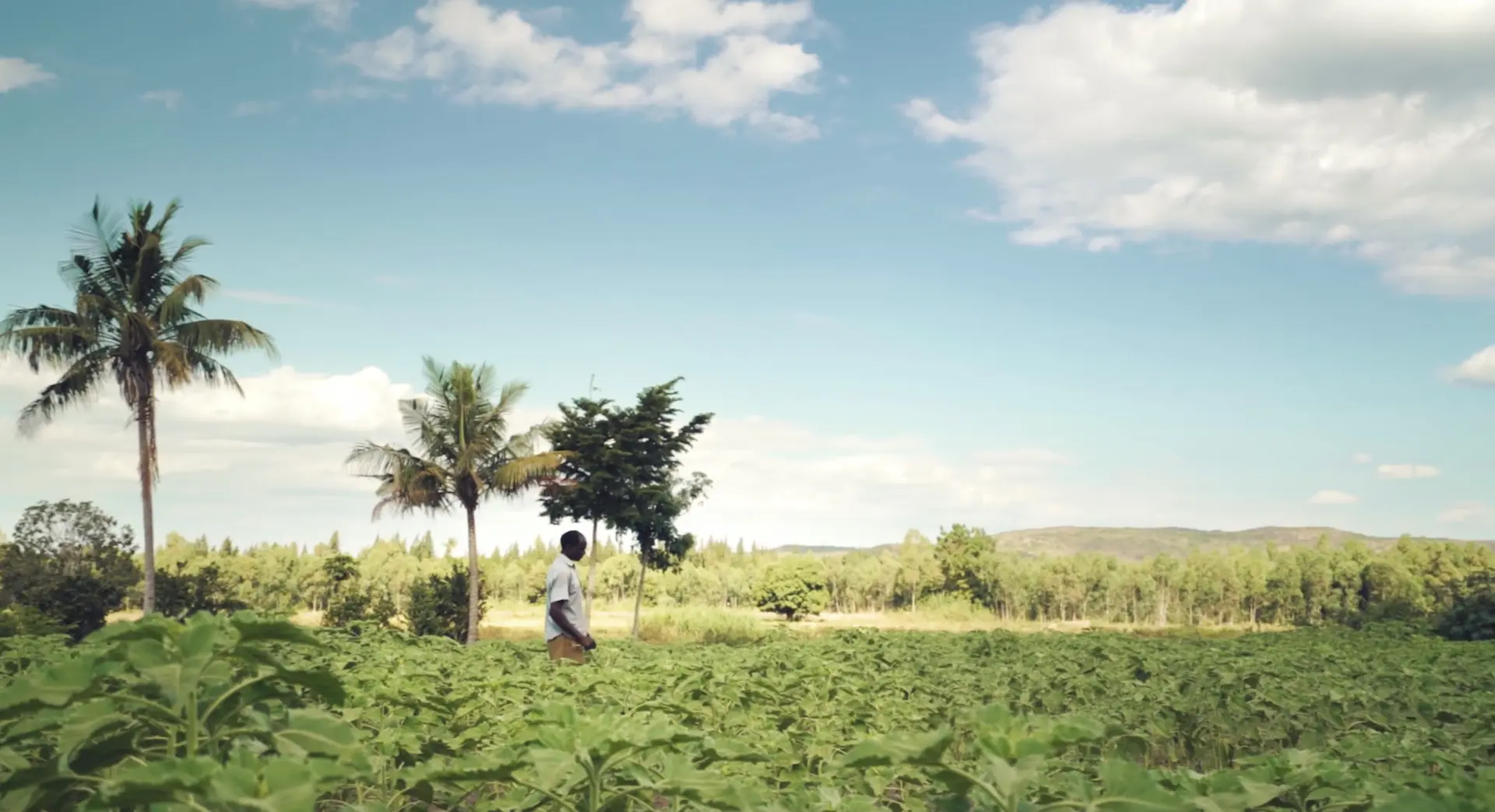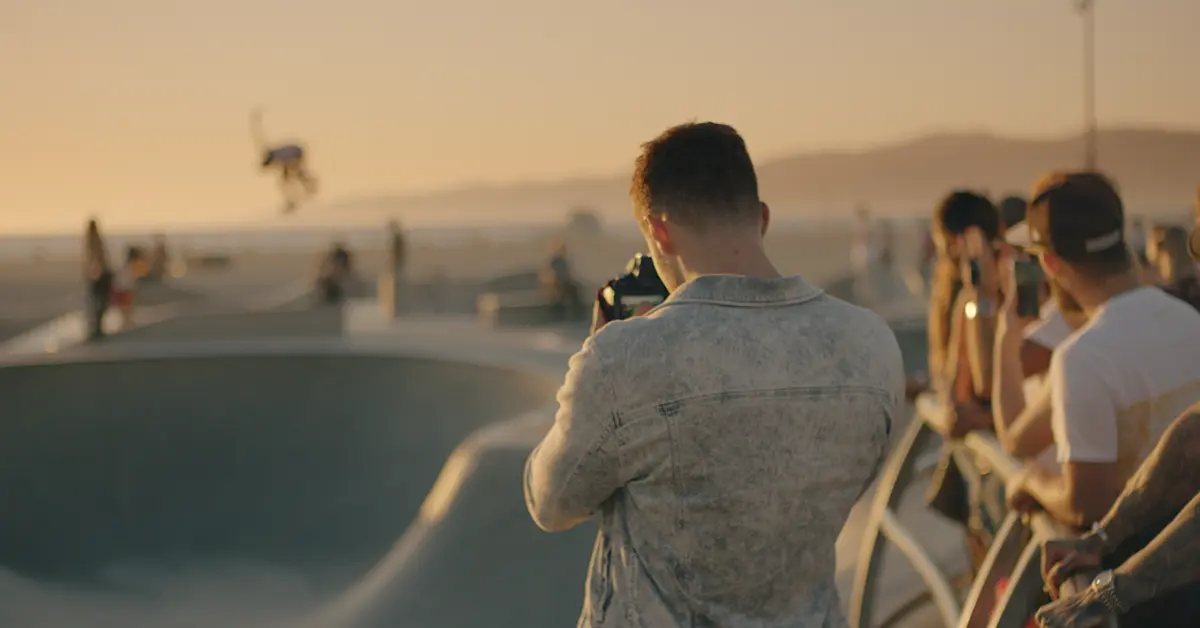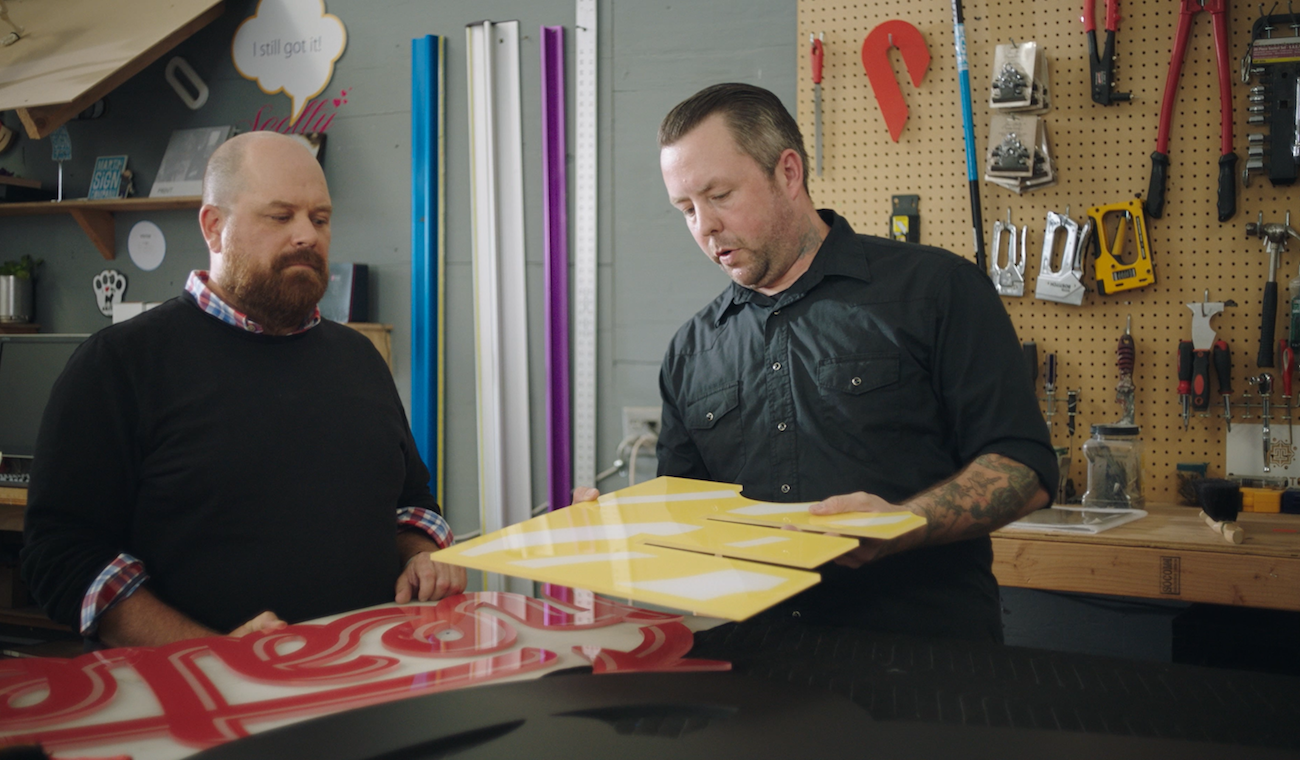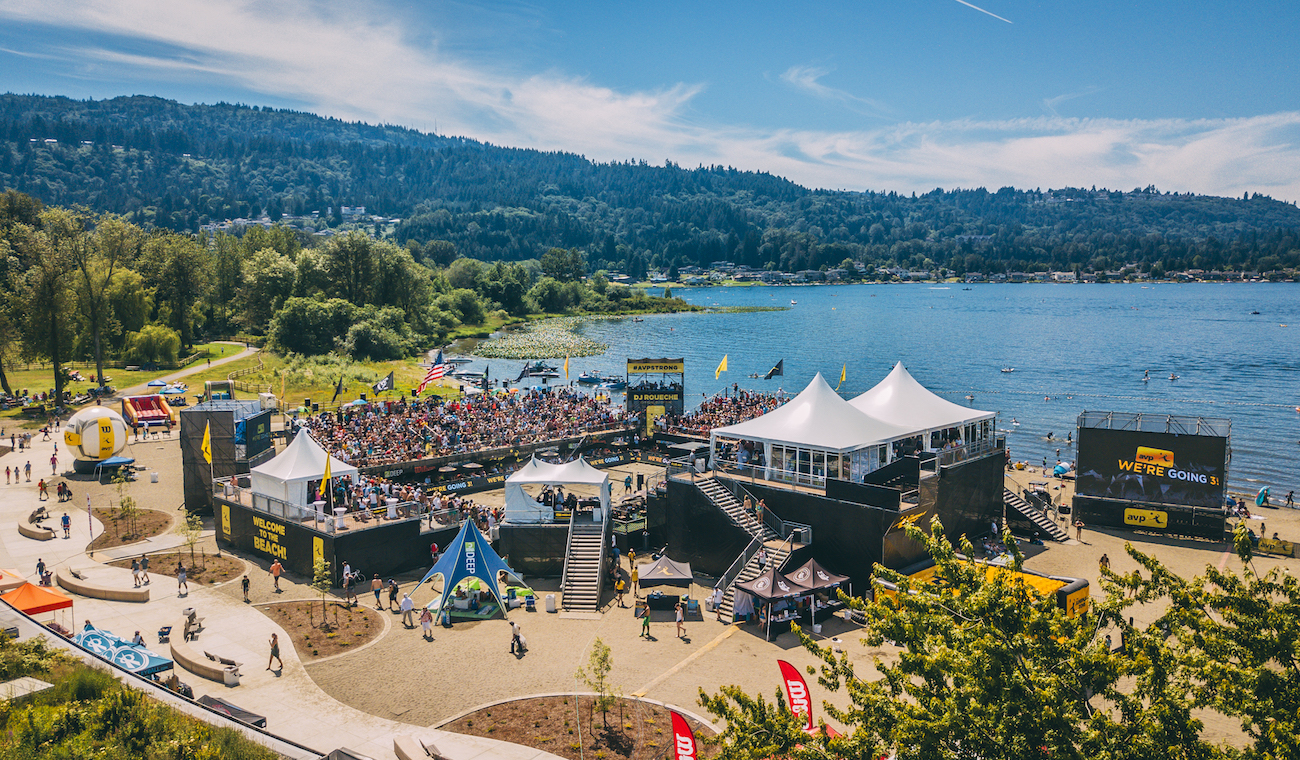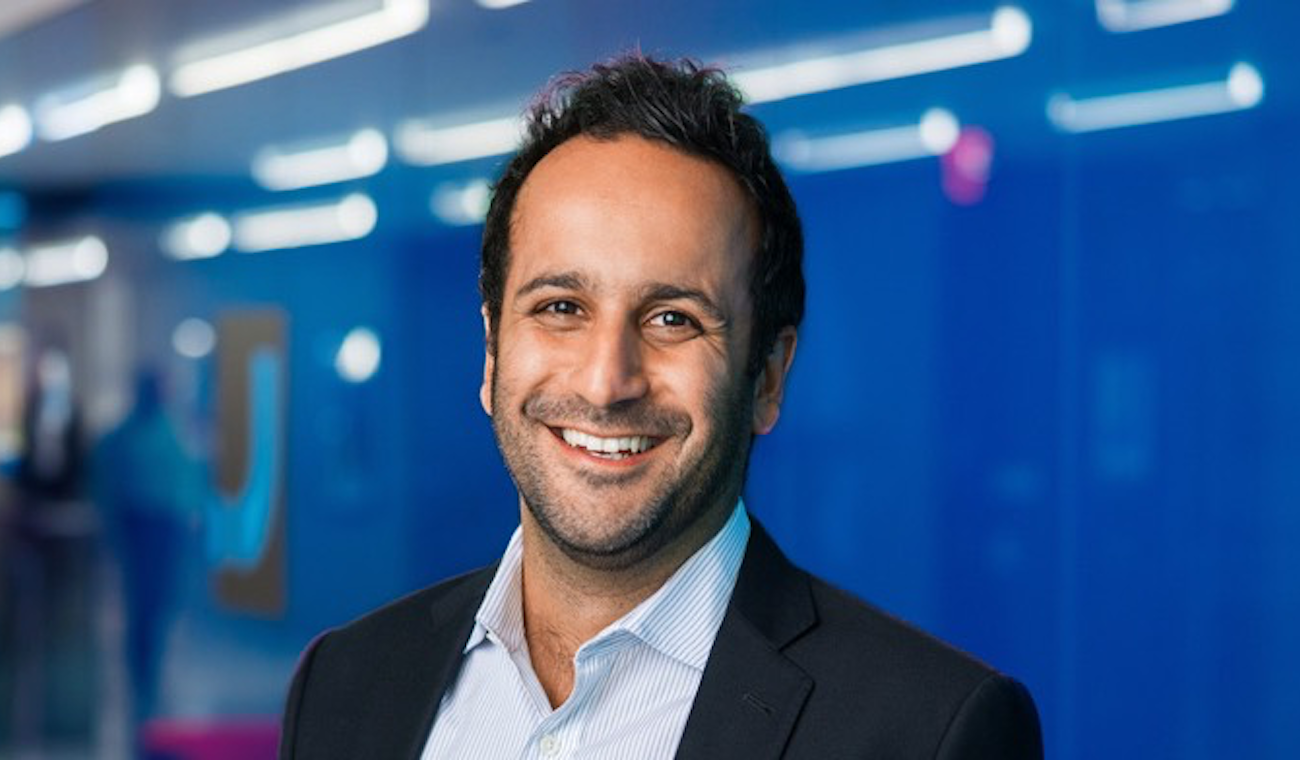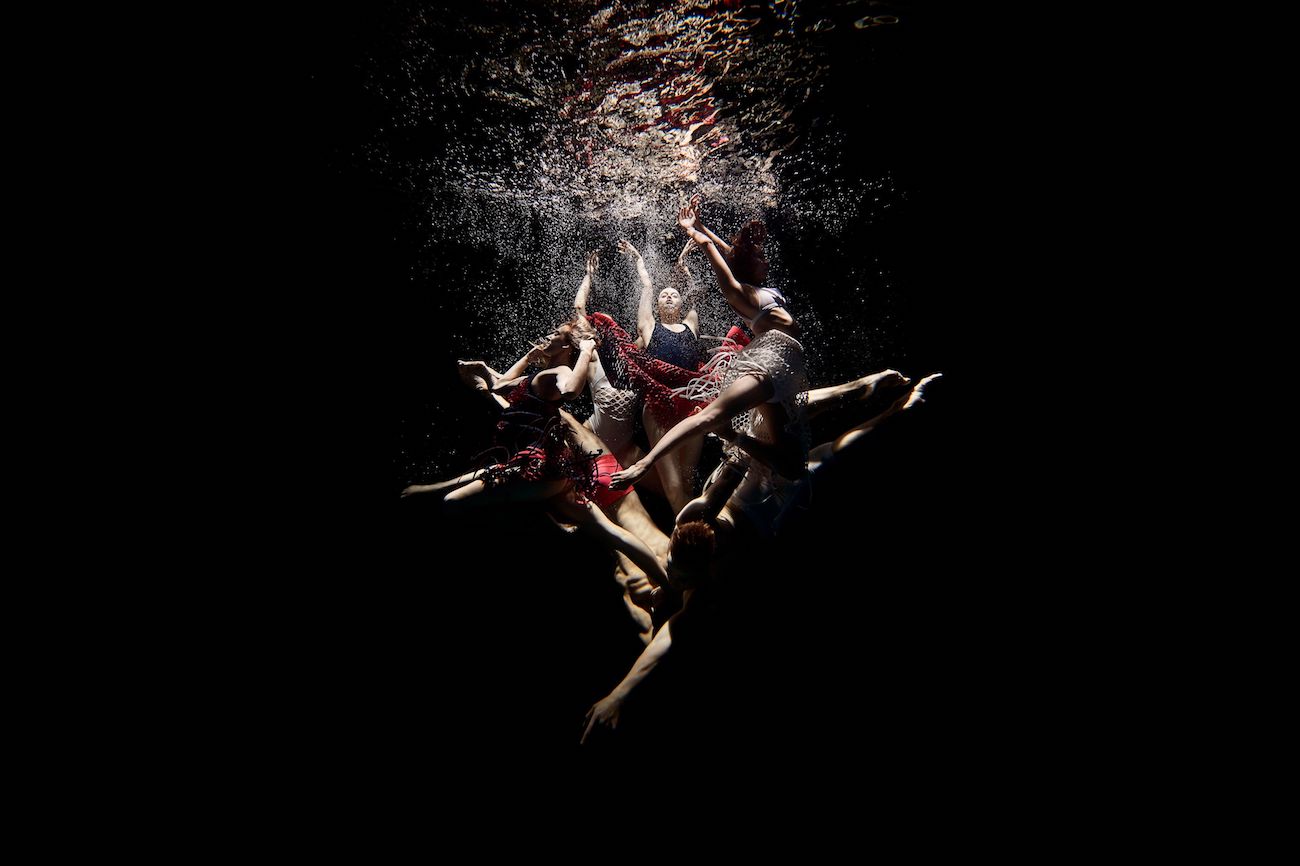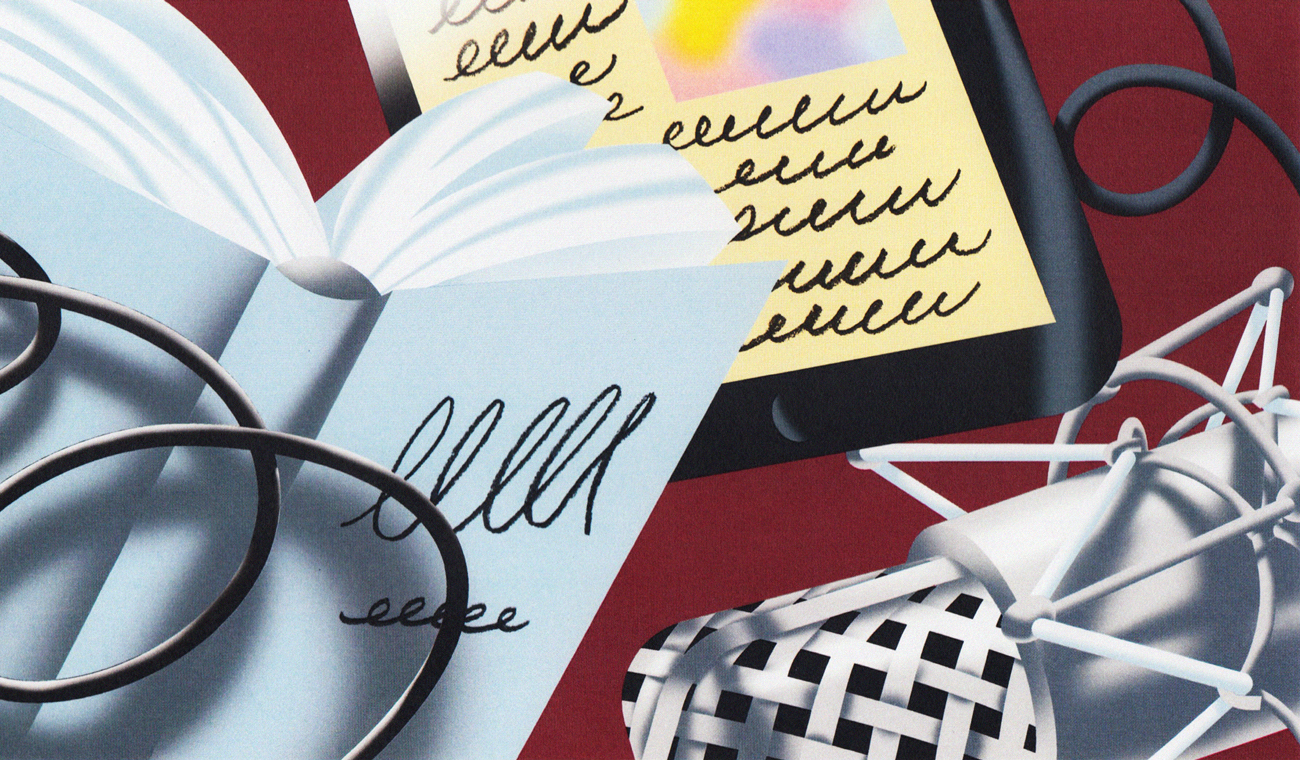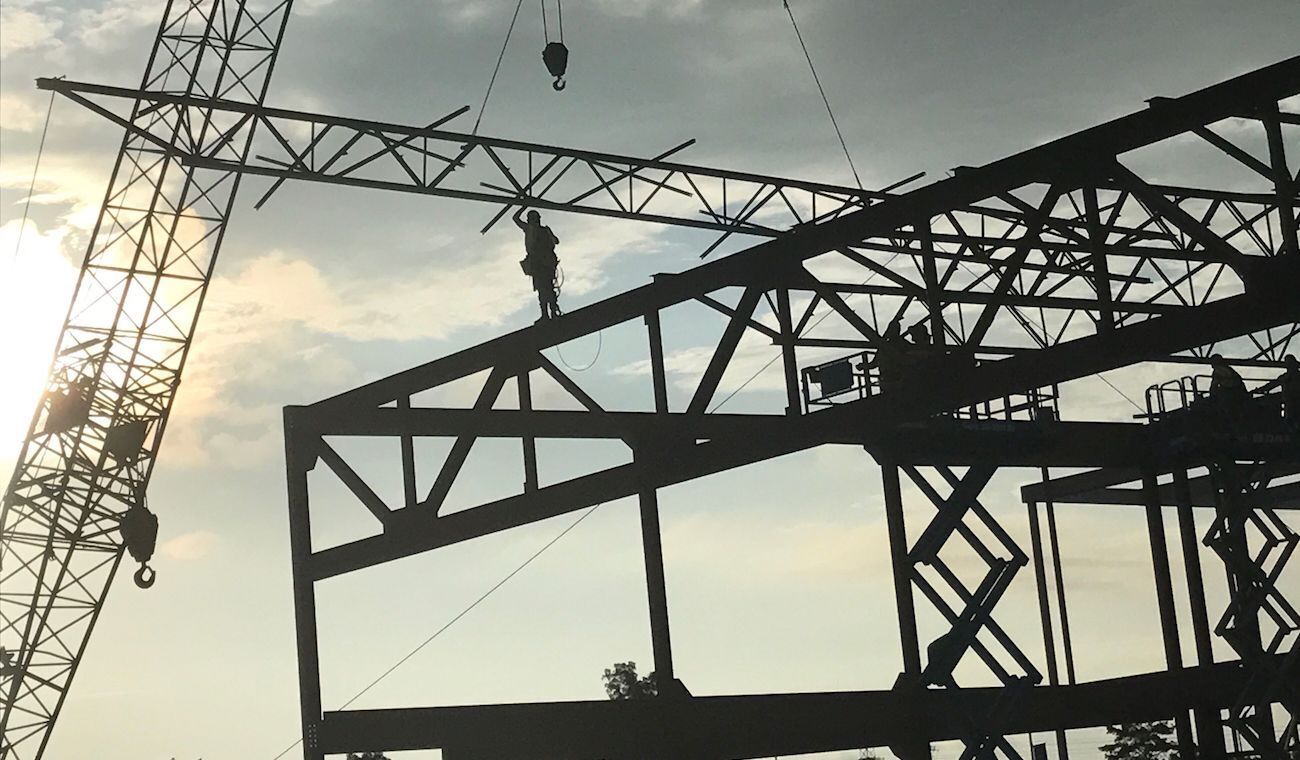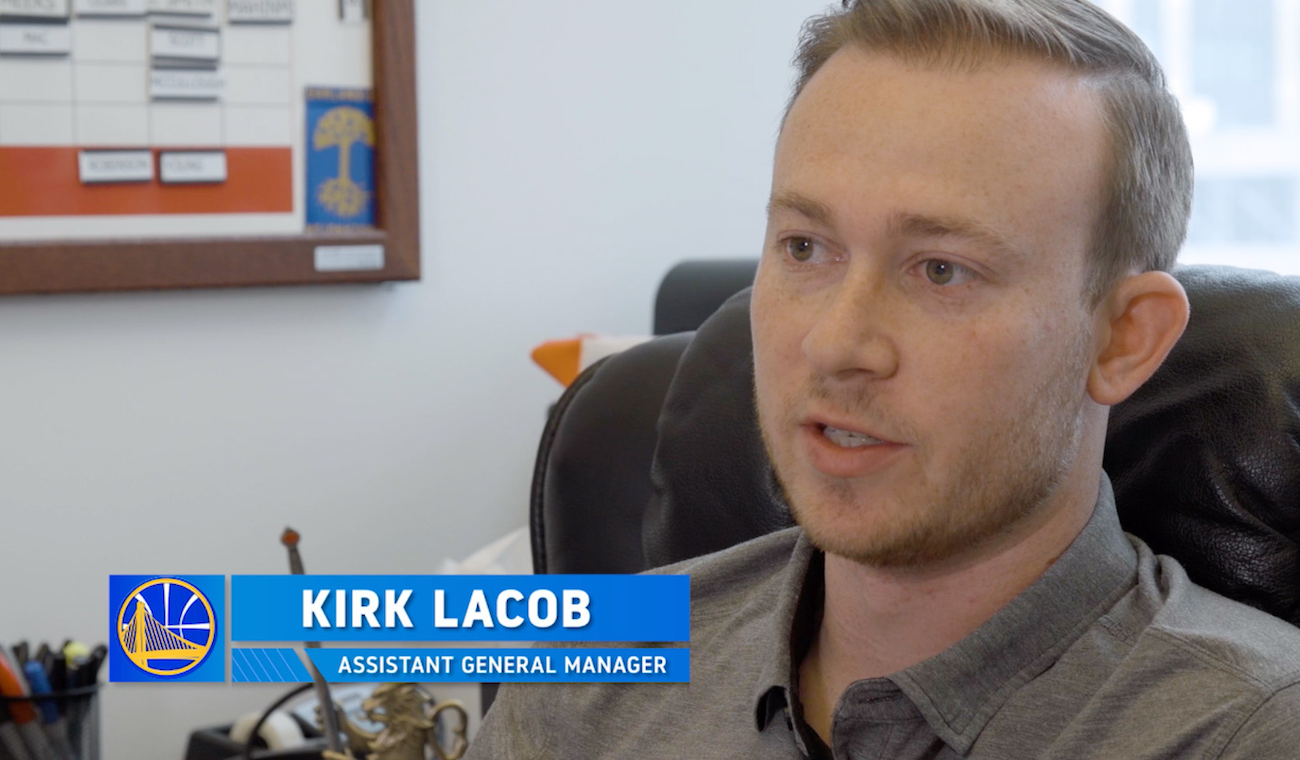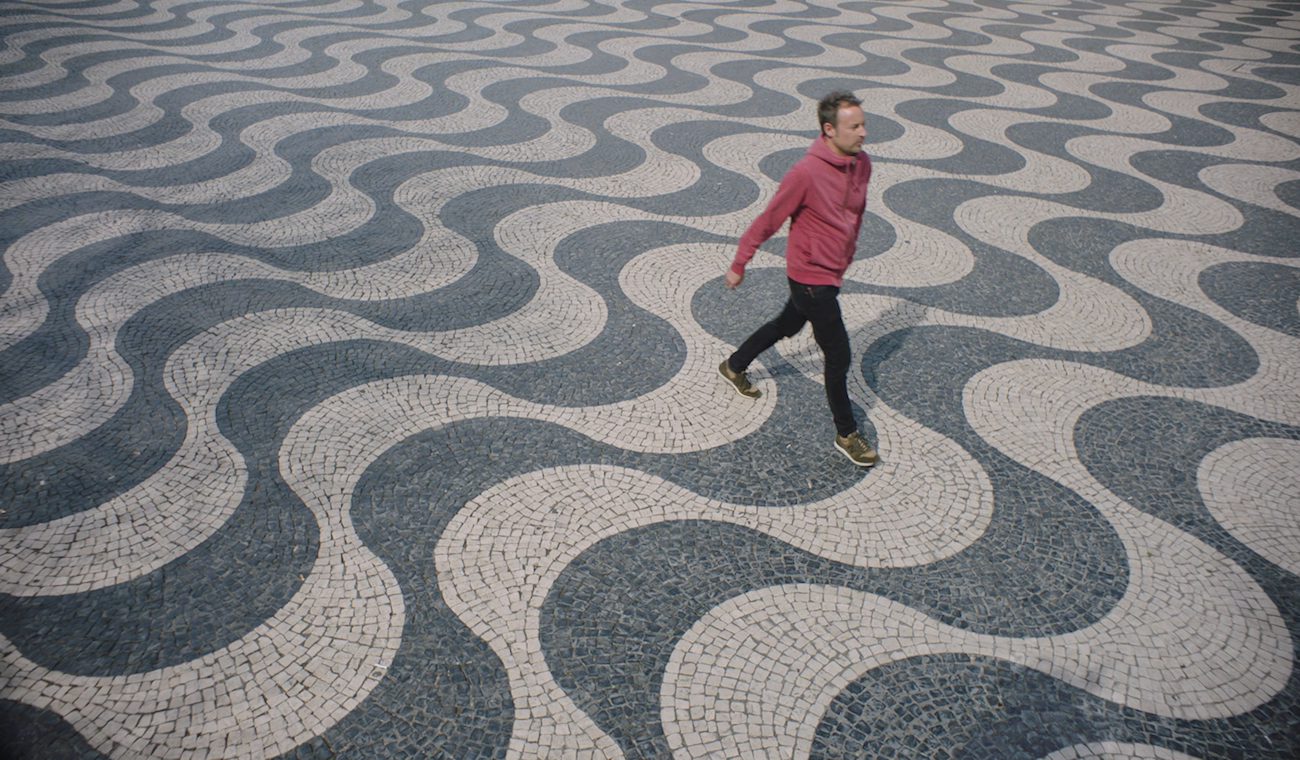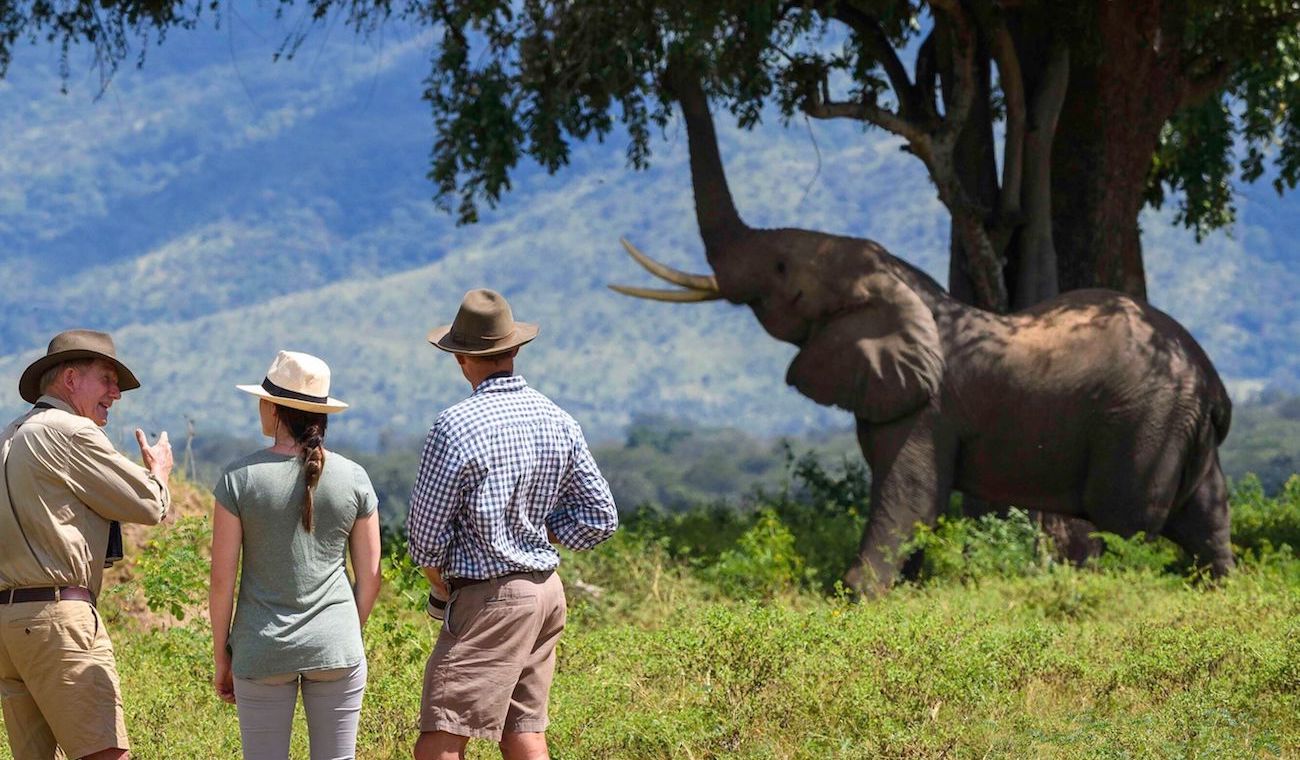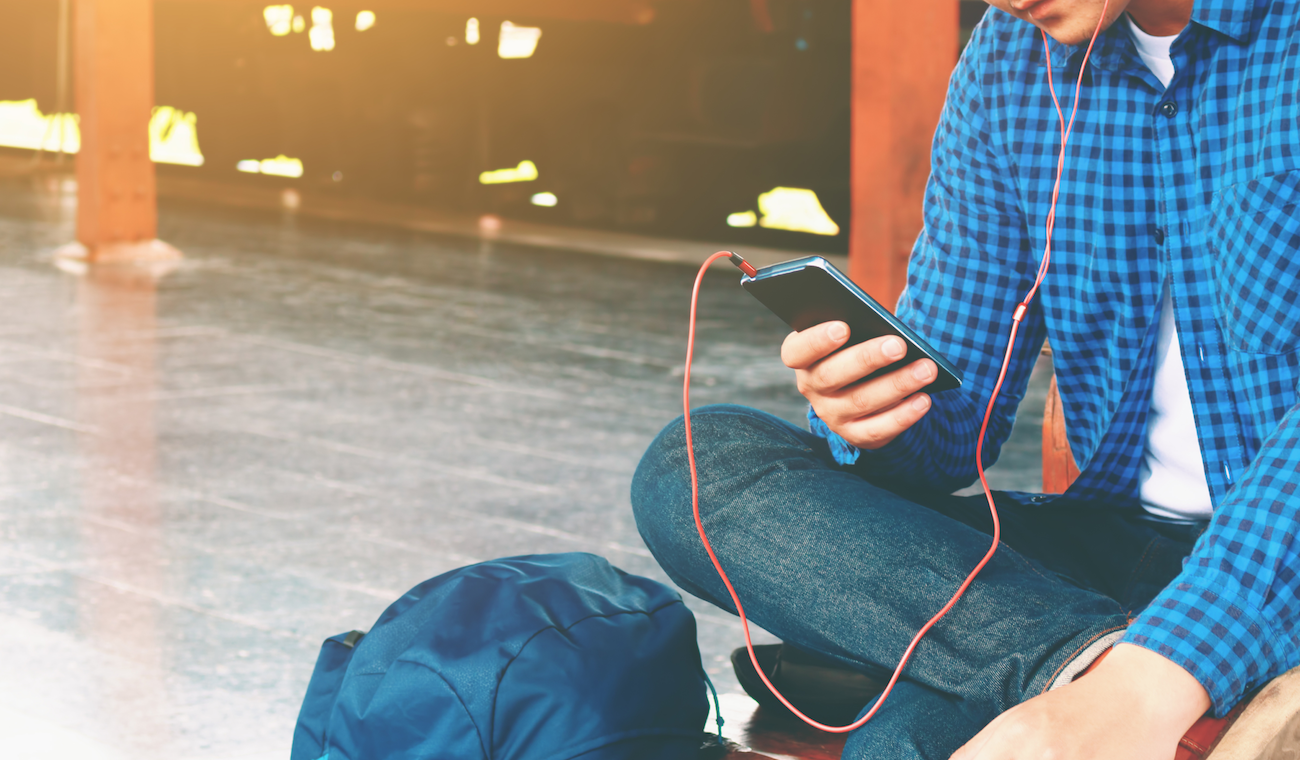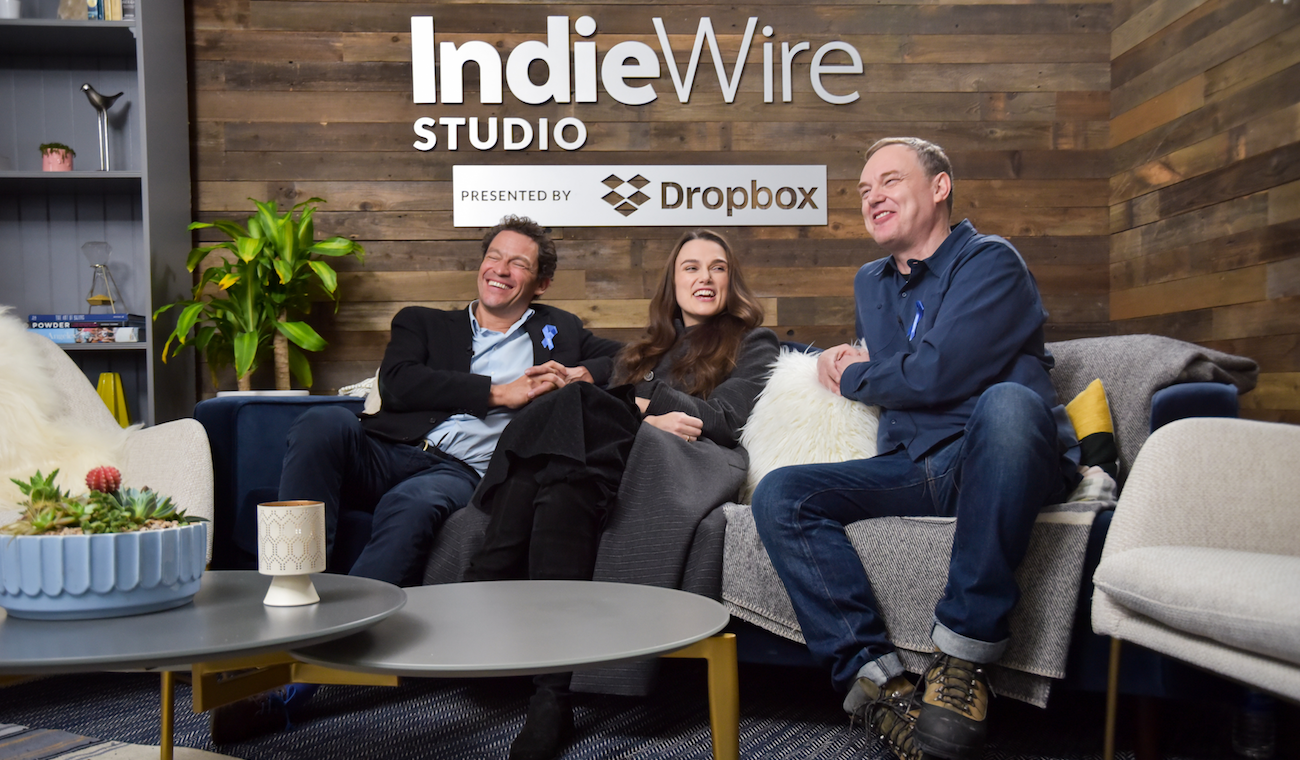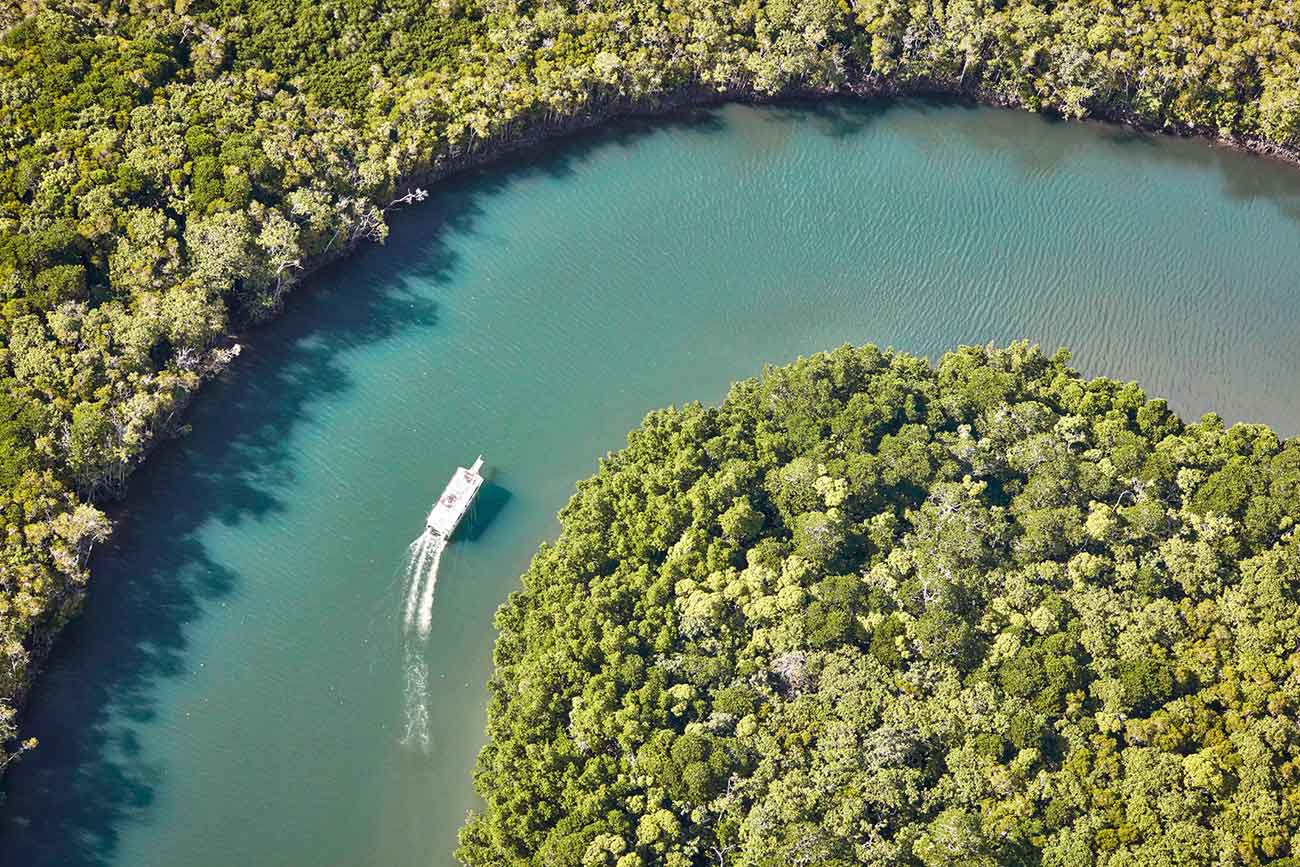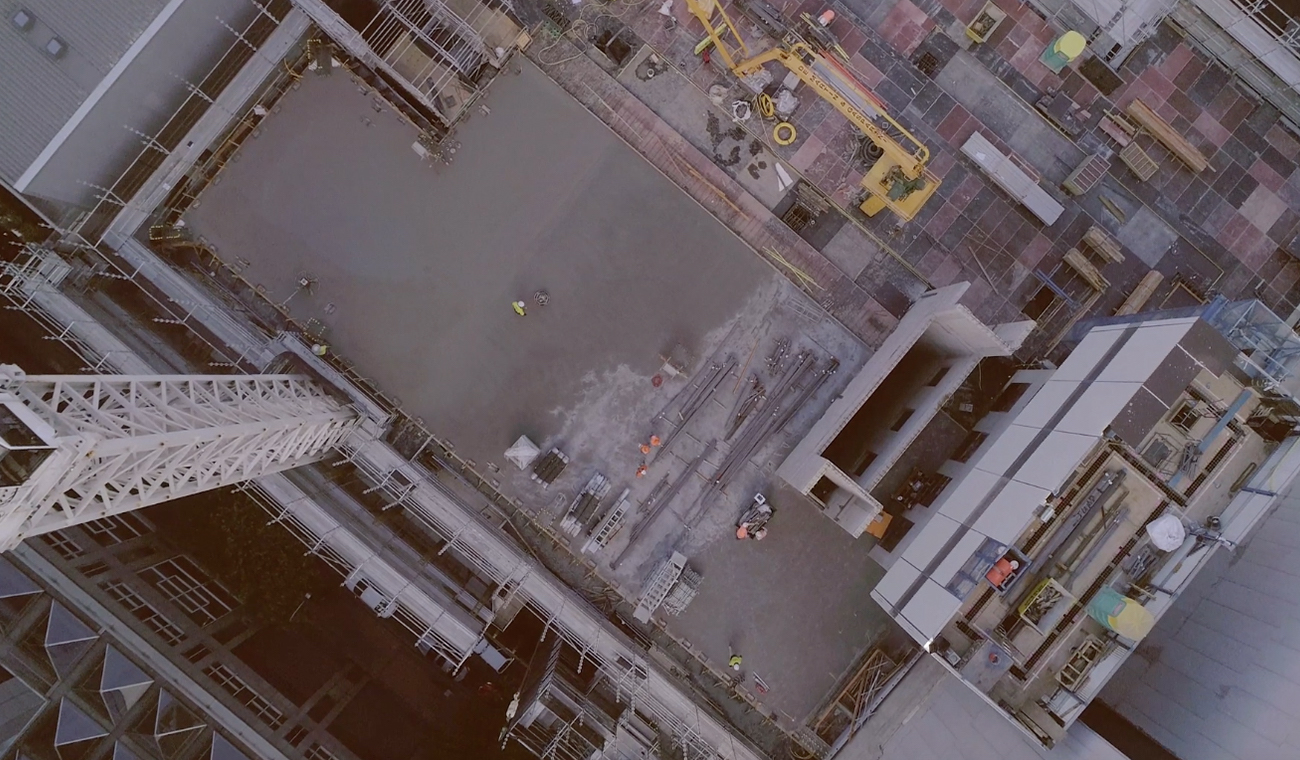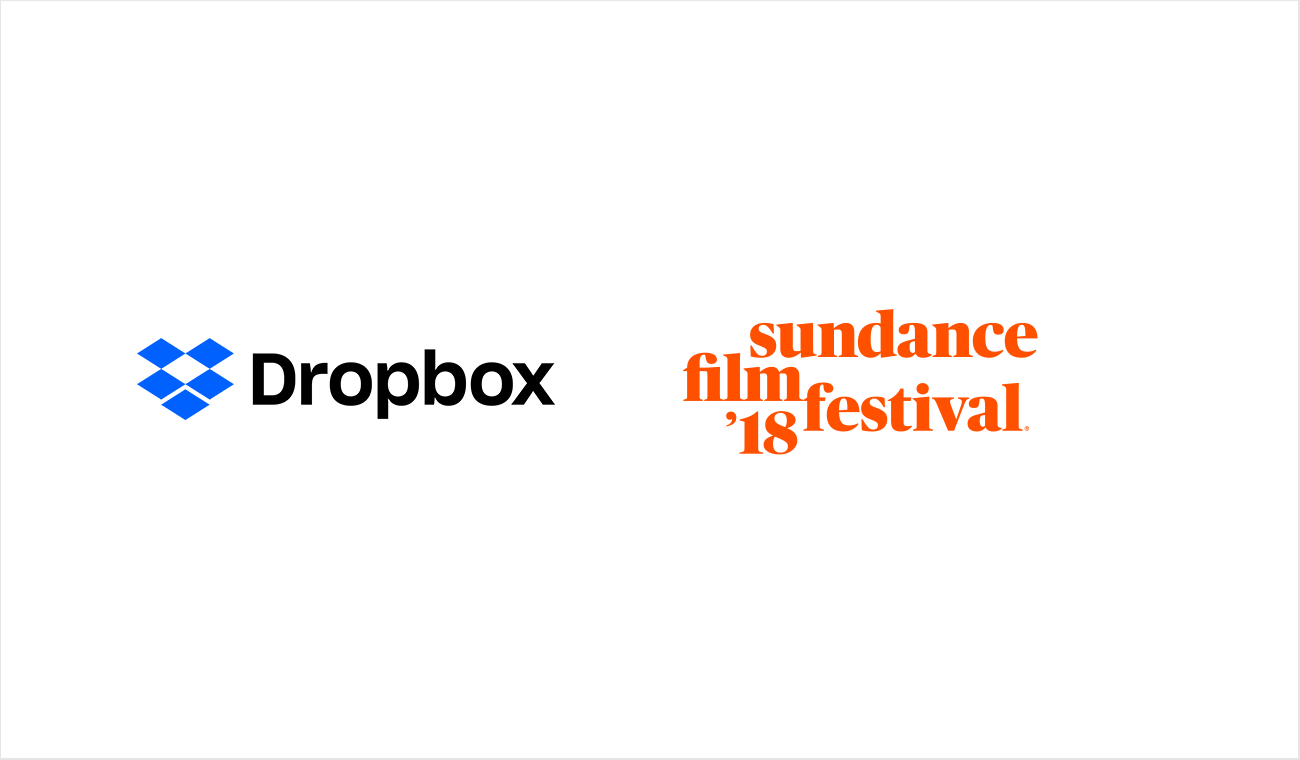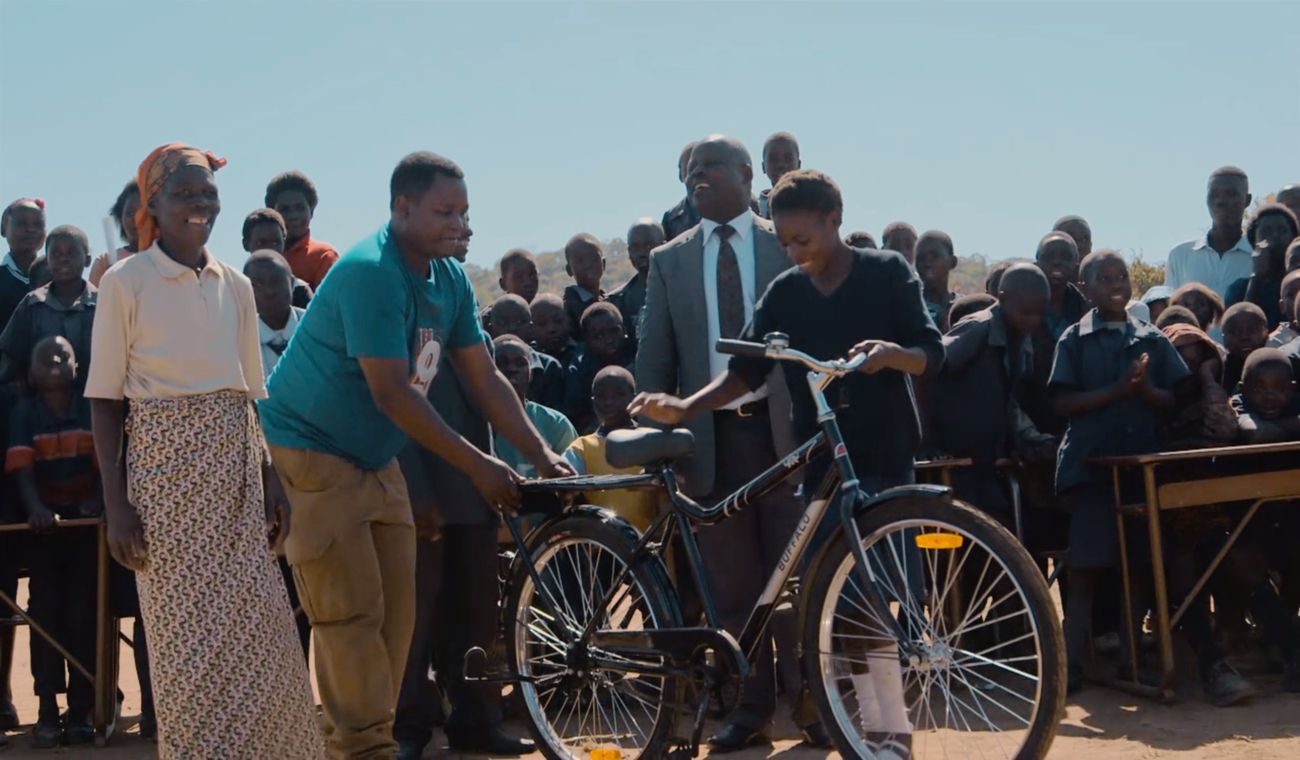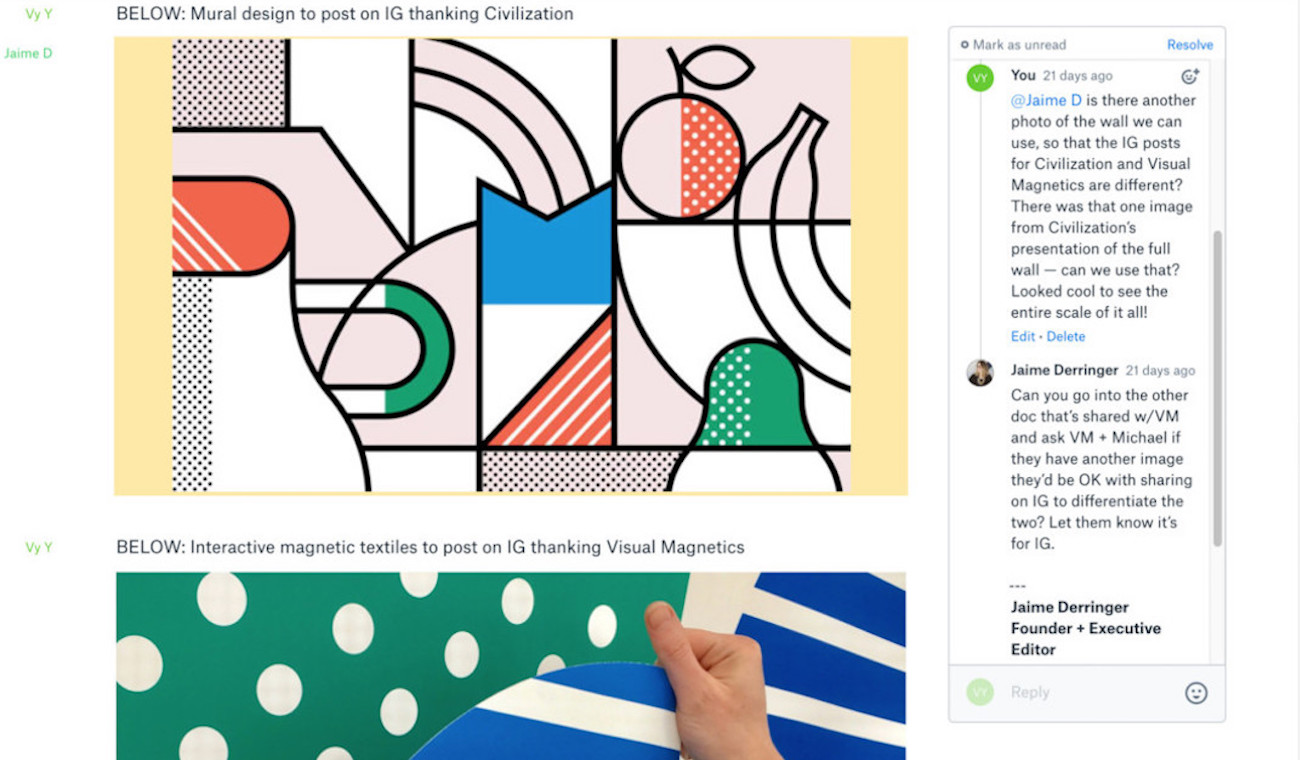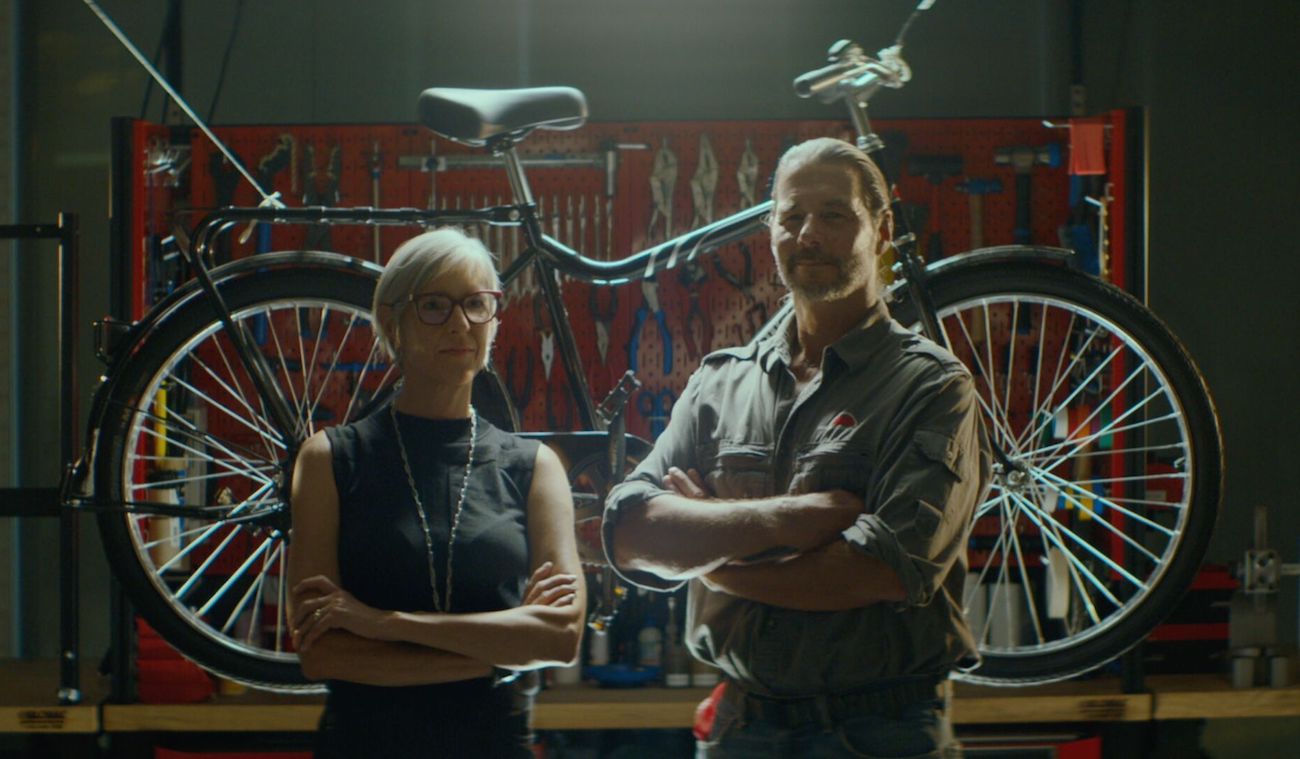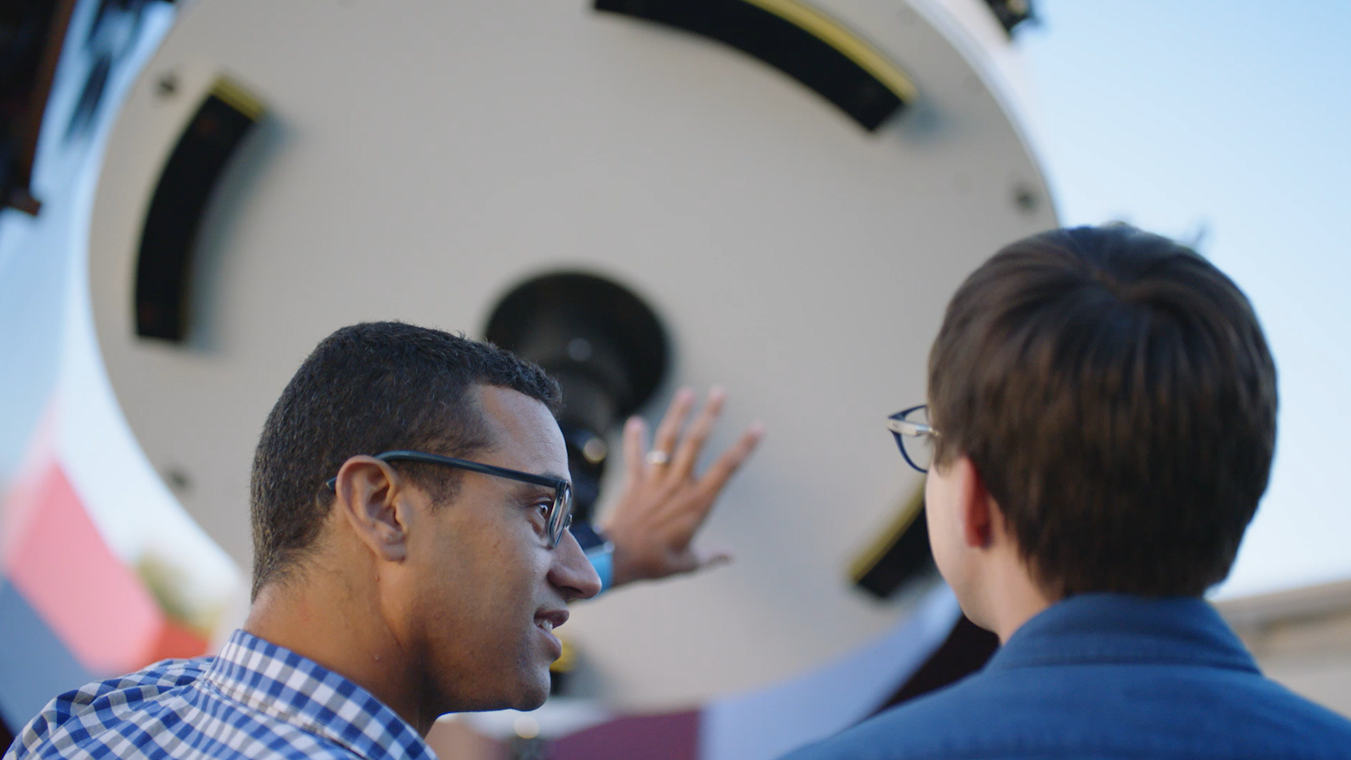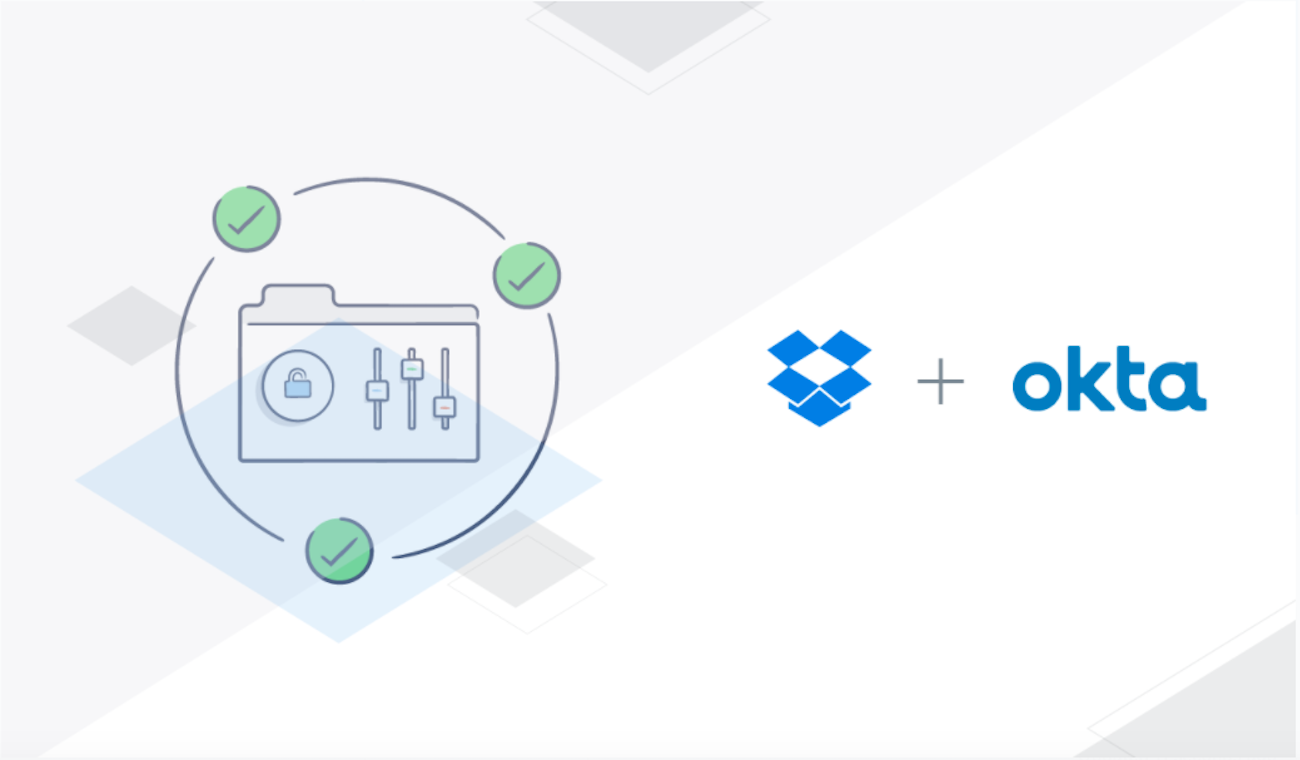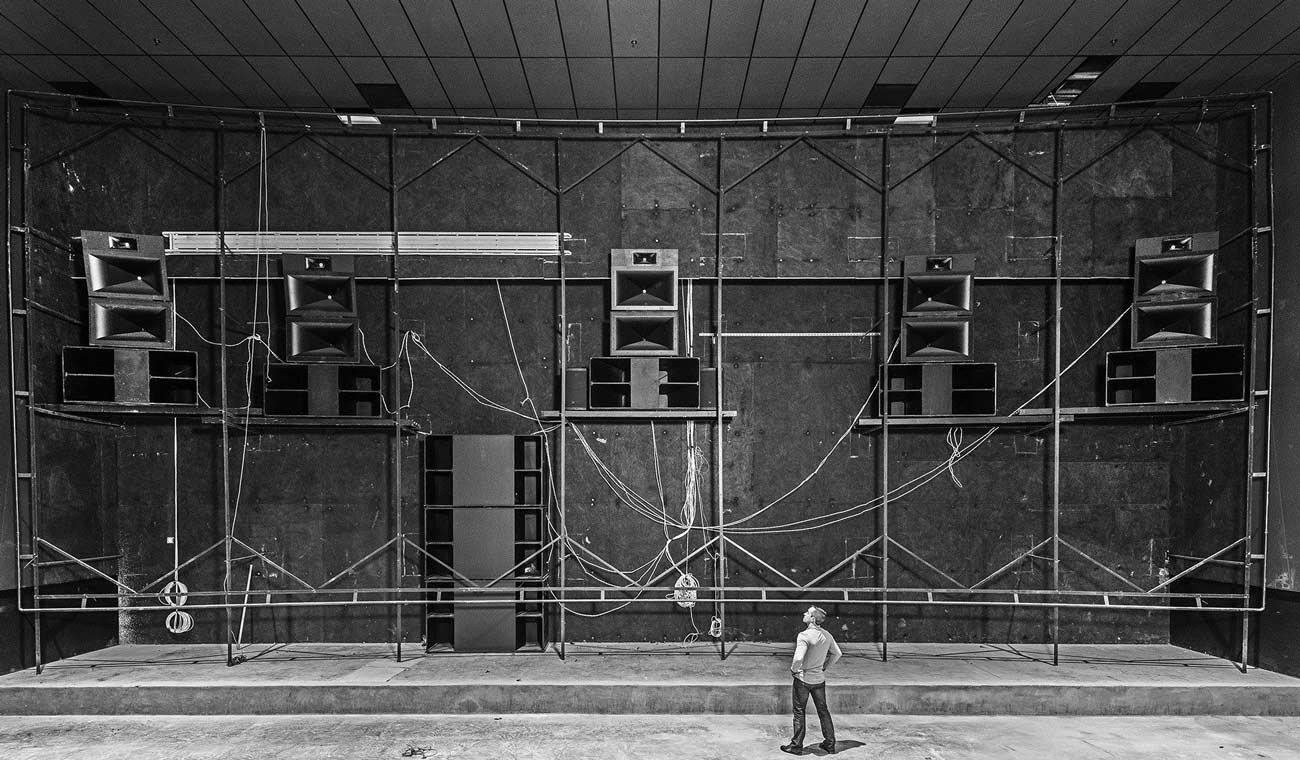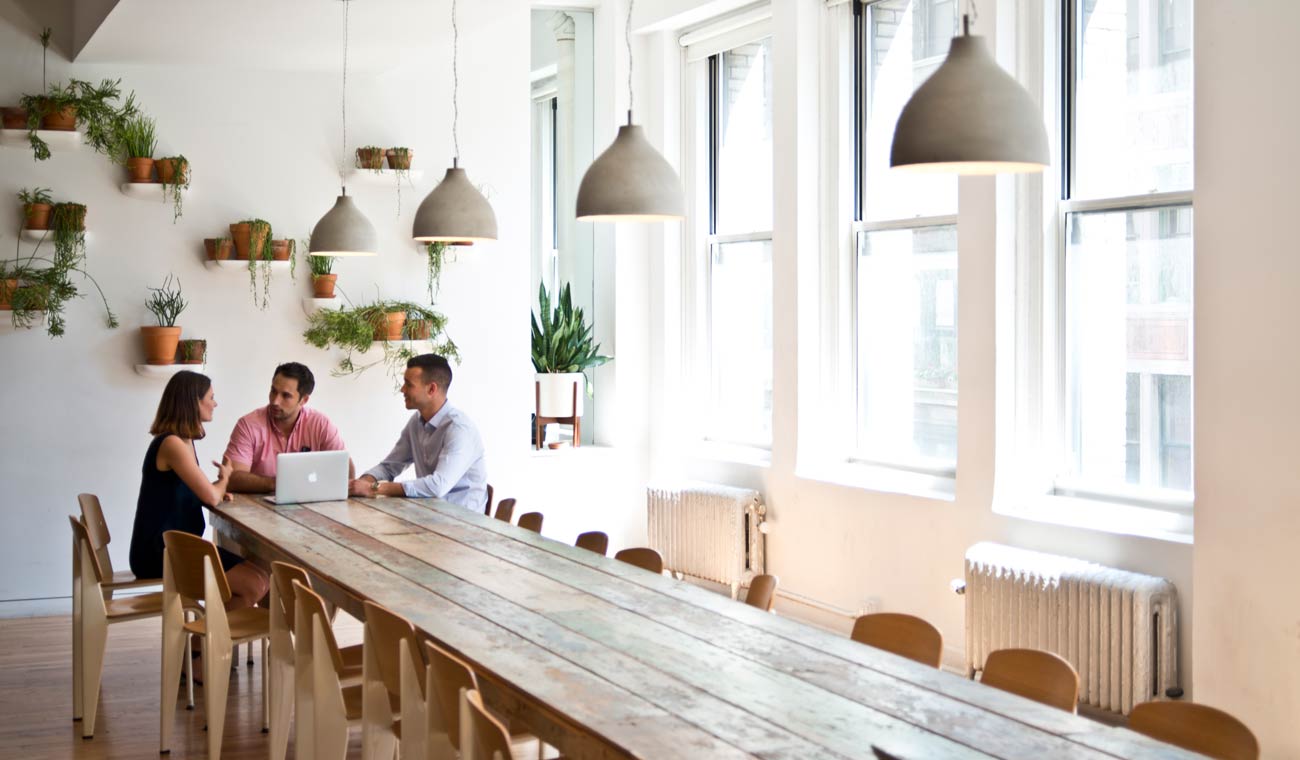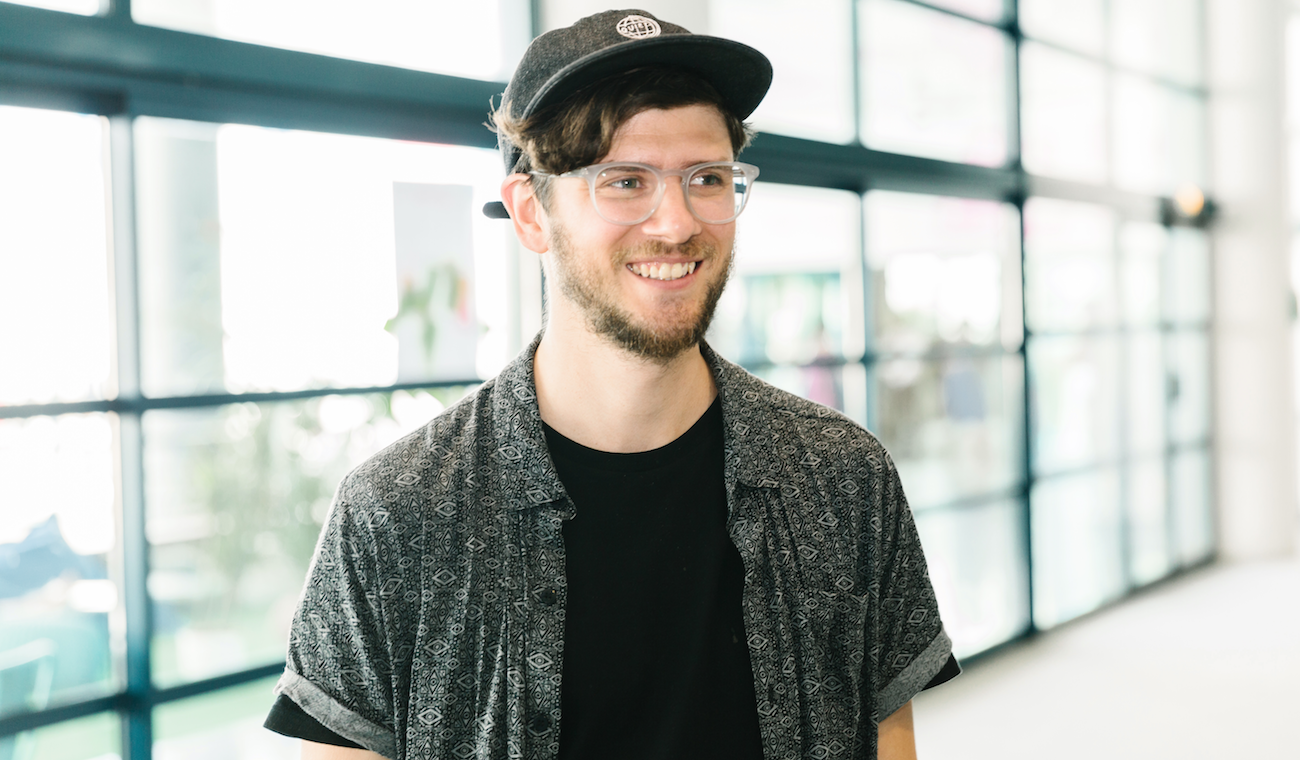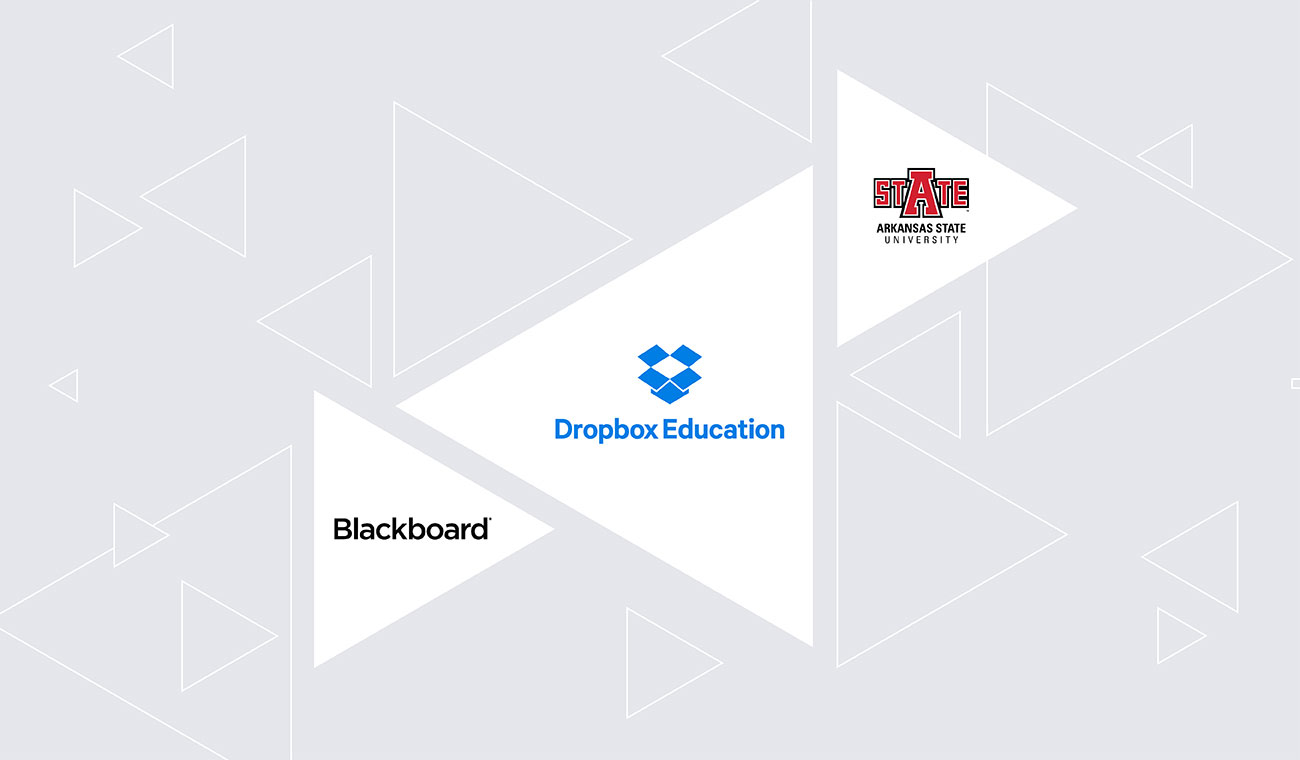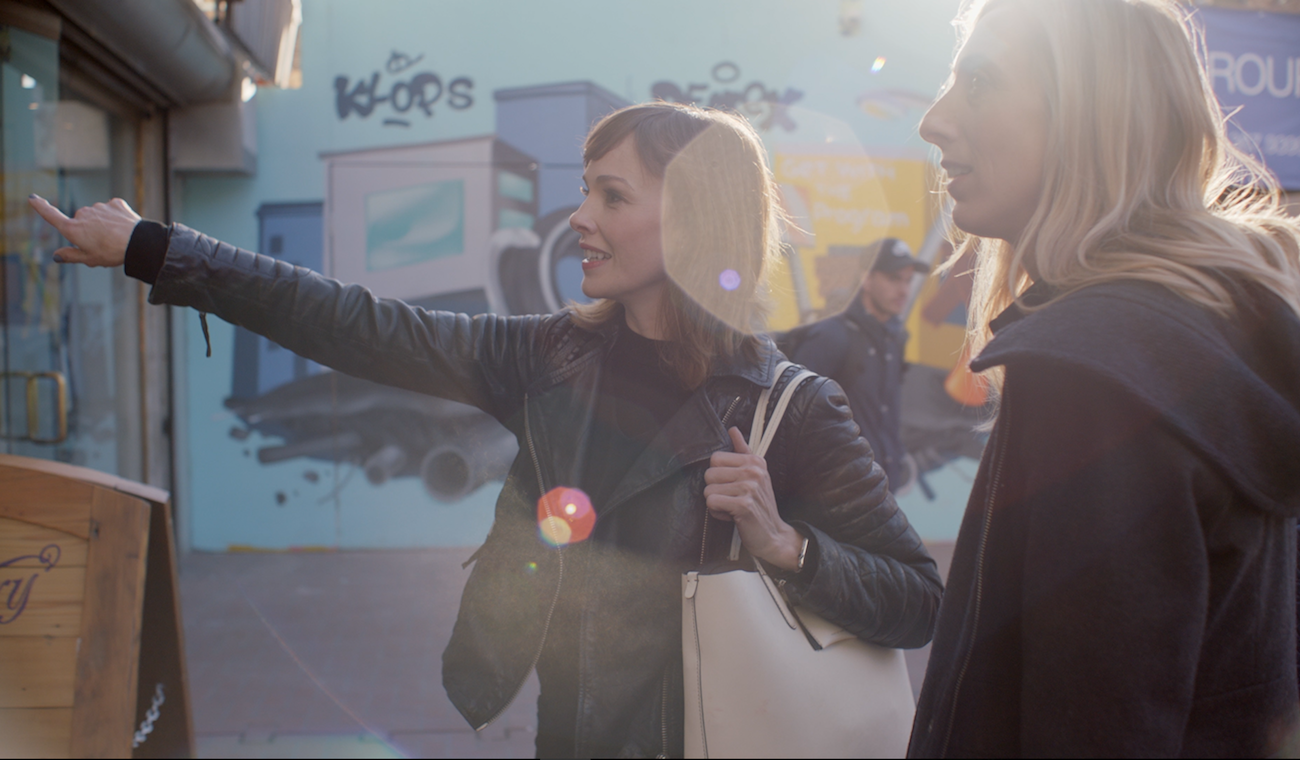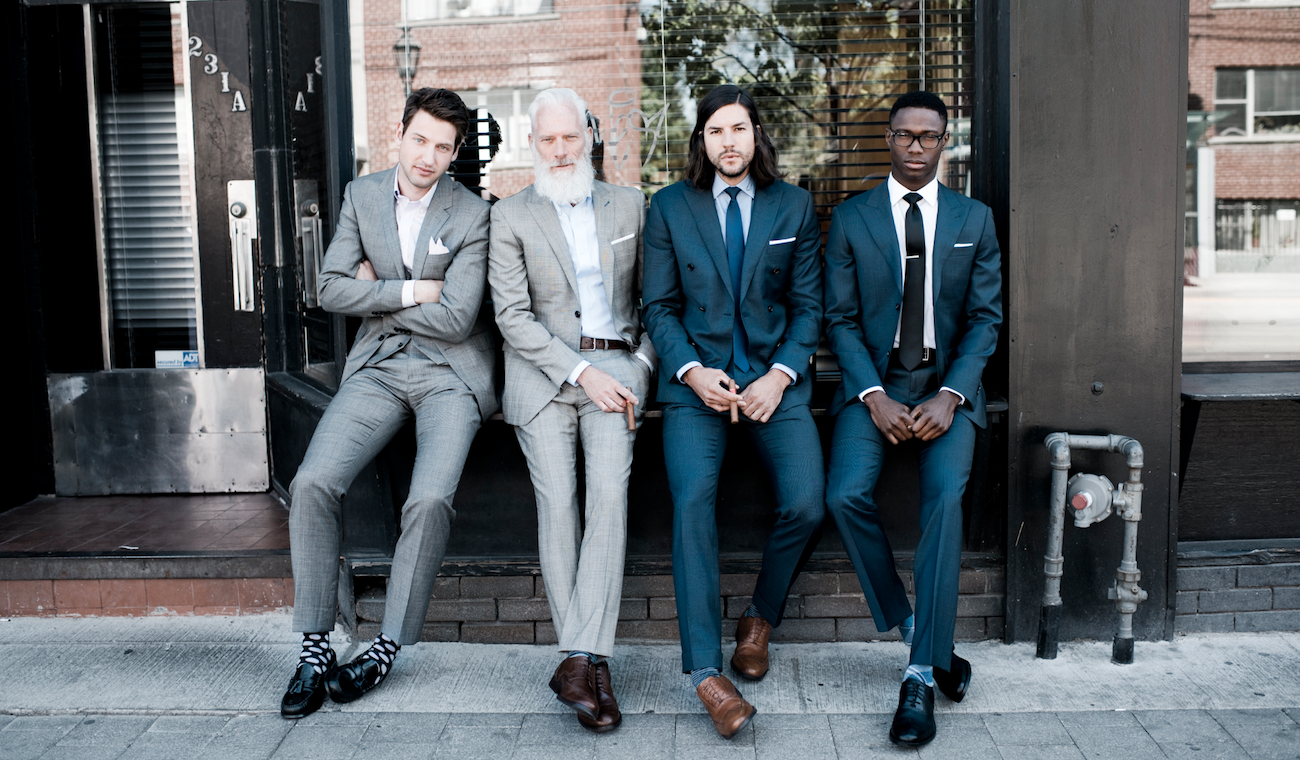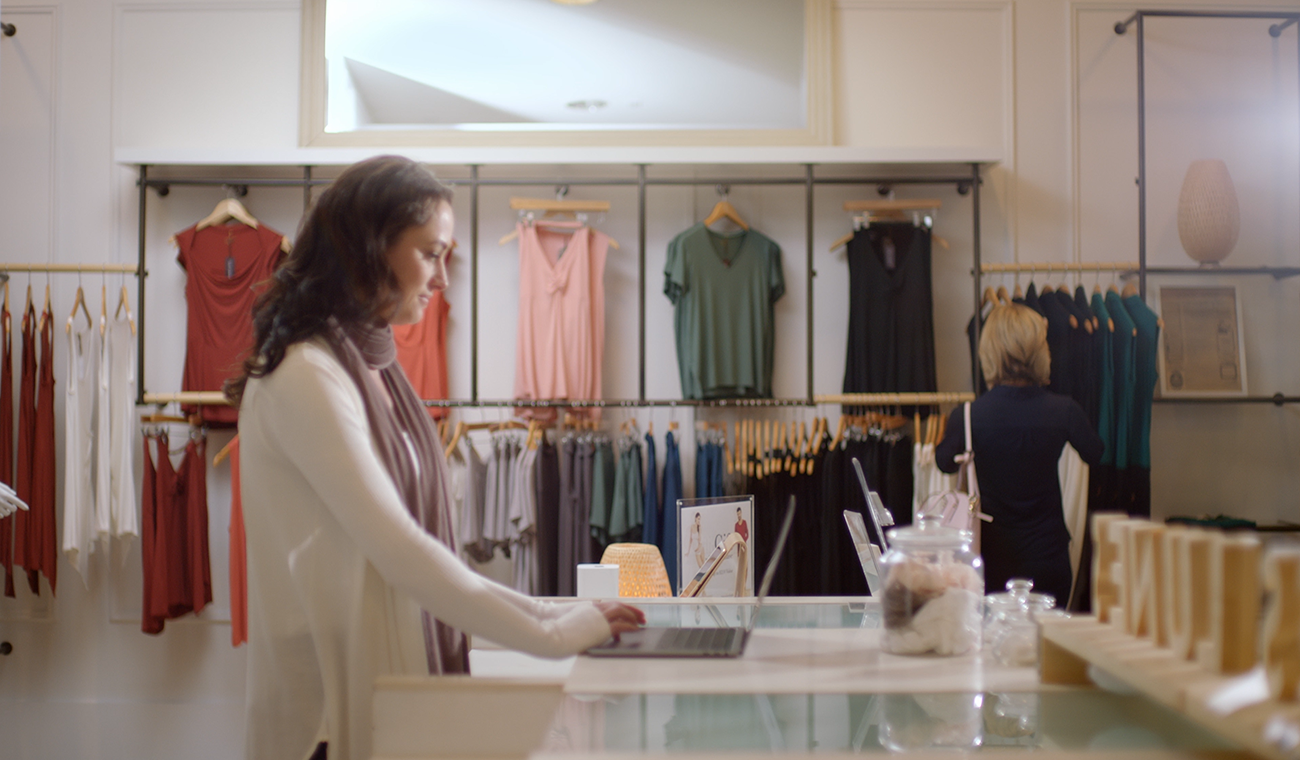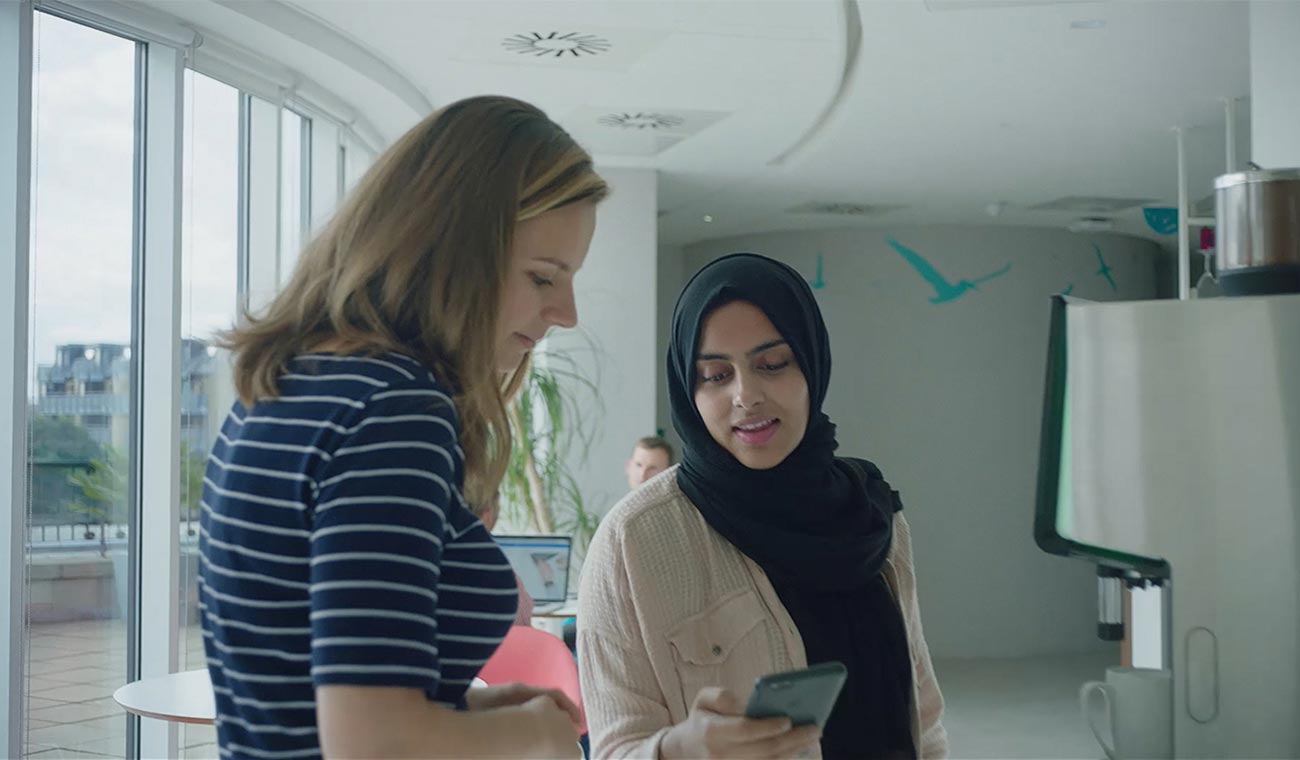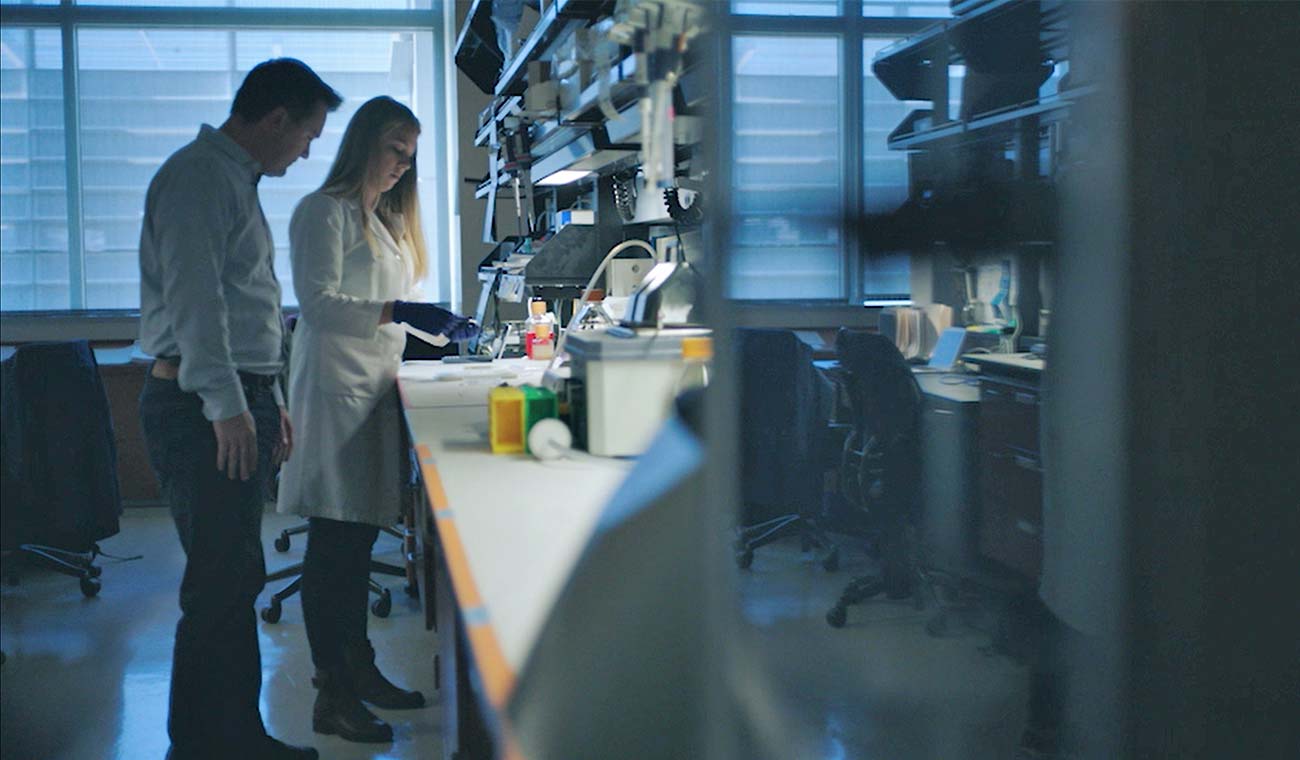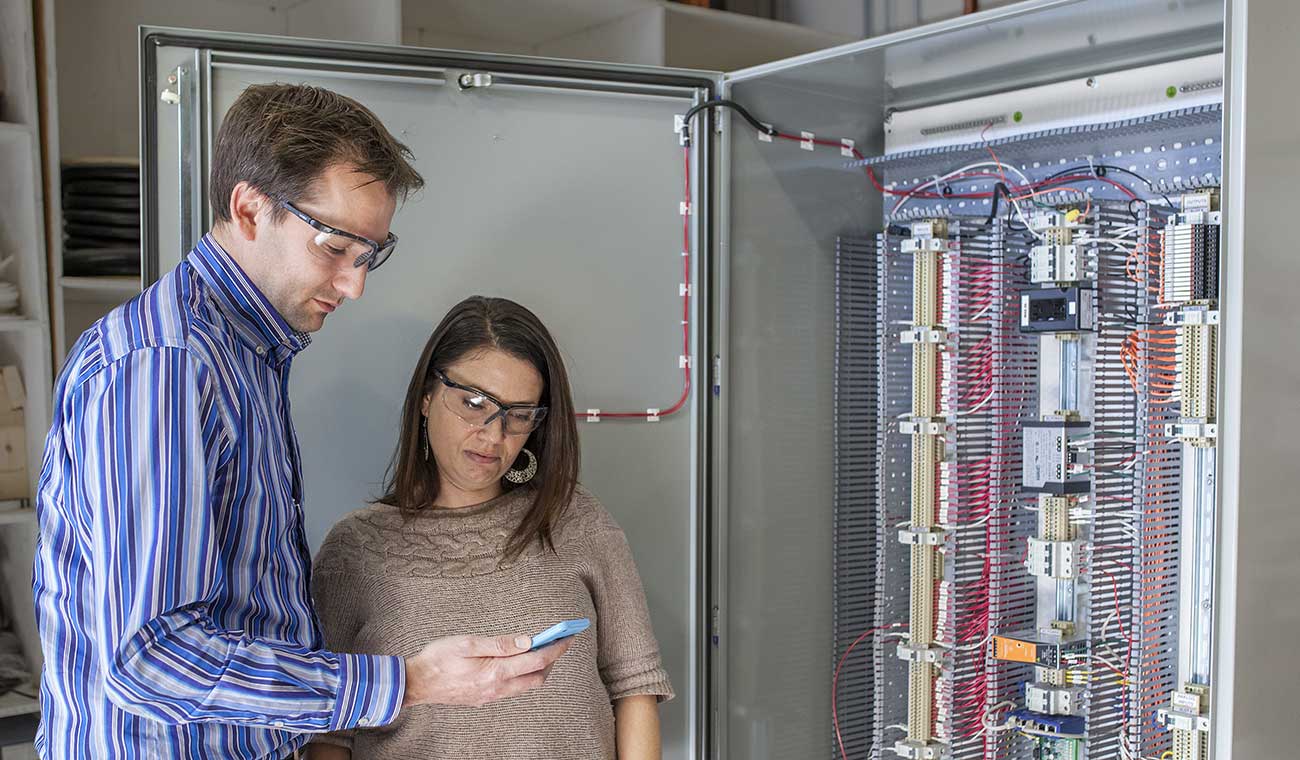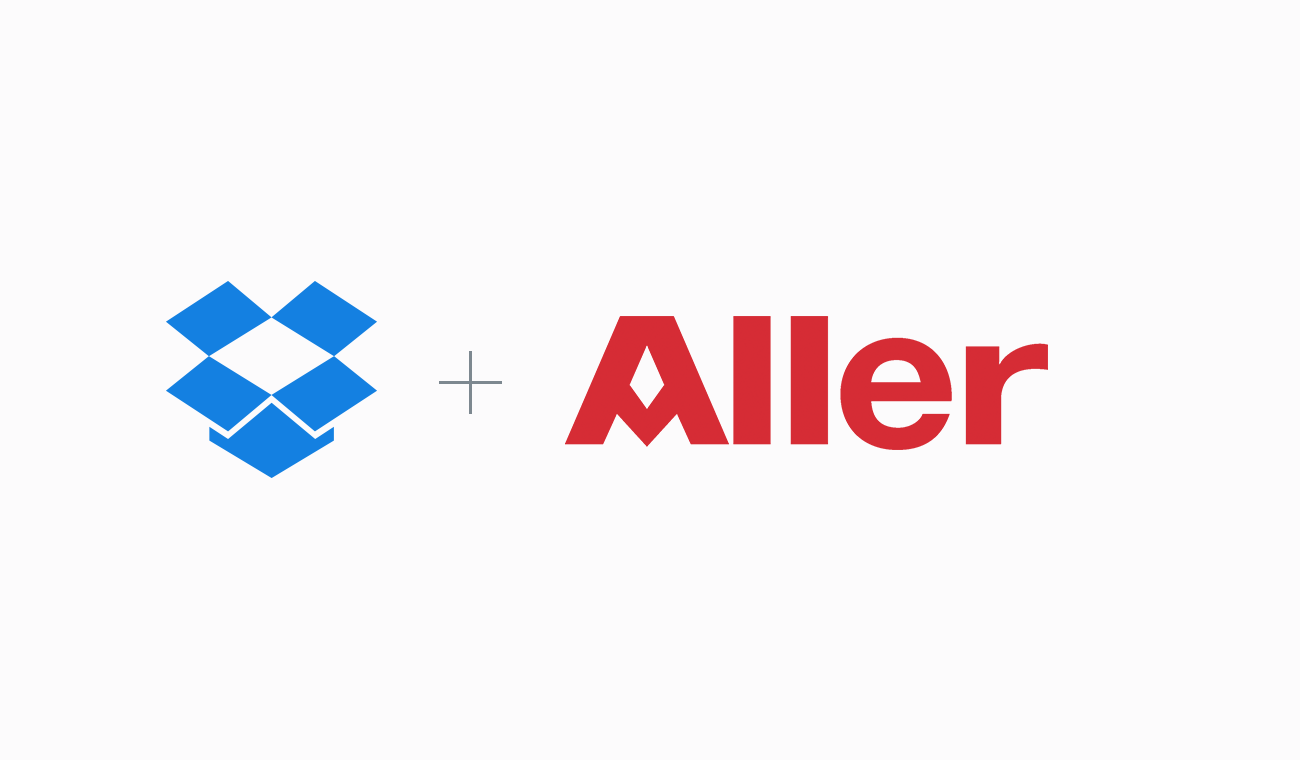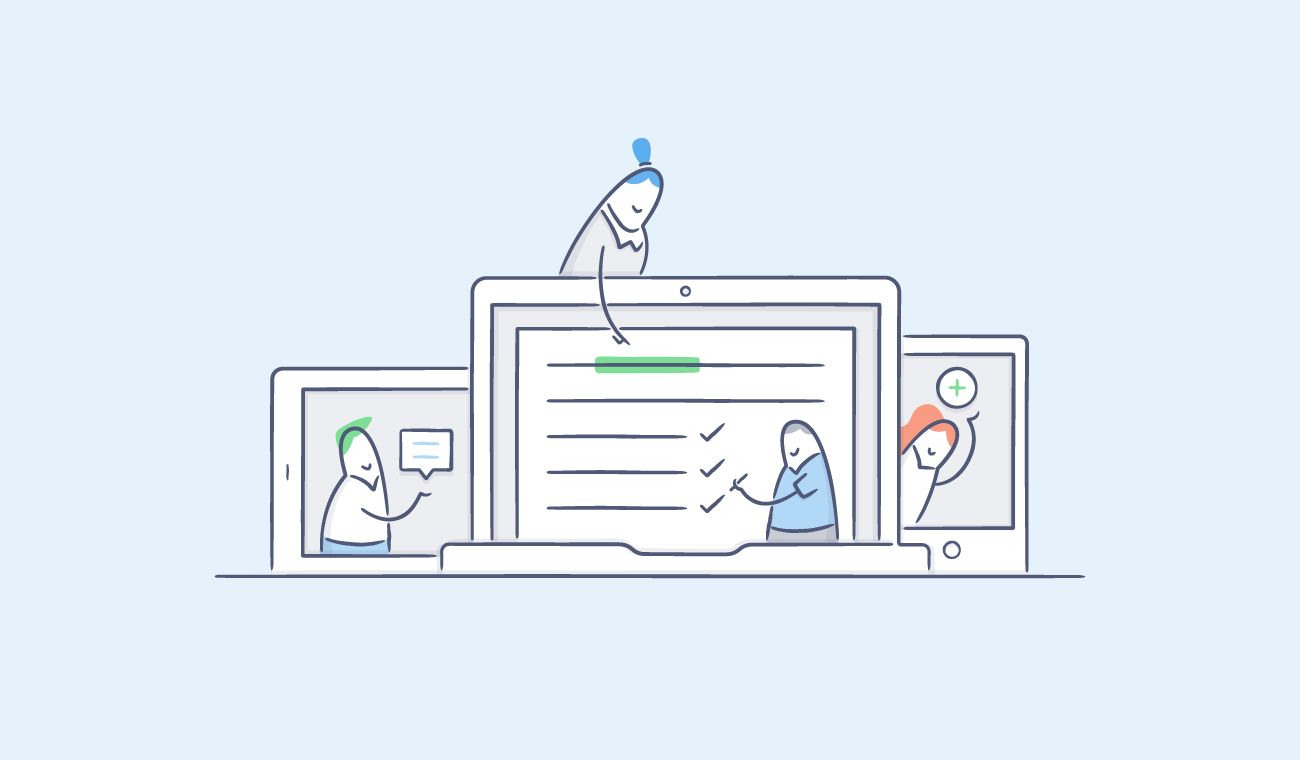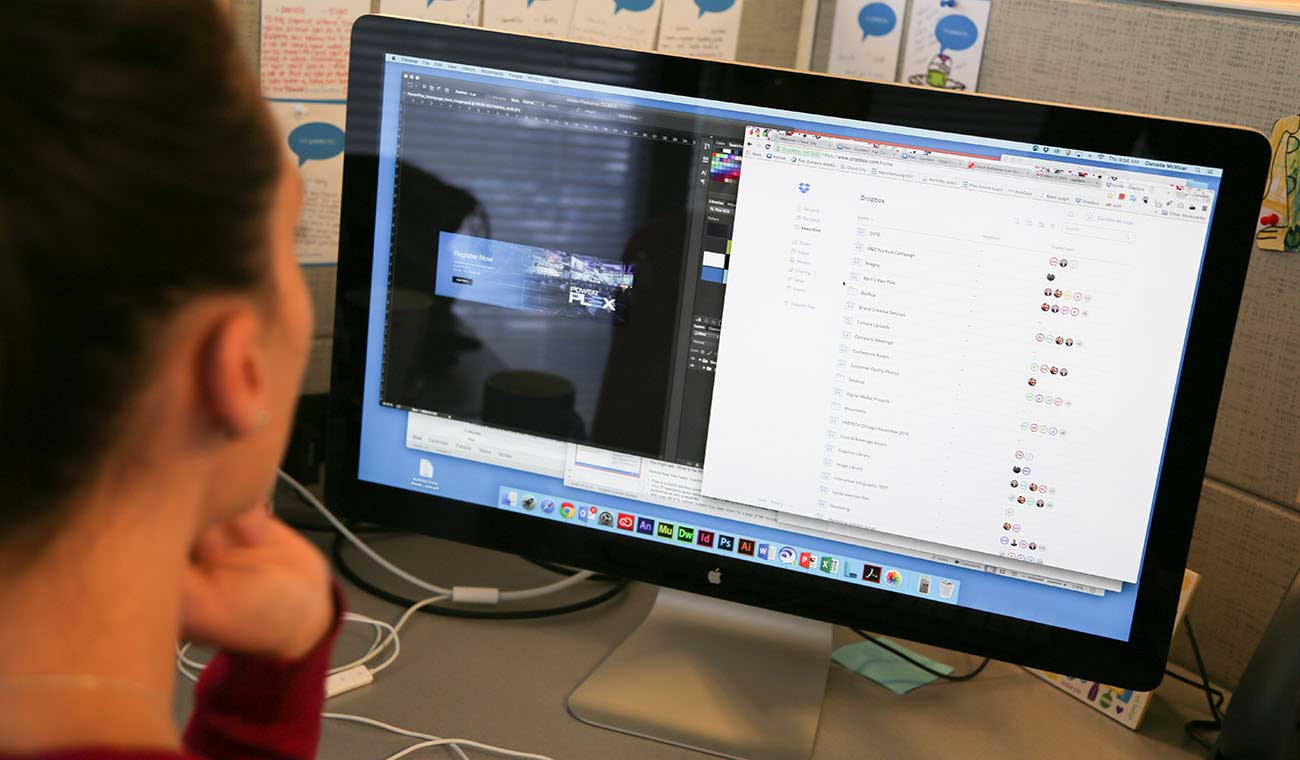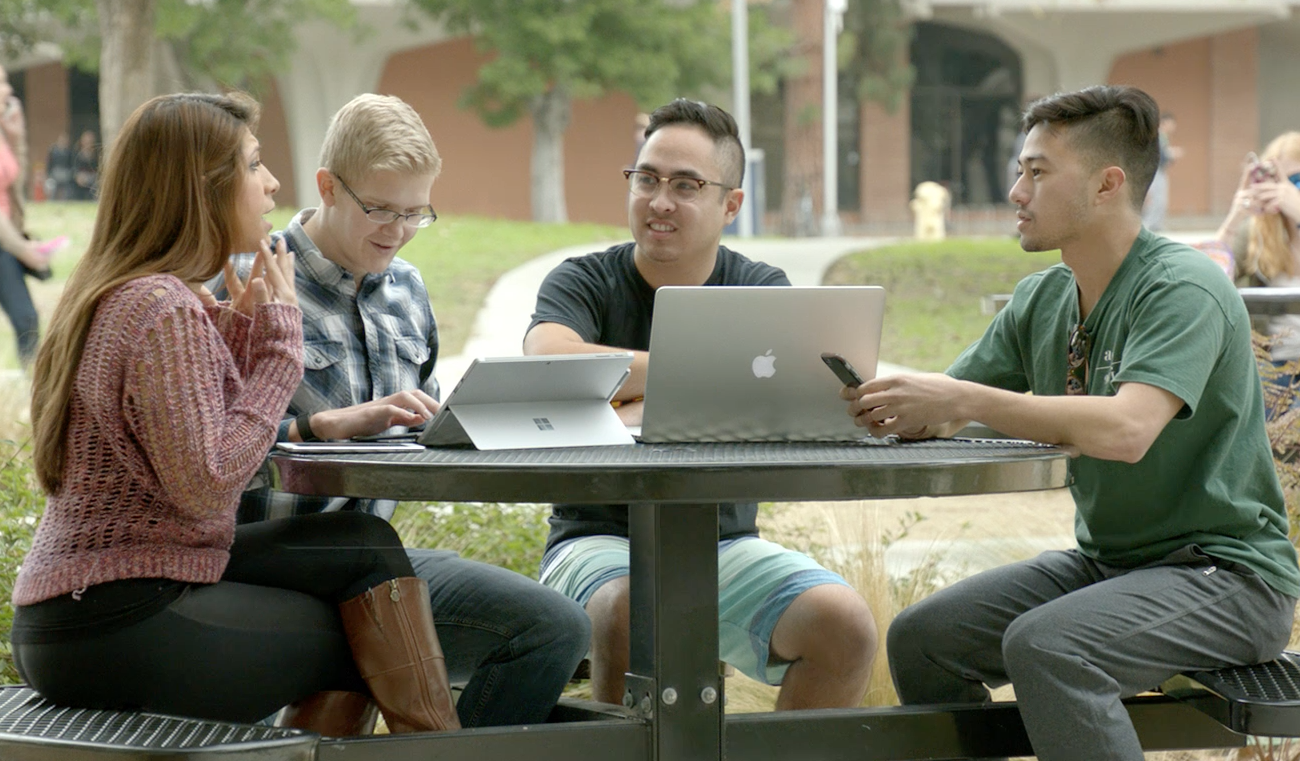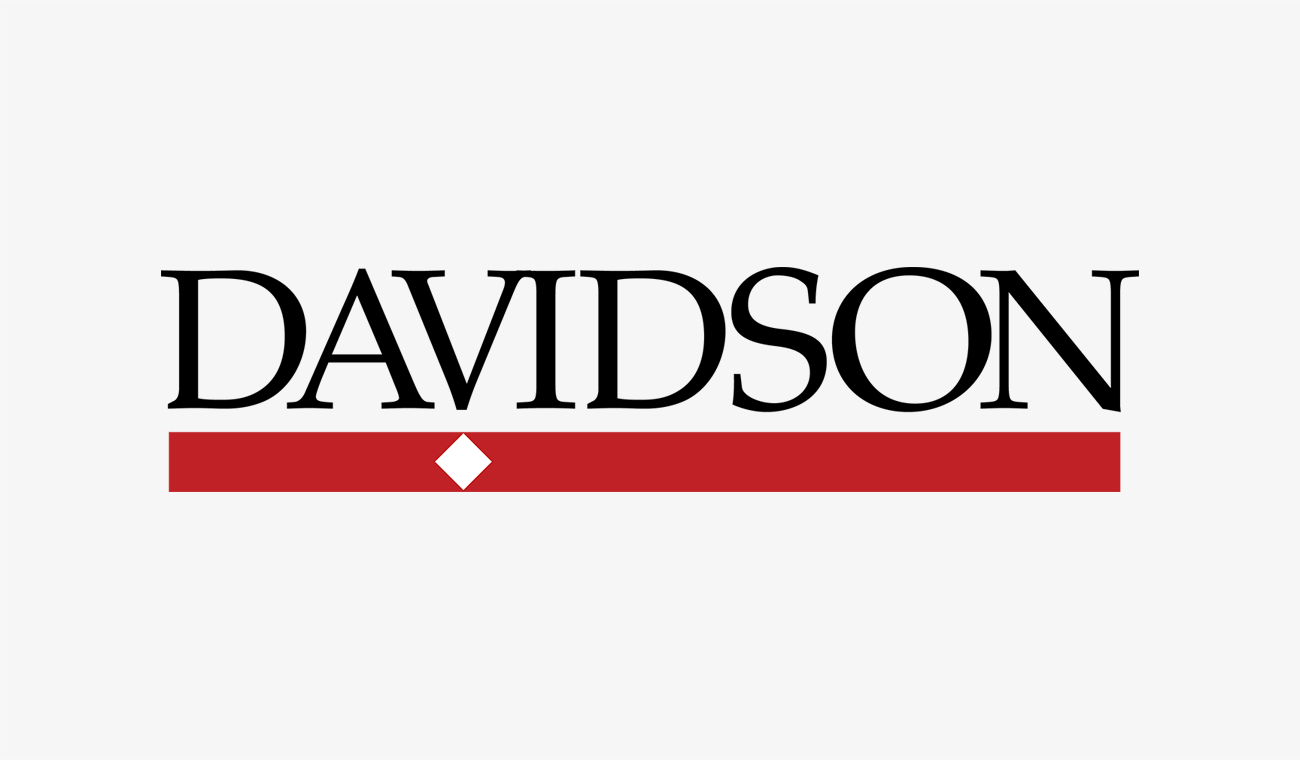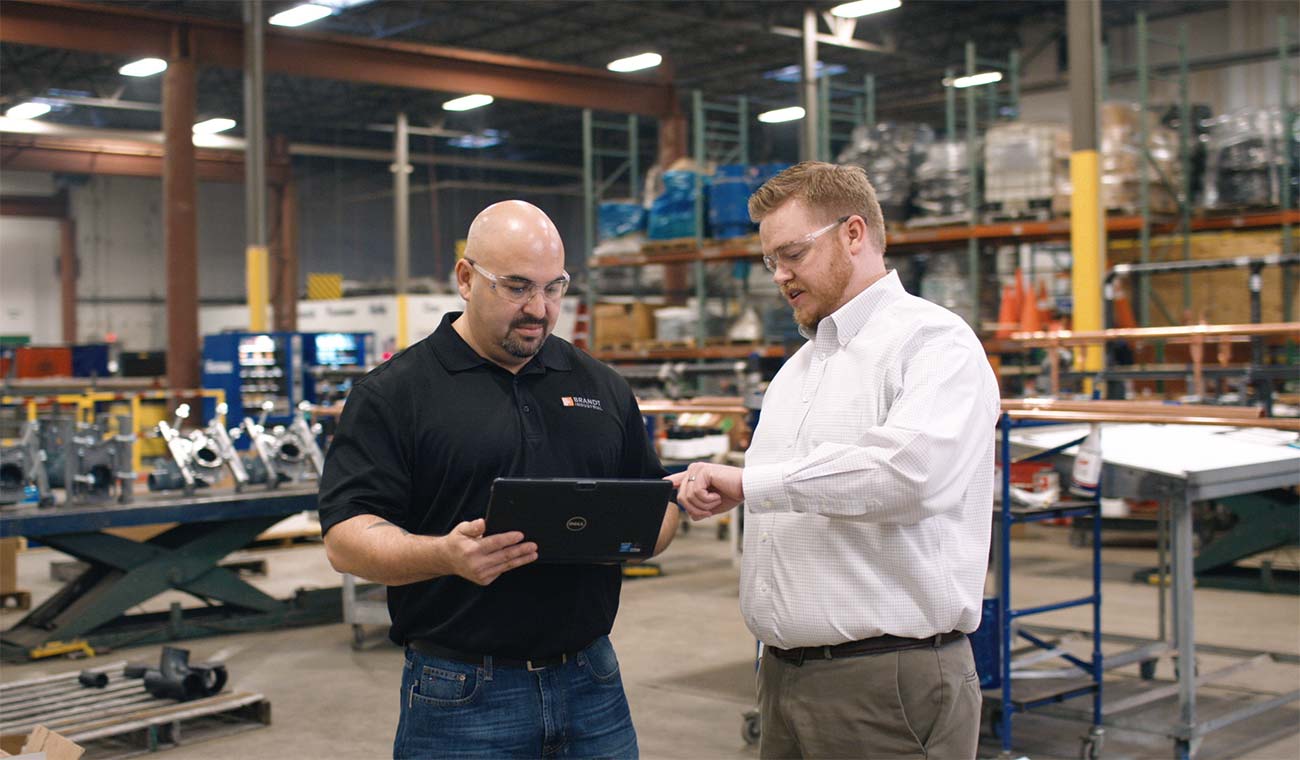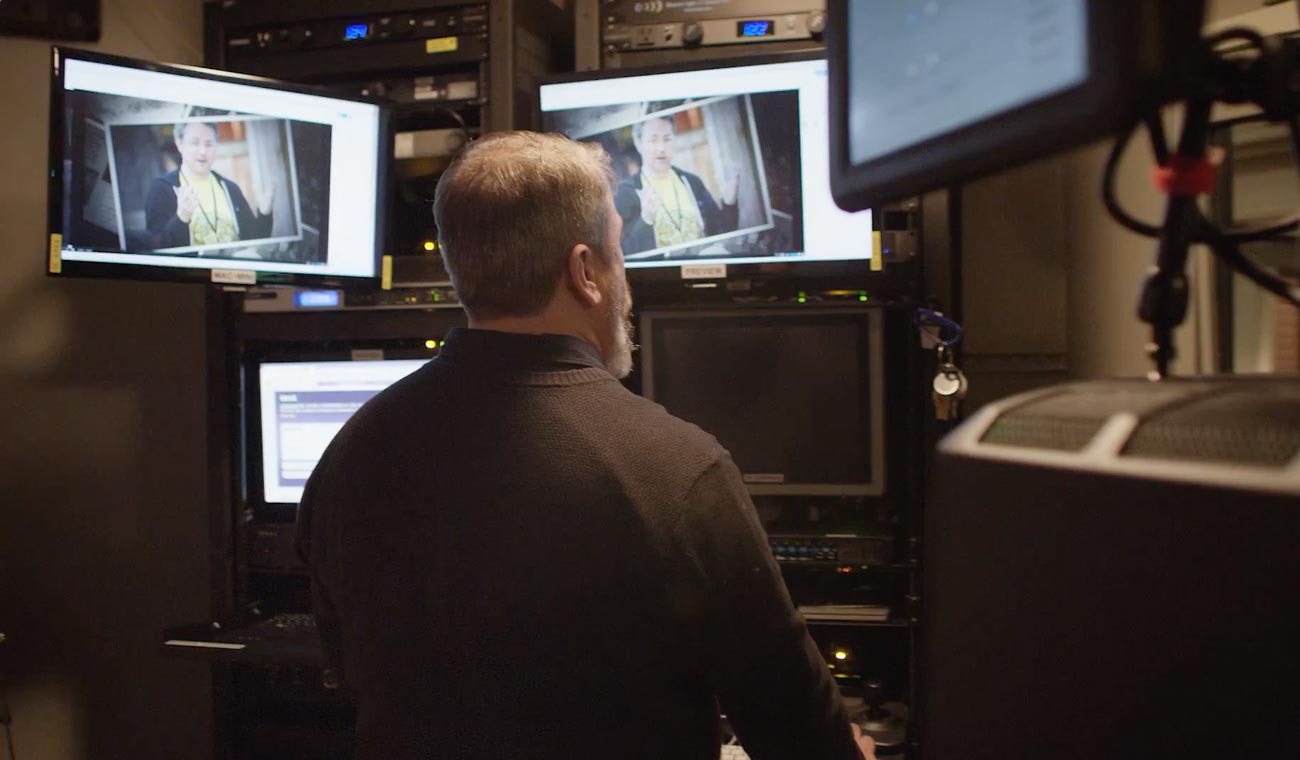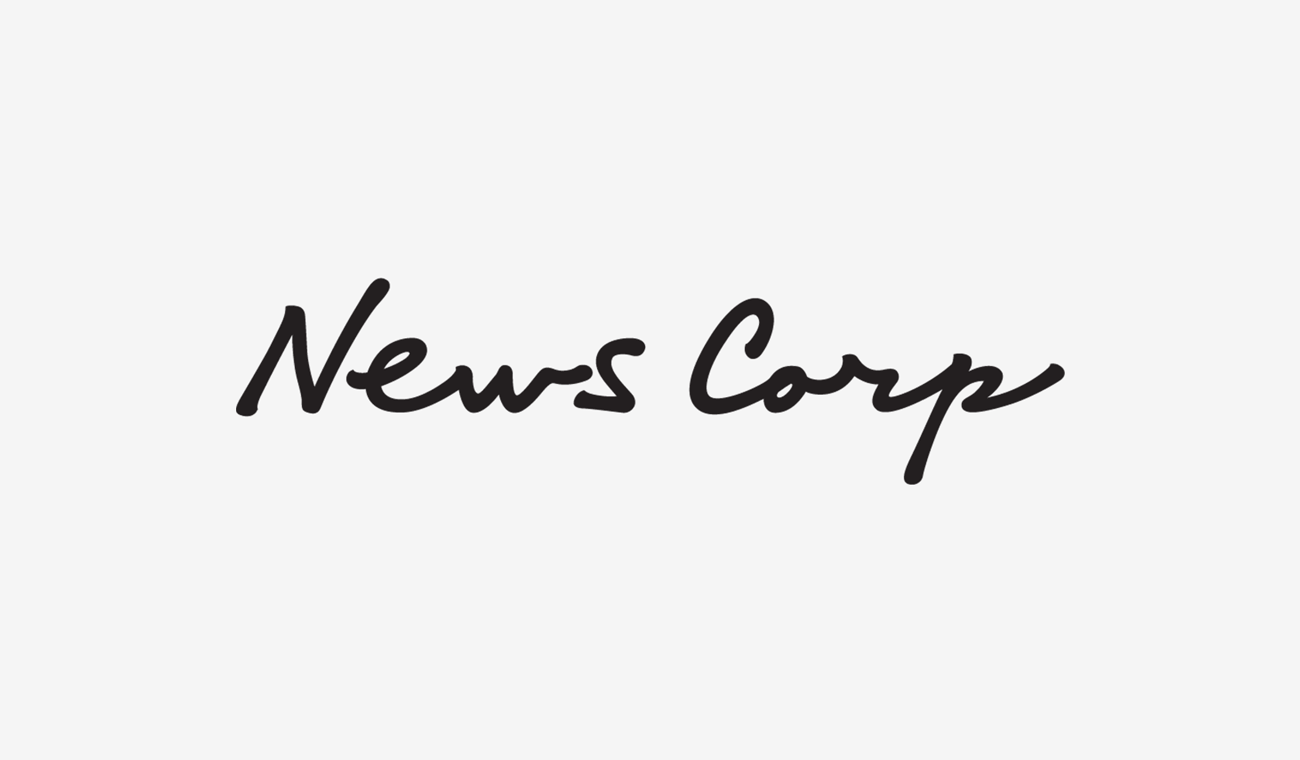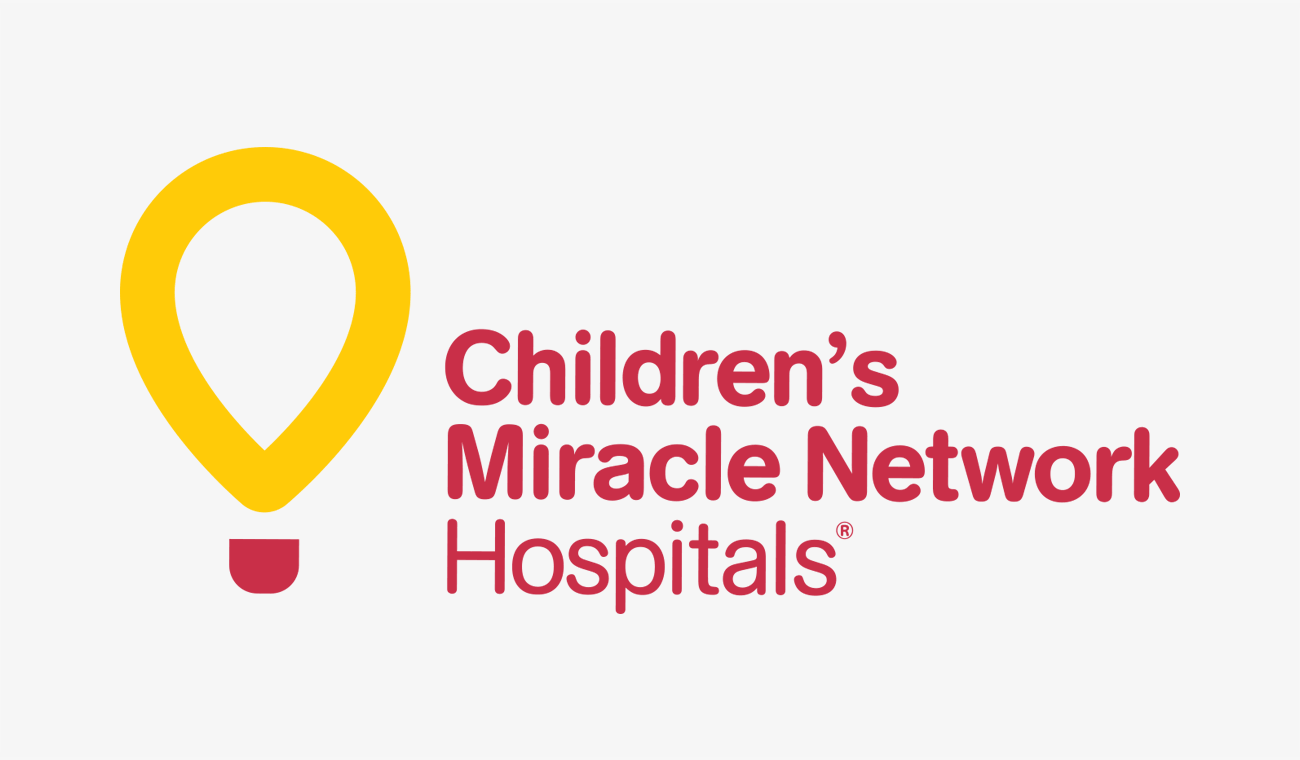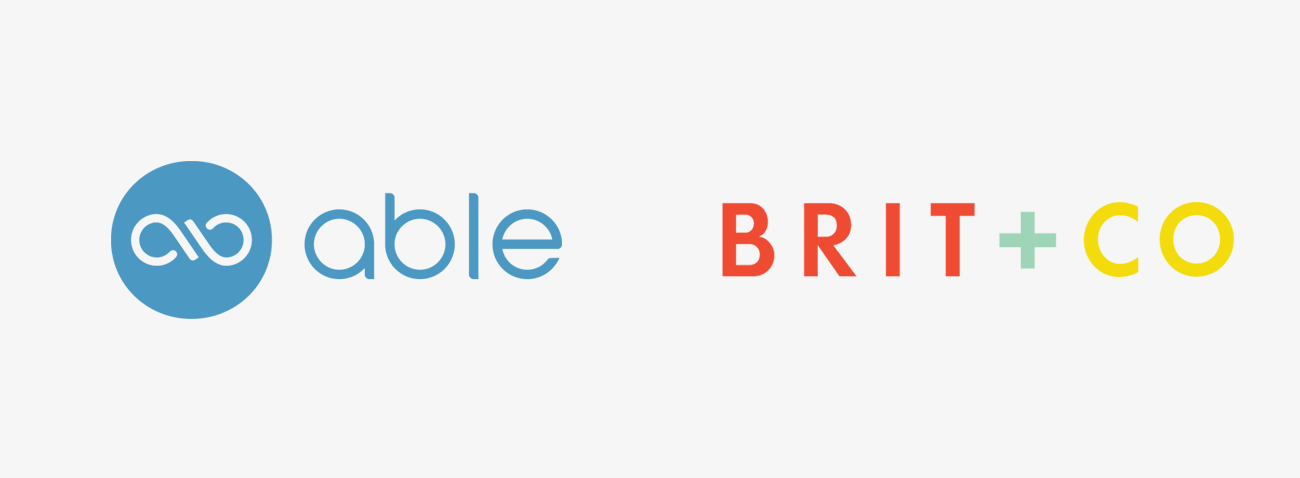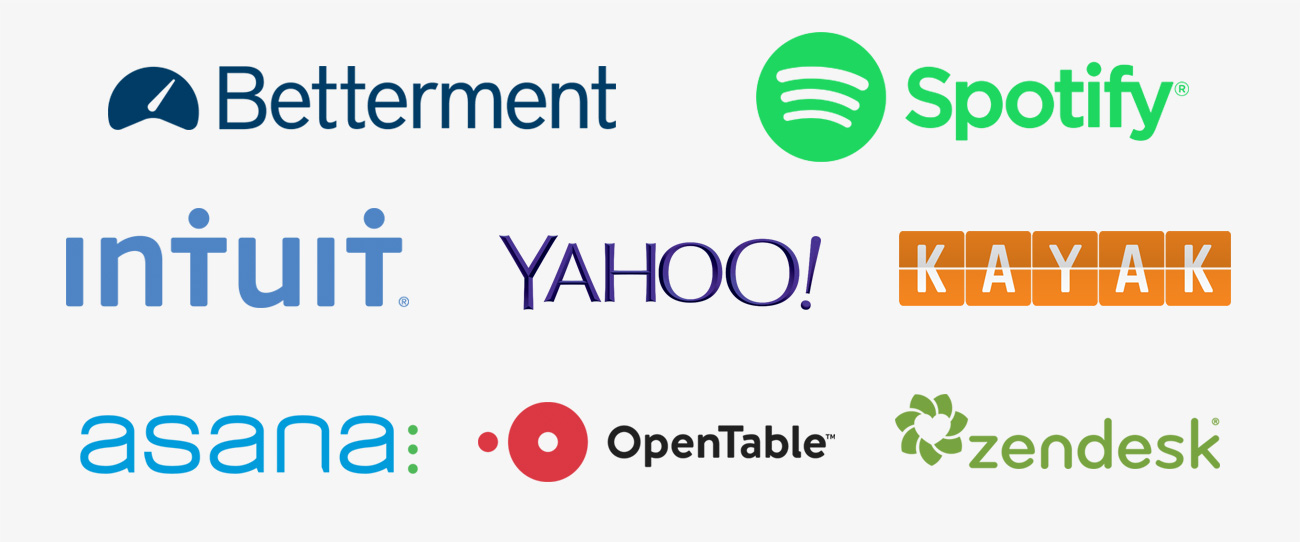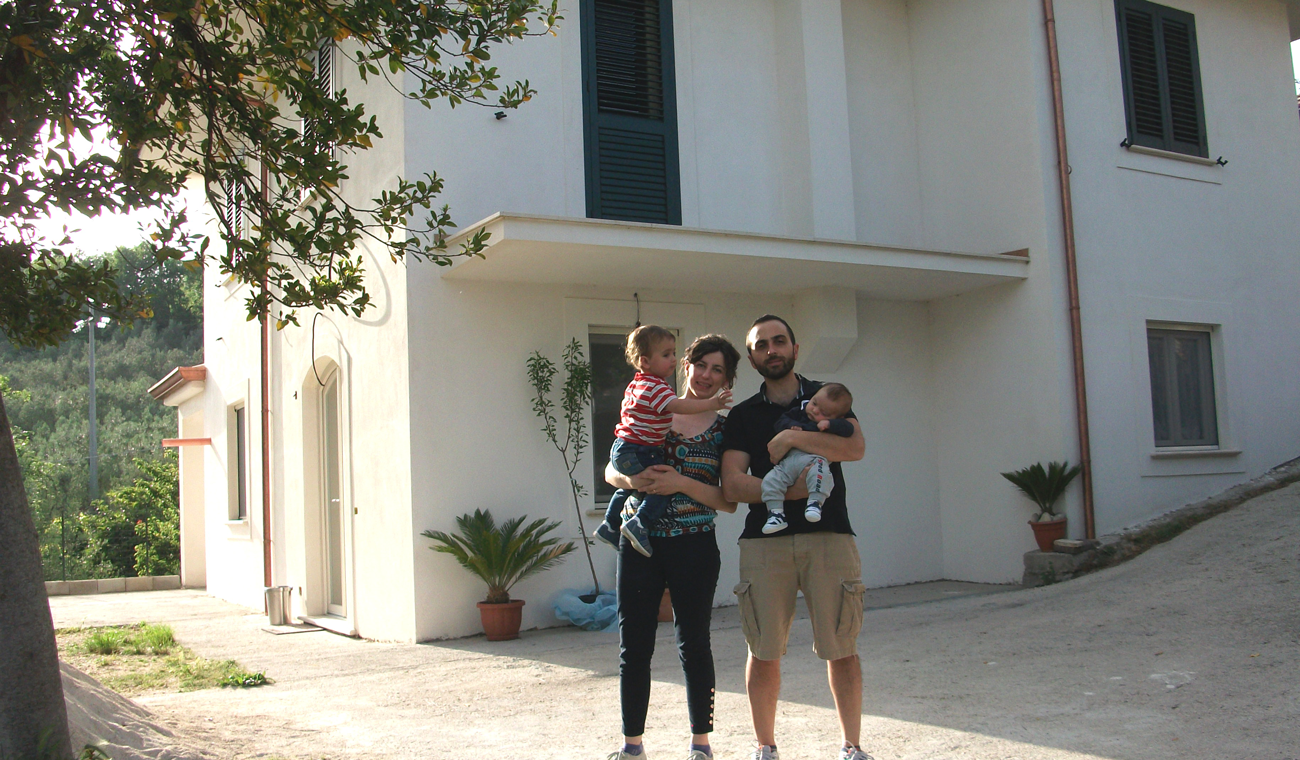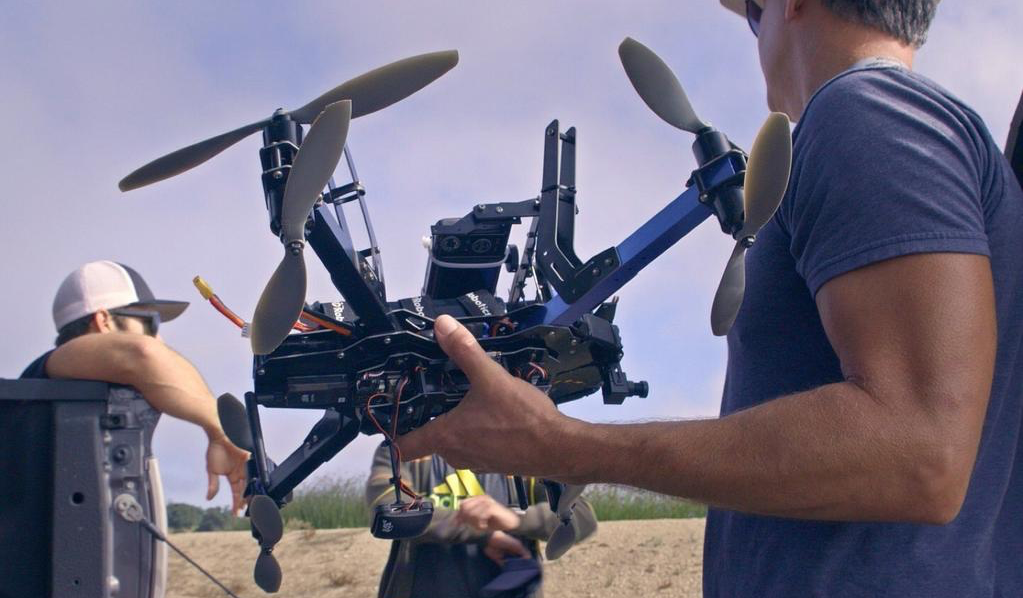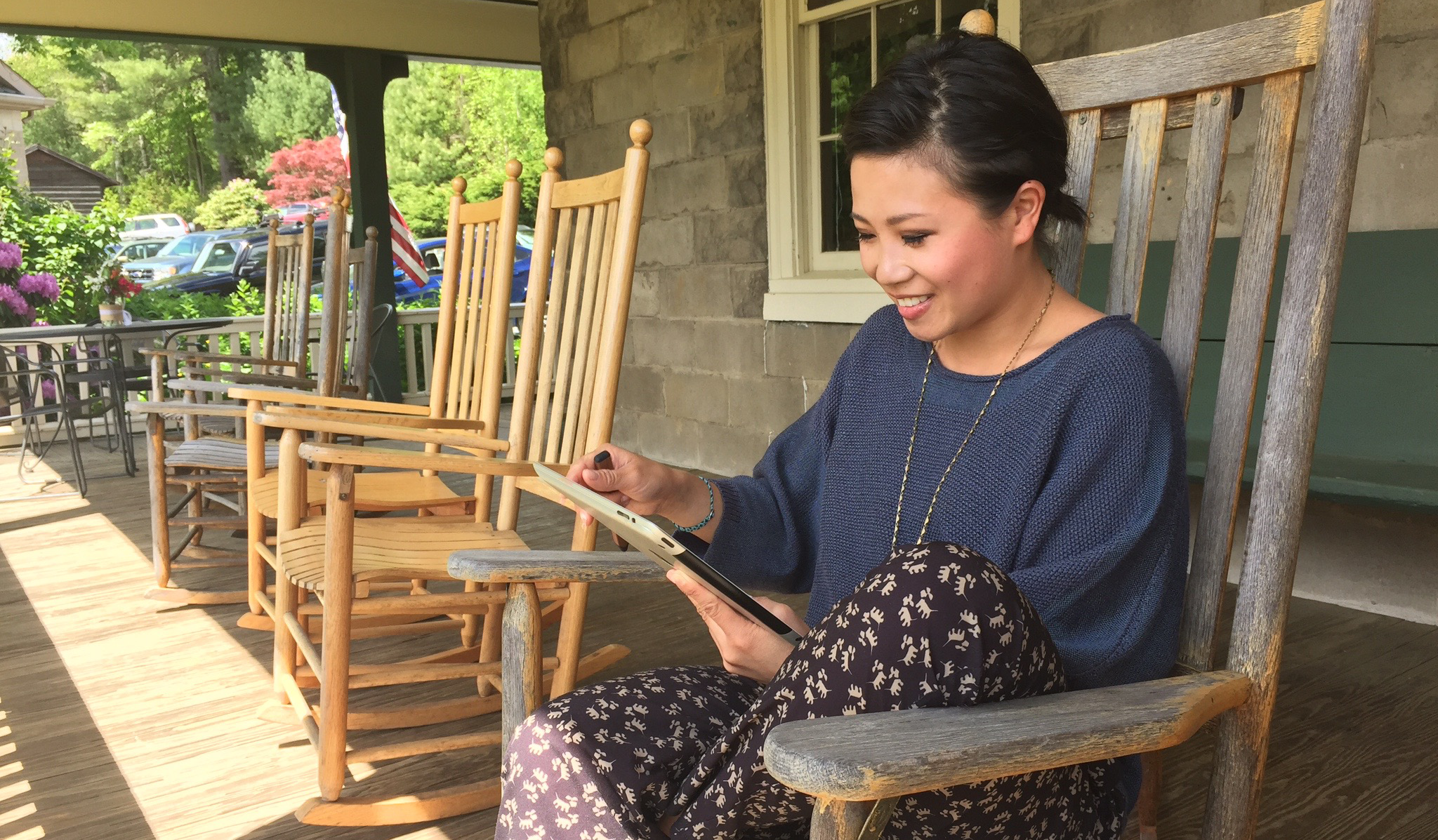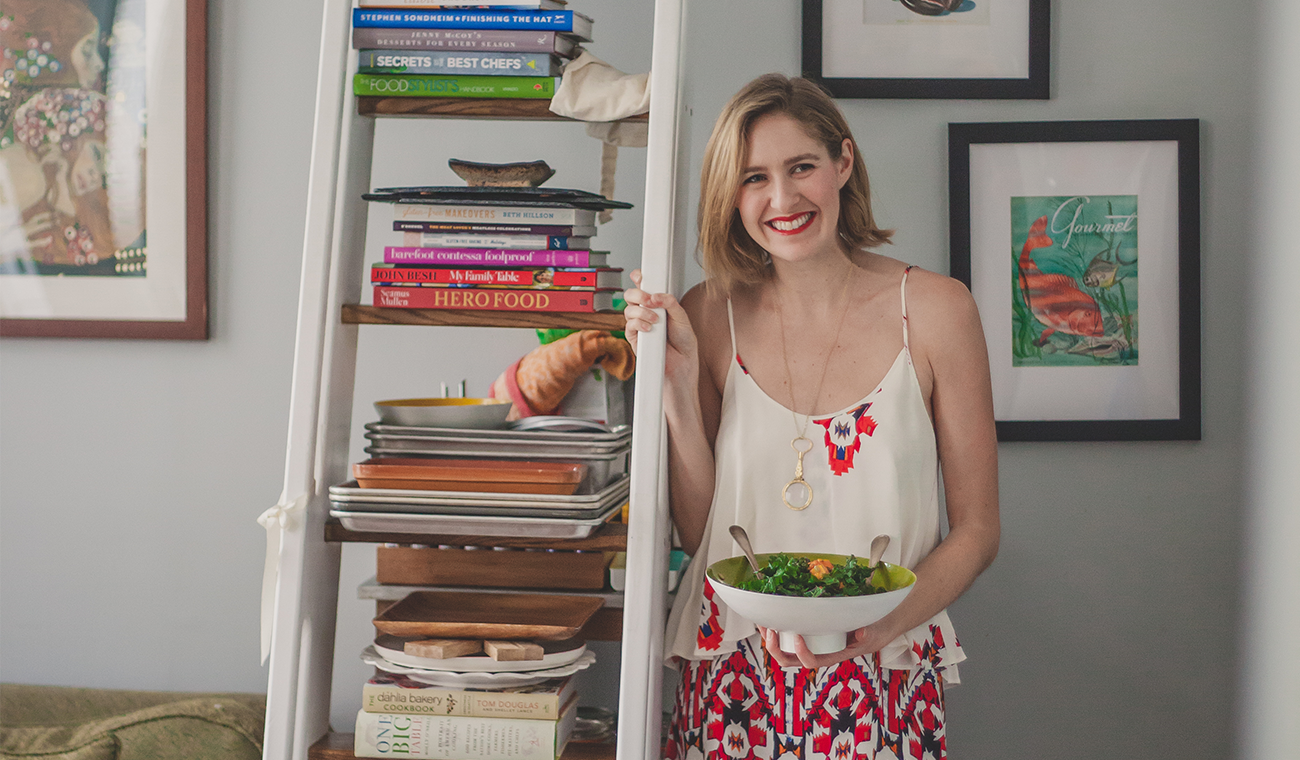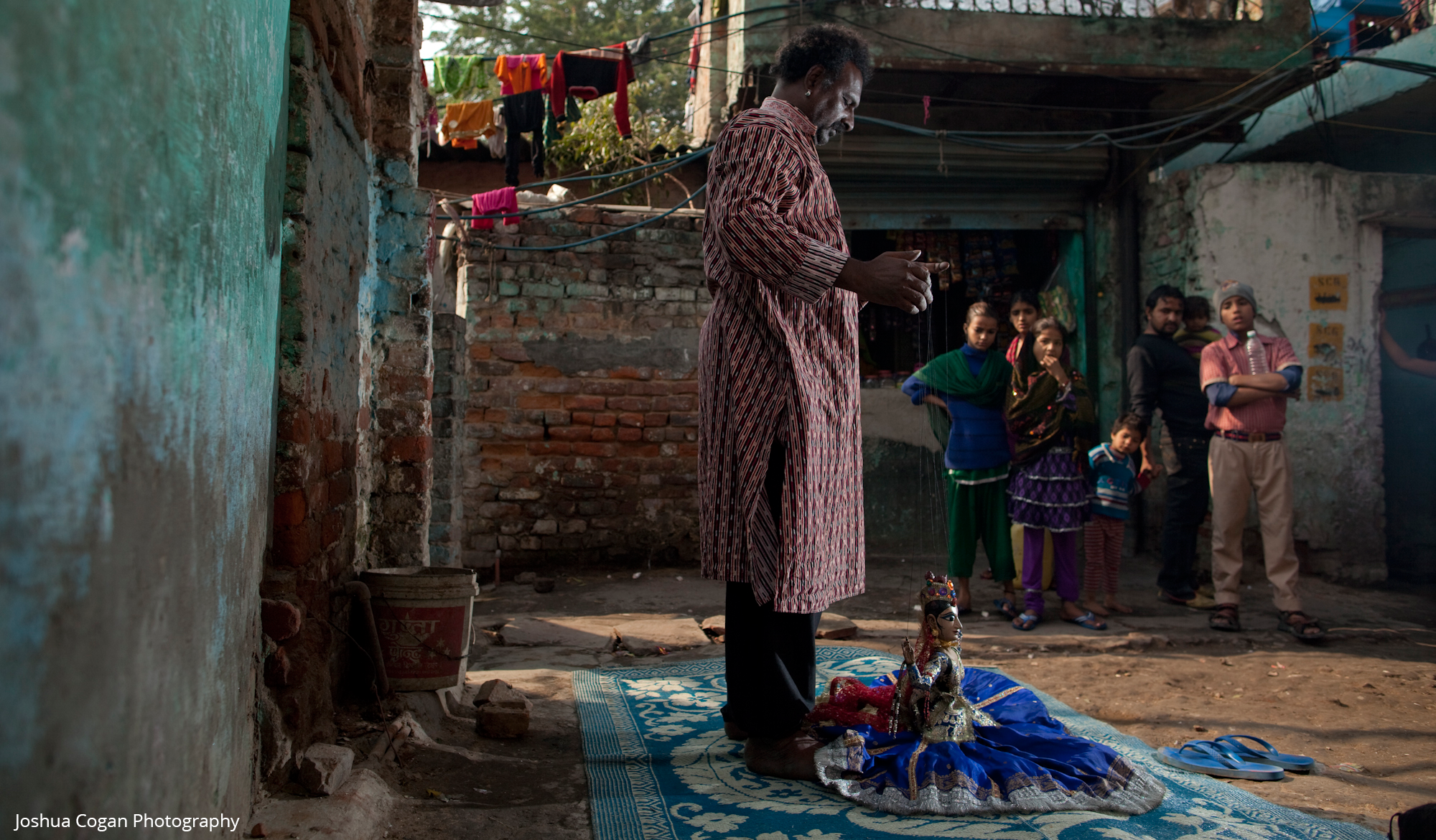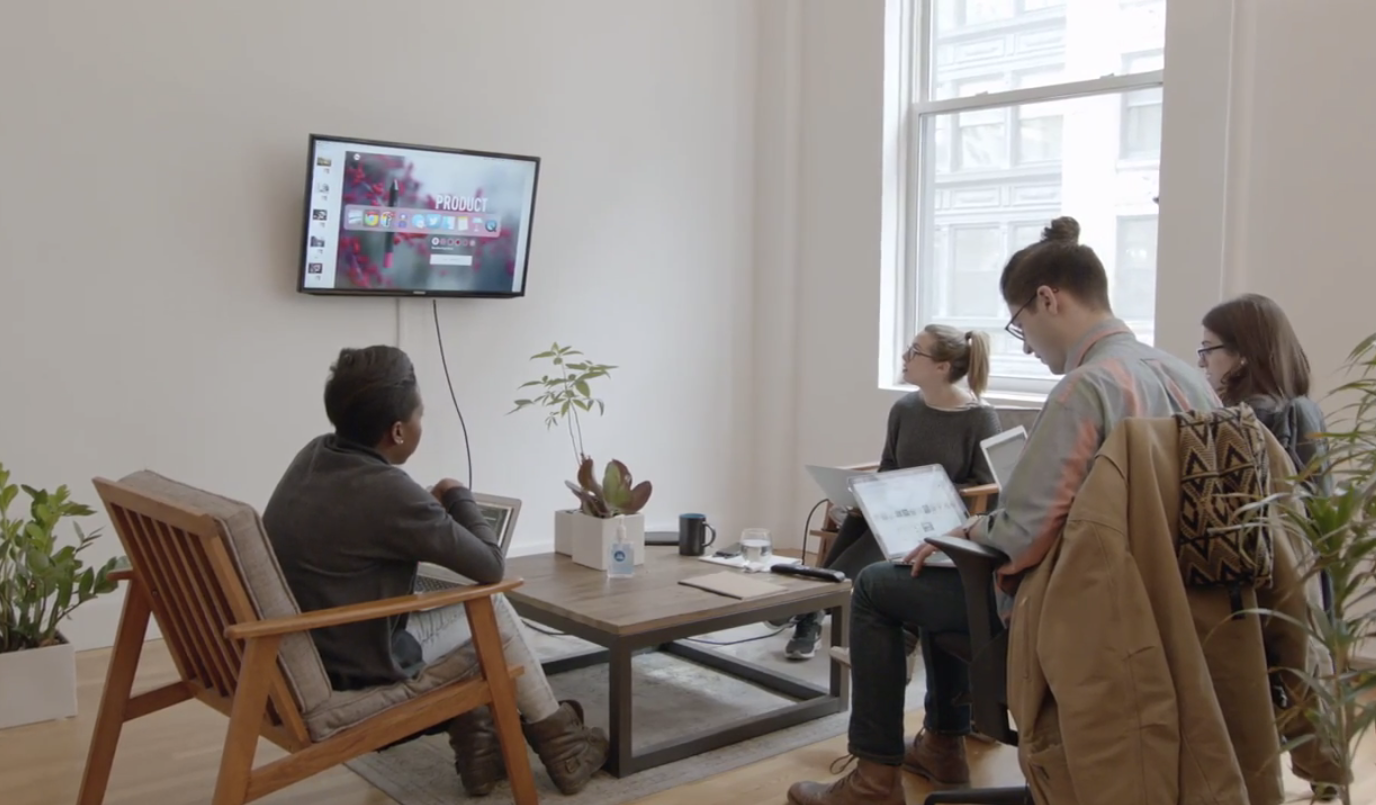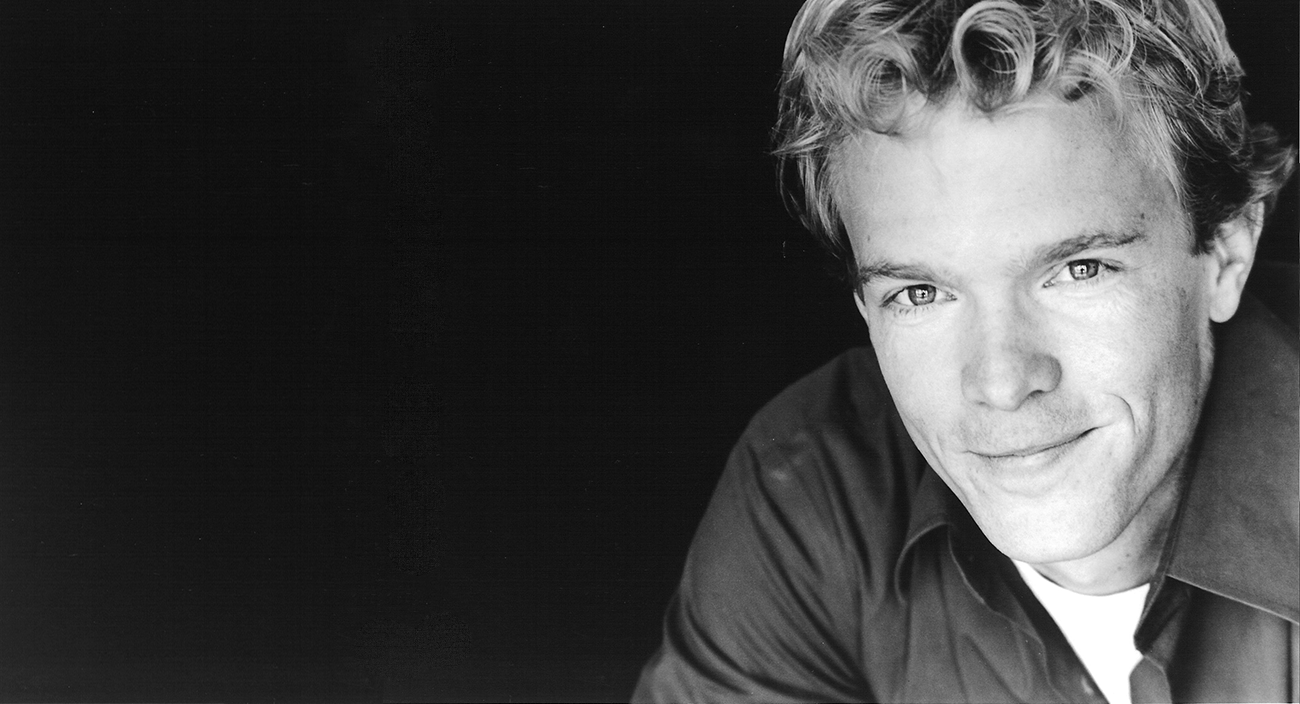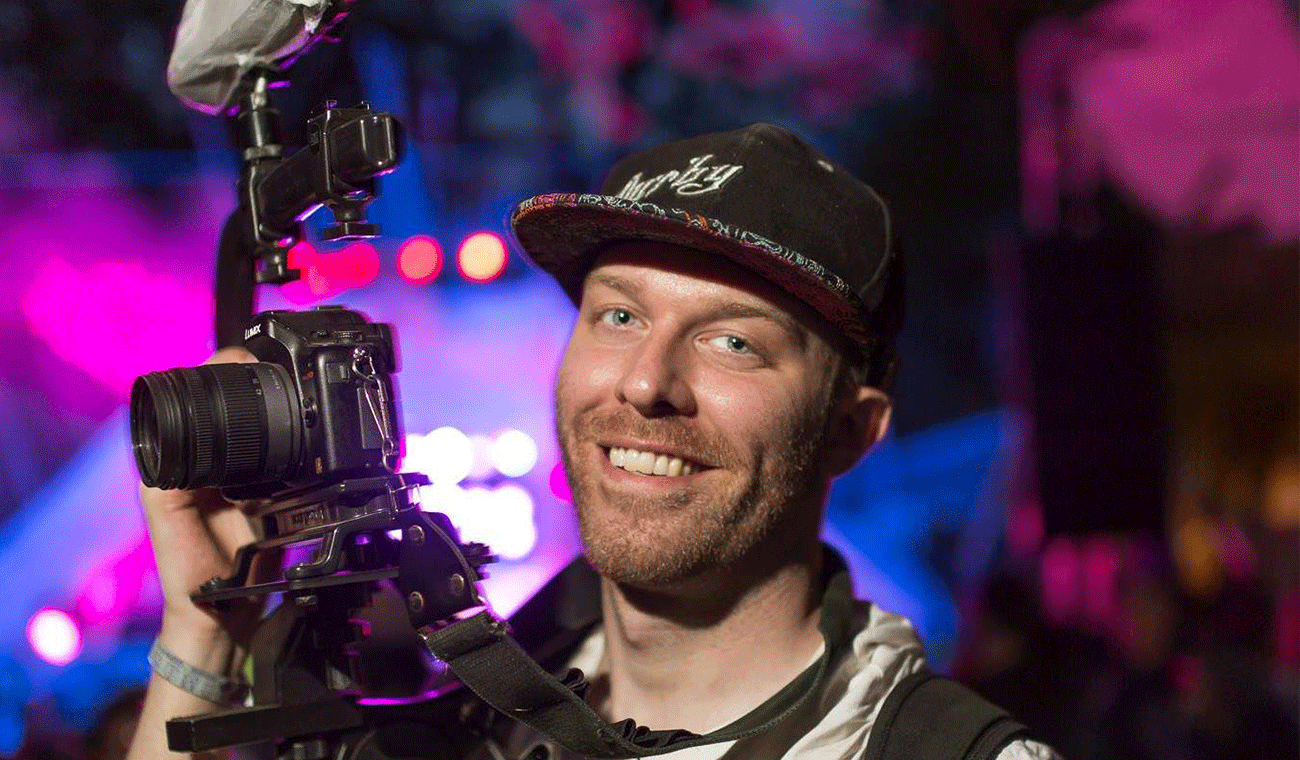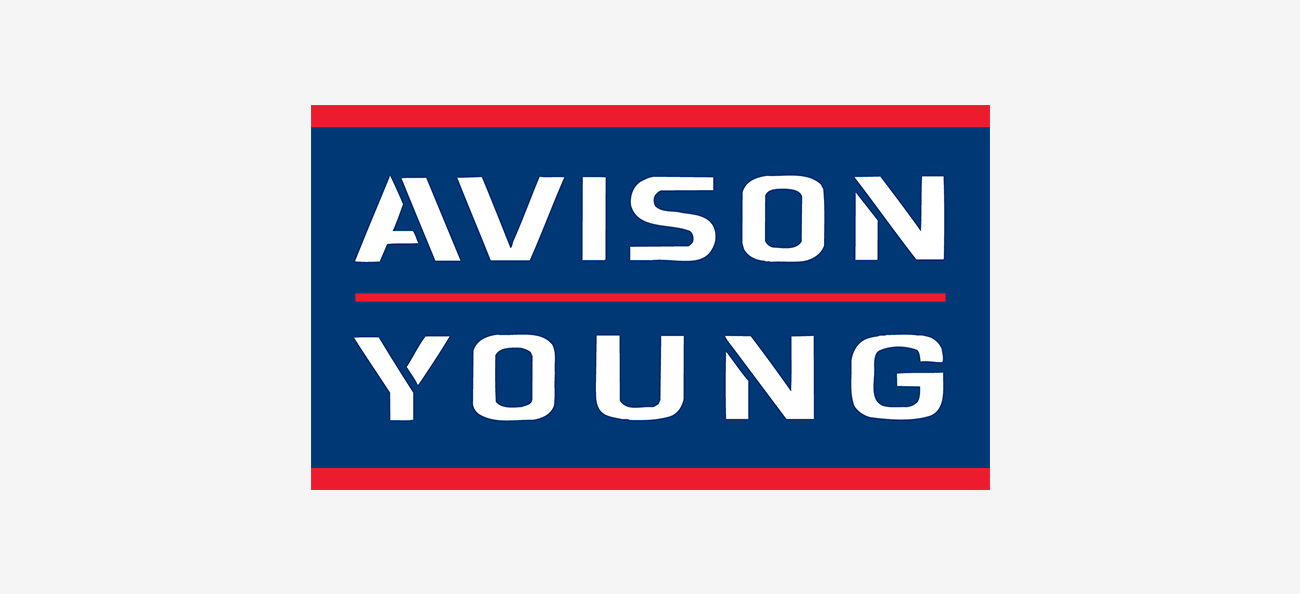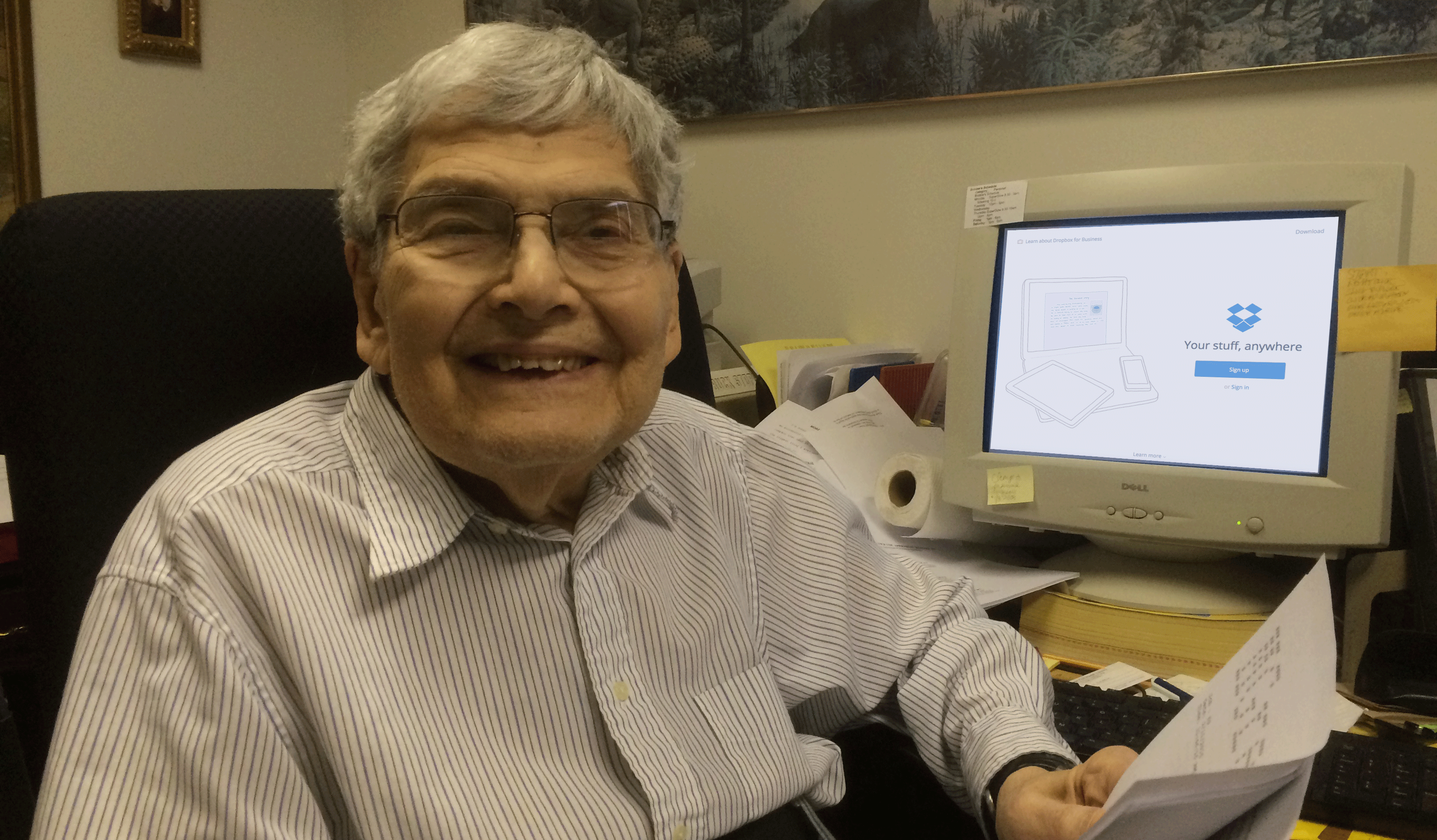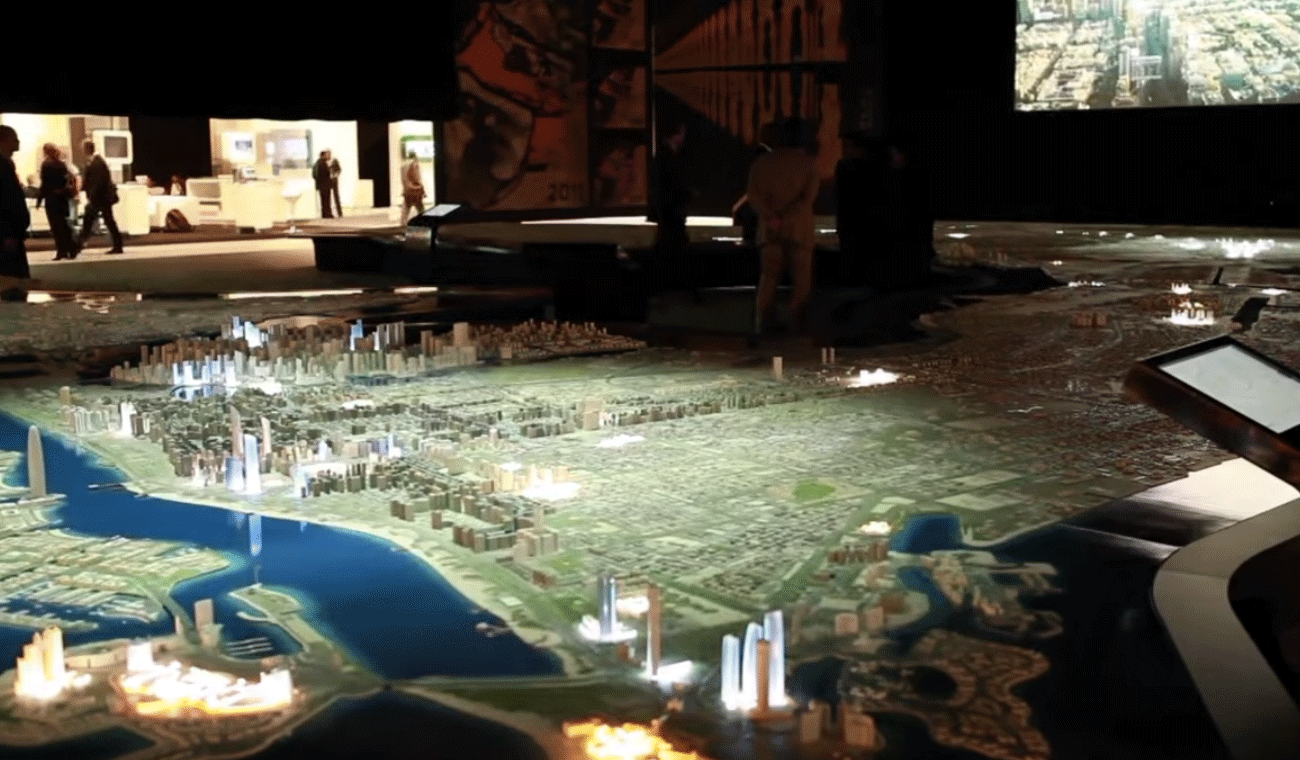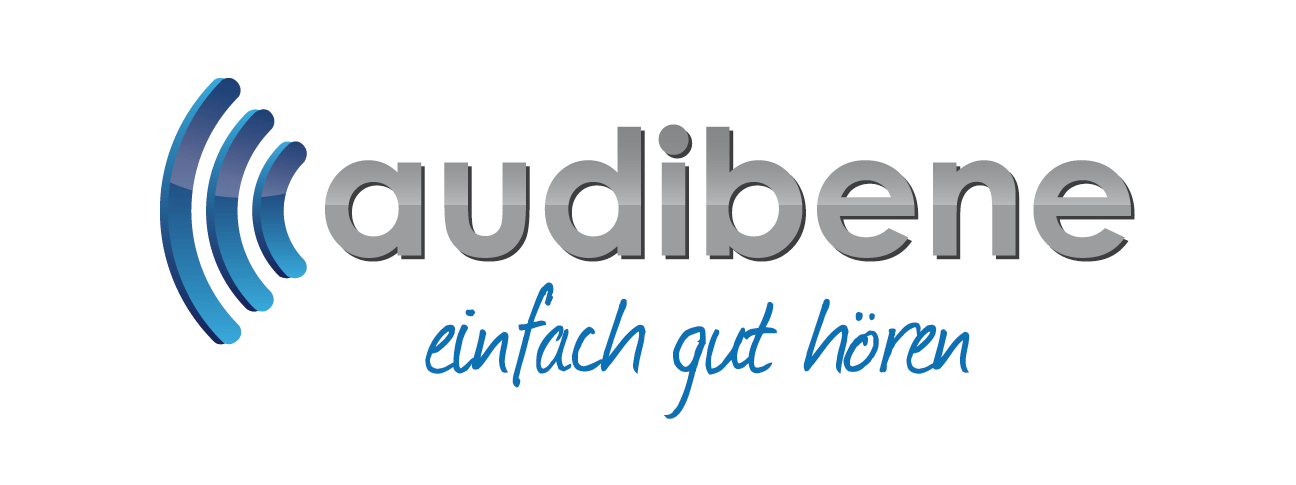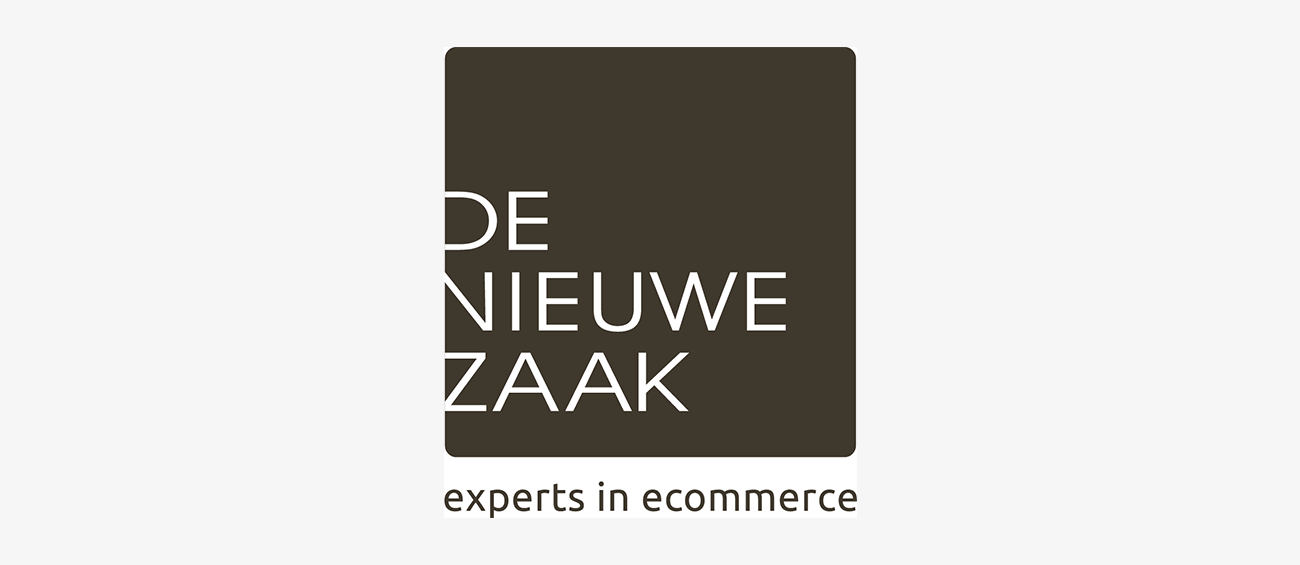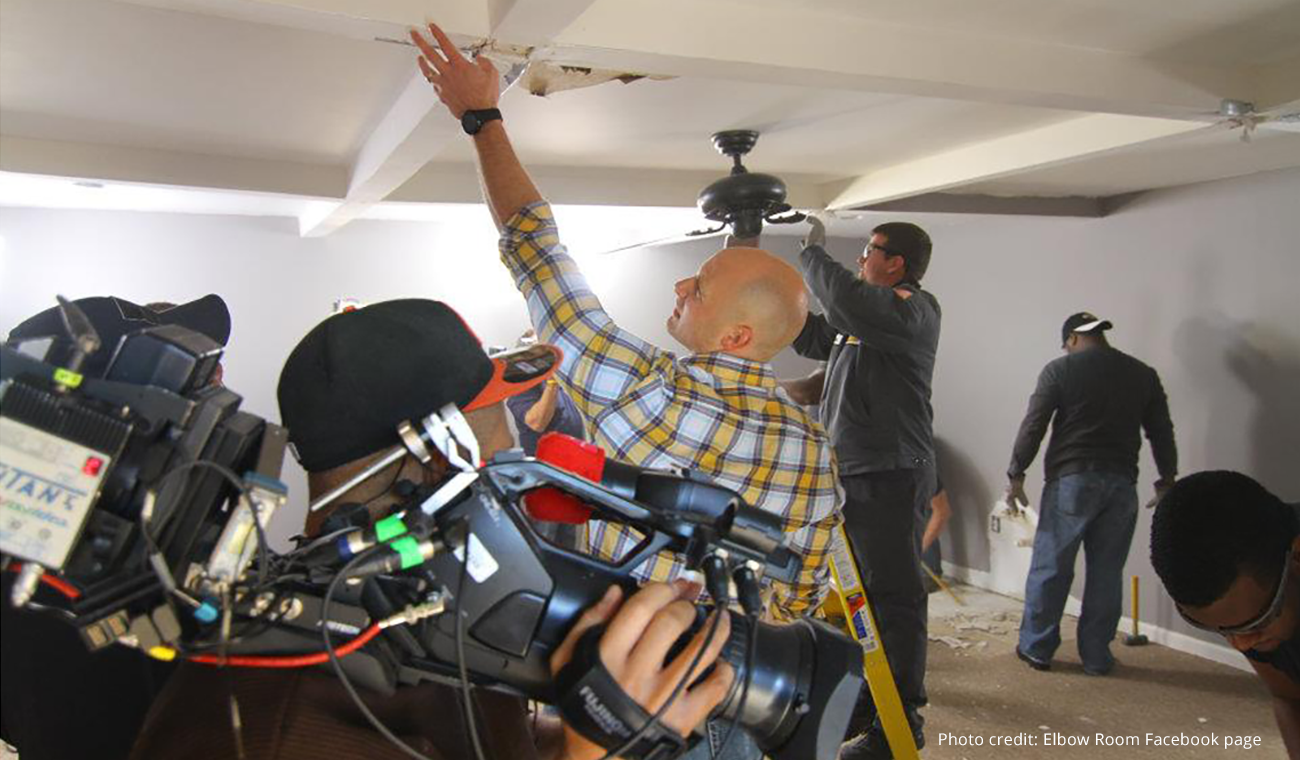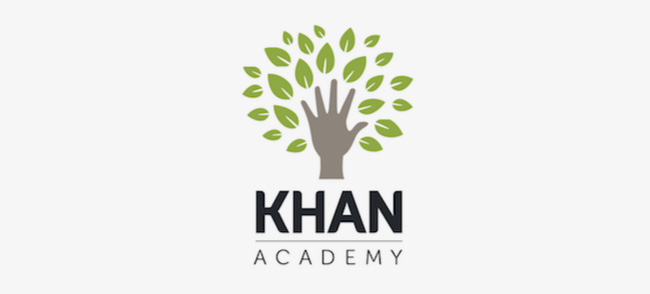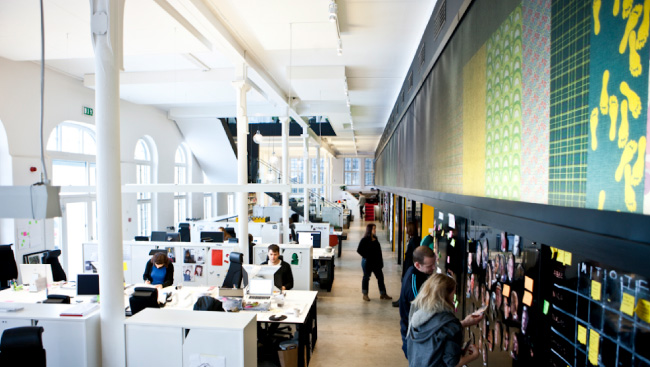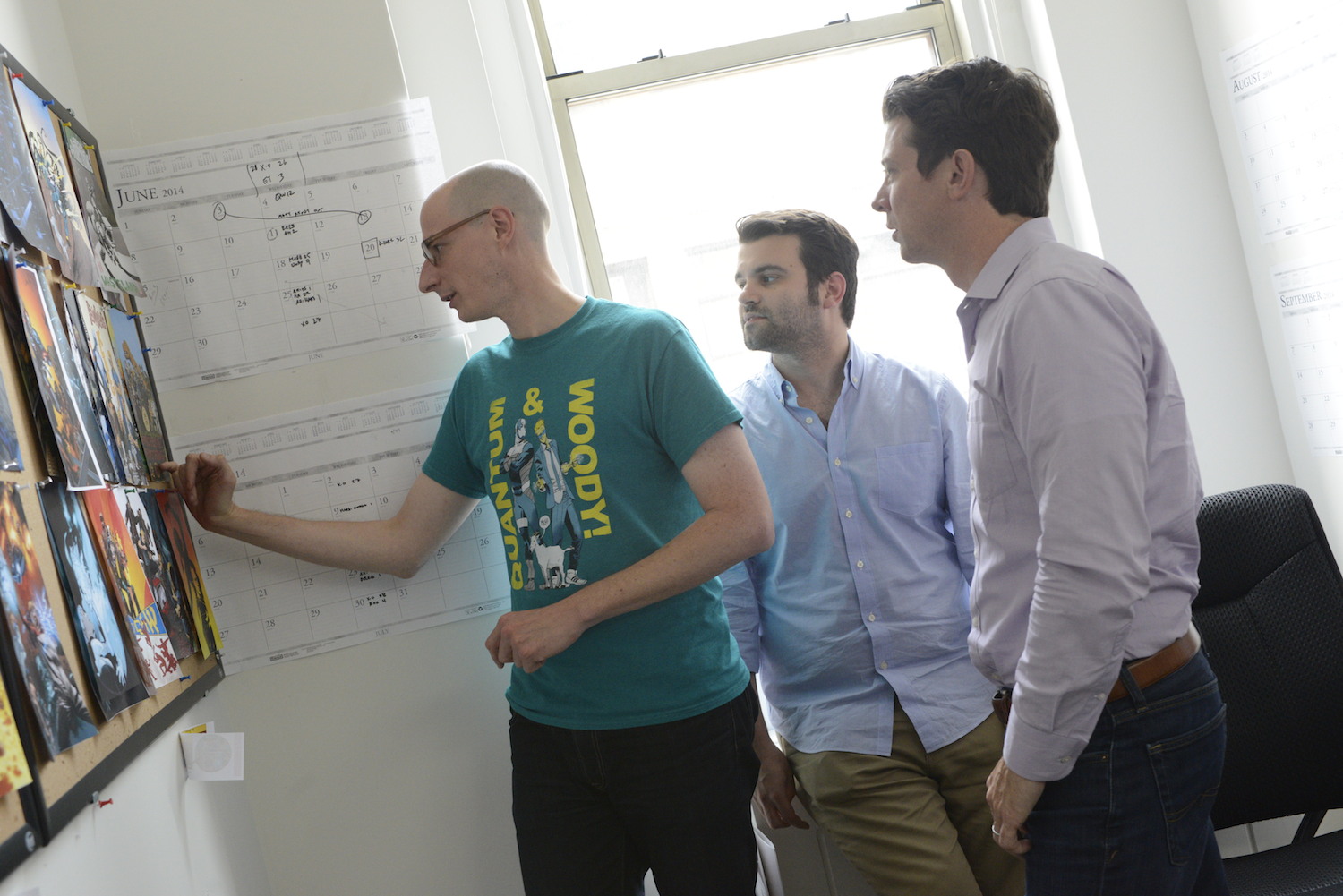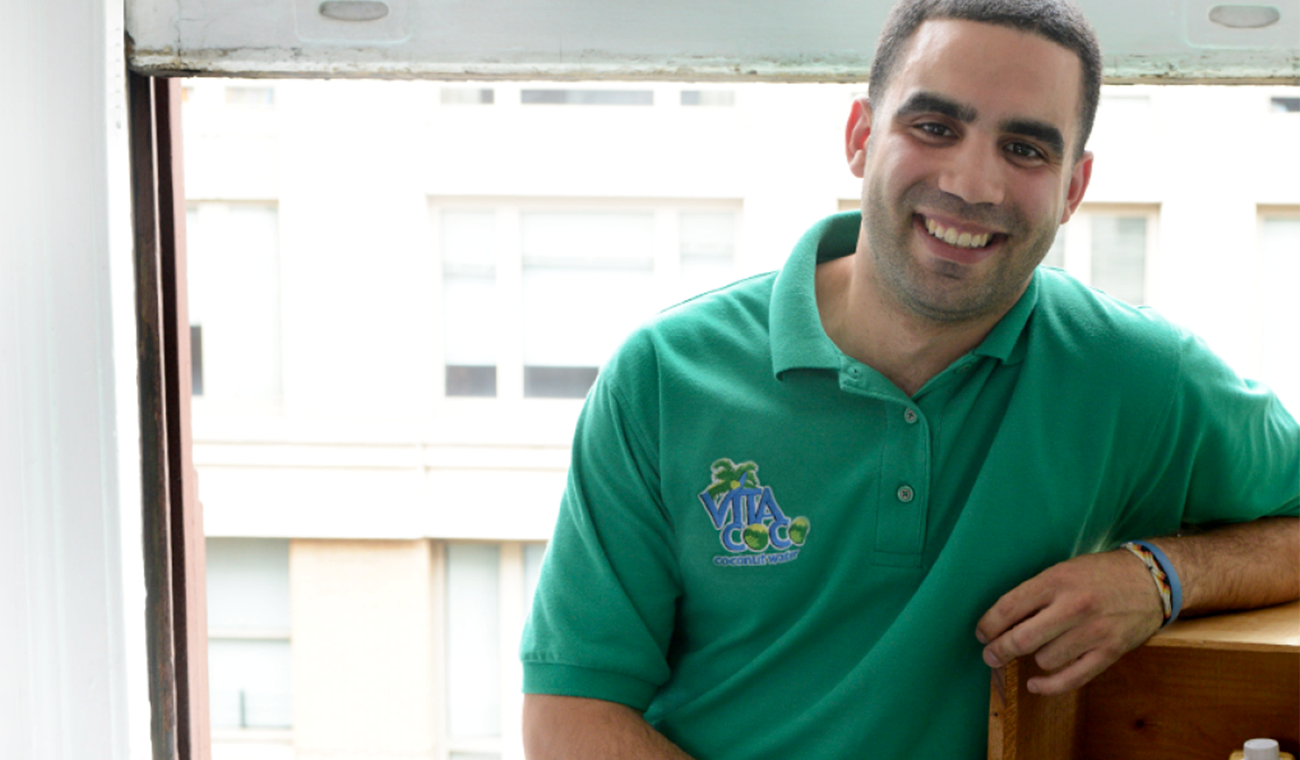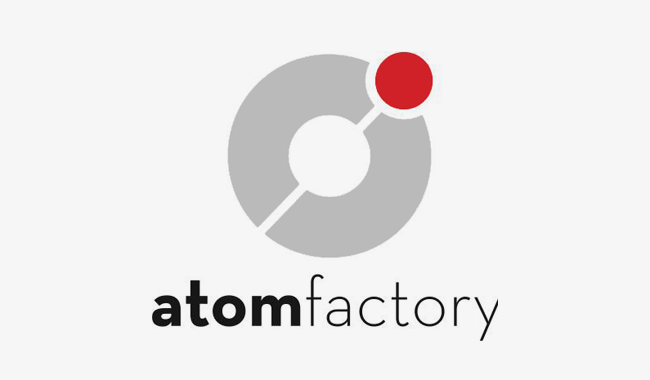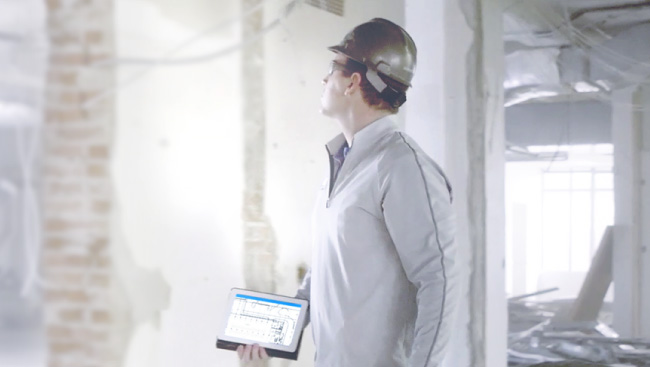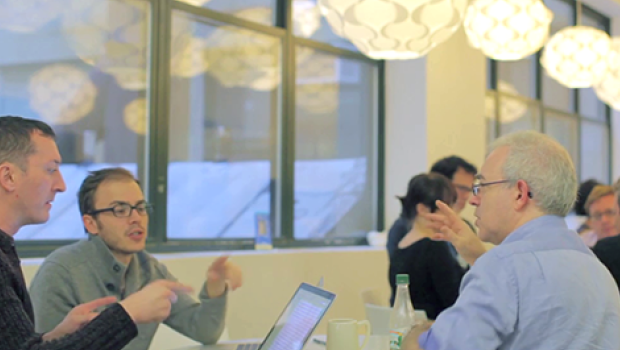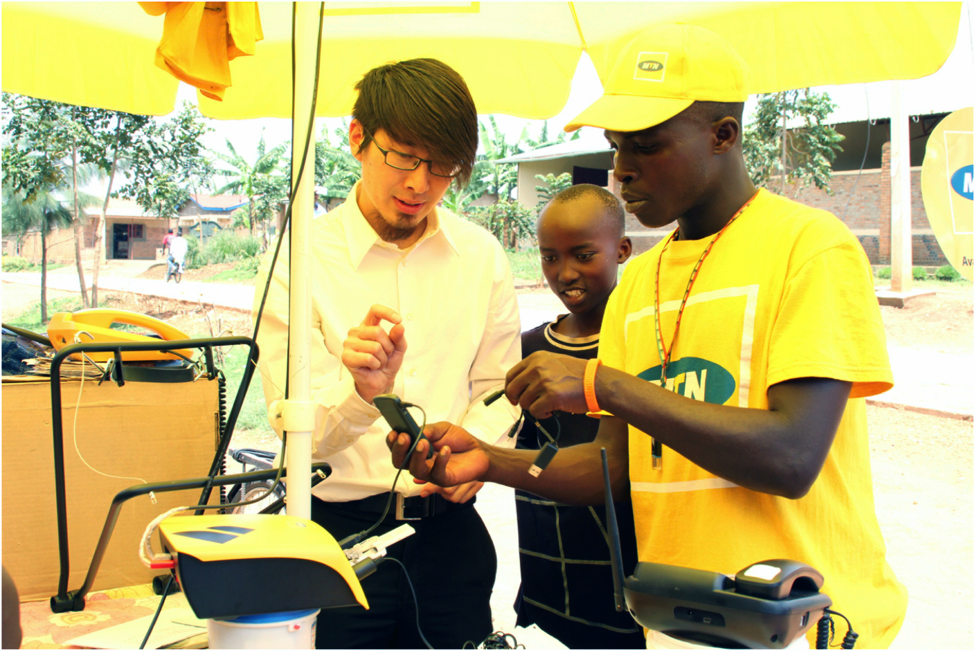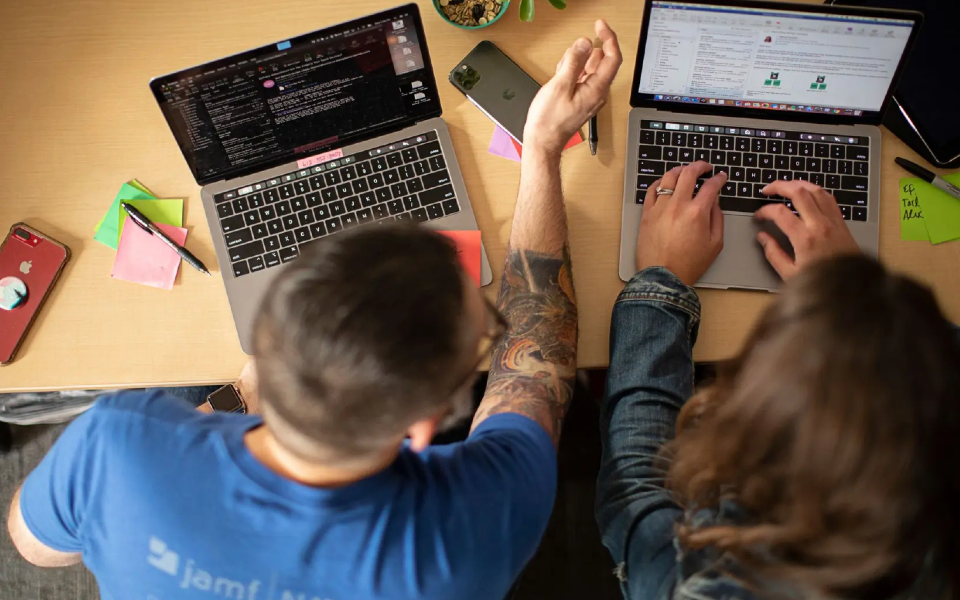
Sundance’s “Selena Y Los Dinos” was 30 years in the making
Published on January 30, 2025
Producer Daniel Torres shares how the team behind Selena Y Los Dinos pieced together an unforgettable talent’s life through Dropbox.
It’s been nearly three decades since her death, and Selena Quintanilla is still a fixture in the cultural zeitgeist. Selena’s remarkable story—the young, Mexican-American woman who became the Queen of Tejano music—has been told and retold in headlines, feature films, and television, but never with her family’s full support or involvement. Until now. Premiering at this year’s Sundance Film Festival, Selena Y Los Dinos is a documentary that celebrates Selena’s life through unseen footage from the family’s personal archive and includes intimate interviews with siblings and bandmates Suzette and A.B Quintanilla.
Getting exclusive access to the family is what drew producer Daniel Torres and director Isabel Castro to the project.
"[They] were saying, ‘We are ready to show a side and a story that no one has ever heard,” Torres says. “That’s why we said, ‘Let’s do this. Let’s start this journey together.’”
That mostly involved sifting through years of archival family home videos, news clips, and recorded performances. It’s a process that takes a ton of time and a lot of coordination—something Torres knows all too well. He's worked on other music documentaries like Love to Love You, Donna Summer; his first doc, 2021's The Velvet Underground, "had about 10,000 photos and 6,000 pieces of footage," he says.
"So, I learned pretty early on what’s the best method for organizing."
Selena Y Los Dinos was similarly complex. With a vast amount of content and a globally distributed crew, Torres and his team relied on their collective experience and the right tools to stay connected and coordinated.
"Dropbox made it possible for us to send and receive files without having to wait hours."
“Dropbox was used a ton,” he says. “We used it to store archival media and to go back and forth with our post-production teams, whether that was with our composer Camilo Lara, who founded the Mexican Institute of Sound, or with our graphics team, which is based in London.”
Torres talked to us more about collaborating with the Quintanilla family on Selena Y Los Dinos, and how Dropbox was used in the making of it all.
Why do you think Selena’s story still resonates after all these years?
She changed the game. She was the first Latin artist to really achieve that kind of success. I mean, it’s the true American dream. Whether or not you believe it exists, she is an example of someone who did it.
The family moved from Lake Jackson, Texas to Corpus Christi, Texas after losing everything. They were all living together—about 13 of them—in a house with other family members. They had nothing. What you see in the film is that maybe the singing started as a necessity. It was literally to put food on the table, to have a roof over their heads. But it became such a passion for them.
I think that now, especially in these times, people really need hope more than ever. She is a story where you can be hopeful, where doing what you love is possible. You can put in the hard work and get where you want to be.
What was the process of sorting through and organizing all of that footage like?
We have an extremely comprehensive archival log. Nothing gets ingested into any of the editing software without it being properly logged and getting a new naming nomenclature that's consistent with all the rest. Then it gets uploaded to Dropbox and linked to the archival log, so you can just access the log and immediately go to the file if necessary.
The process included getting archival video from multiple sources. One source is directly from the family. In those instances, it was either Betamax, Beta SP, VHS, ¾-inch tapes, or 1-inch tapes.
The other method of archival collection we used was from online vendors, whether that’s ABC, NBC, Kino Library, Oddball Films, Televisa, Univision, or YouTube. Those would live on Dropbox, and everything would be logged in the archival log. But only the things from Dropbox would be linked to the files.
"[Selena] is a story where you can be hopeful, where doing what you love is possible."
What were some of the biggest challenges your team faced during the production process and how did you address them?
The most challenging part was the archival process and trying to find out where the parent source was that had the full length of the video we wanted. We would sometimes have up to five or six duplicates of the same exact file, except one file might be three minutes long, another four minutes long, and another three minutes and thirty seconds. This required a lot of time and really good memory—especially since we would digitize and log as we got it.
Dropbox was used for all of those send-and-receive needs. Our production team was based in New York. The director was based in Los Angeles, the editor was based in Chile, the titles person was in New York, the composer was in Mexico City, and the graphics team was in London. Dropbox made it possible for us to send and receive files without having to wait hours.
On top of that, security was a huge priority for the family, so we made it a high priority for us as well. It was a critical part of the discussion at the beginning of the project when deciding the protocols for how we would exchange information—whether it was media, documents, or anything else. Ultimately, we chose to go with Dropbox for everything.
What did you learn about Selena in the making of this film?
It’s really jarring to realize how young she really was when she died and how much life she still had yet to live. I knew it, but I didn’t really know it. She was 23 years old; she didn’t have time to do anything else.
So many people have such a specific connection to her. What was yours?
The first film I ever watched on VHS was Selena with Jennifer Lopez. My dad is Uruguayan, my mom's Chilean, my grandma's Colombian—she's the one who raised me—and my grandfather's Spaniard, but I'm pretty white-presenting. I've always had this kind of struggle between living in New Jersey and having such strong ties to my Spanish heritage but not being perceived that way by others.
Selena also had that same kind of conundrum of not being American enough, and yet, in Mexico, not being Mexican enough. I remember watching that film in my uncle's tiny Bronx apartment with my cousins. I must have been like 5 years old, and it left such a huge impression on me. I grew up on that film.
I never could have imagined that one day I would be getting calls from Suzette and A.B. asking me what I'm up to over the weekend.
This interview has been edited and condensed for clarity.
 Dropbox Dash: The AI teammate that understands your work
Dropbox Dash: The AI teammate that understands your work
.png/_jcr_content/renditions/hero_square%20(2).webp)
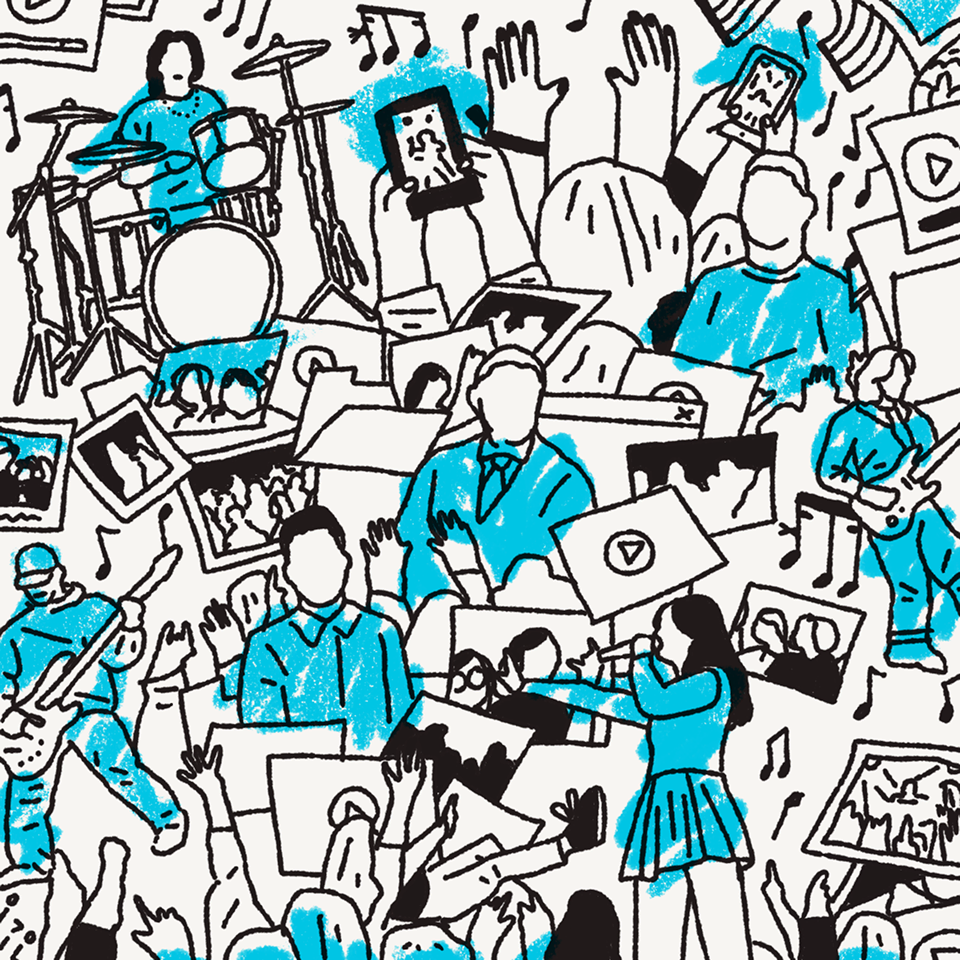
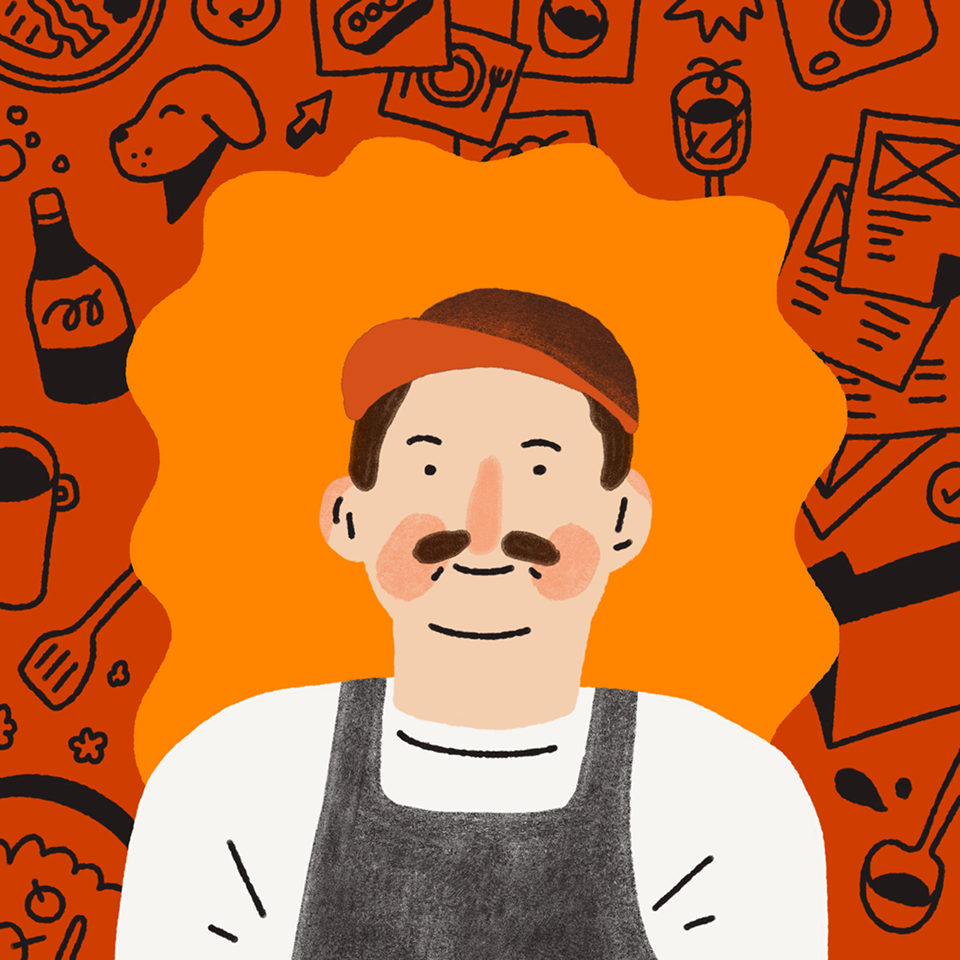




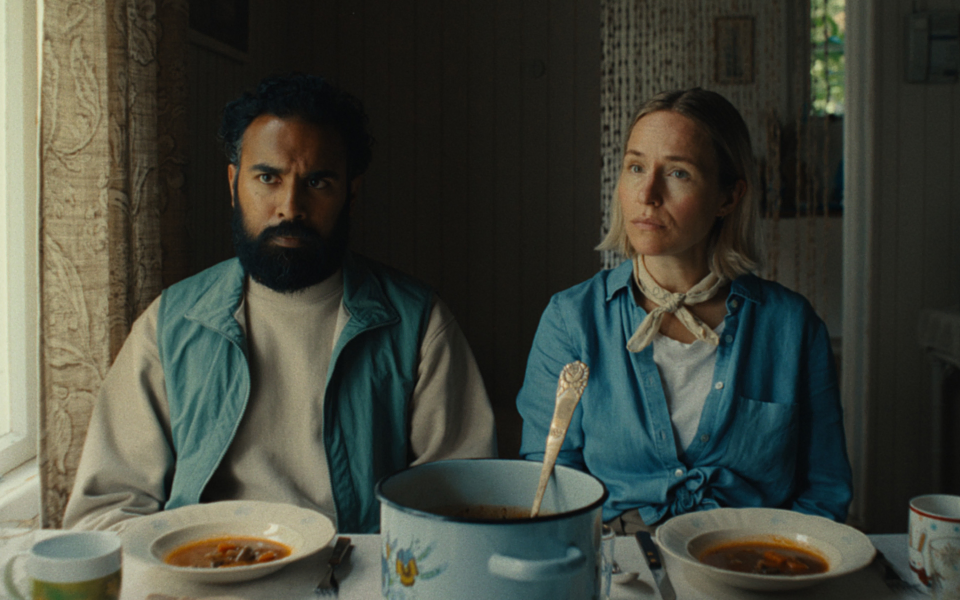
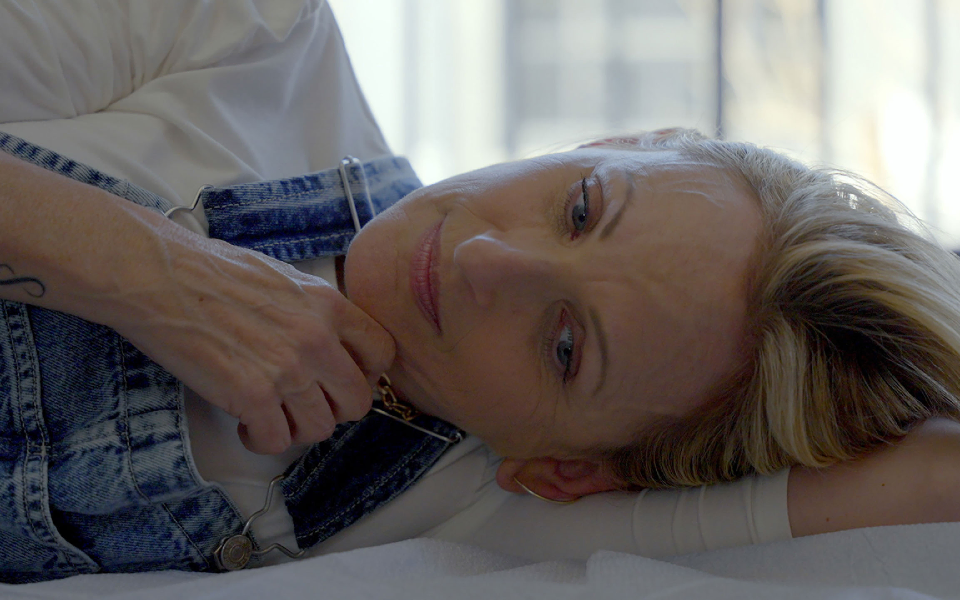




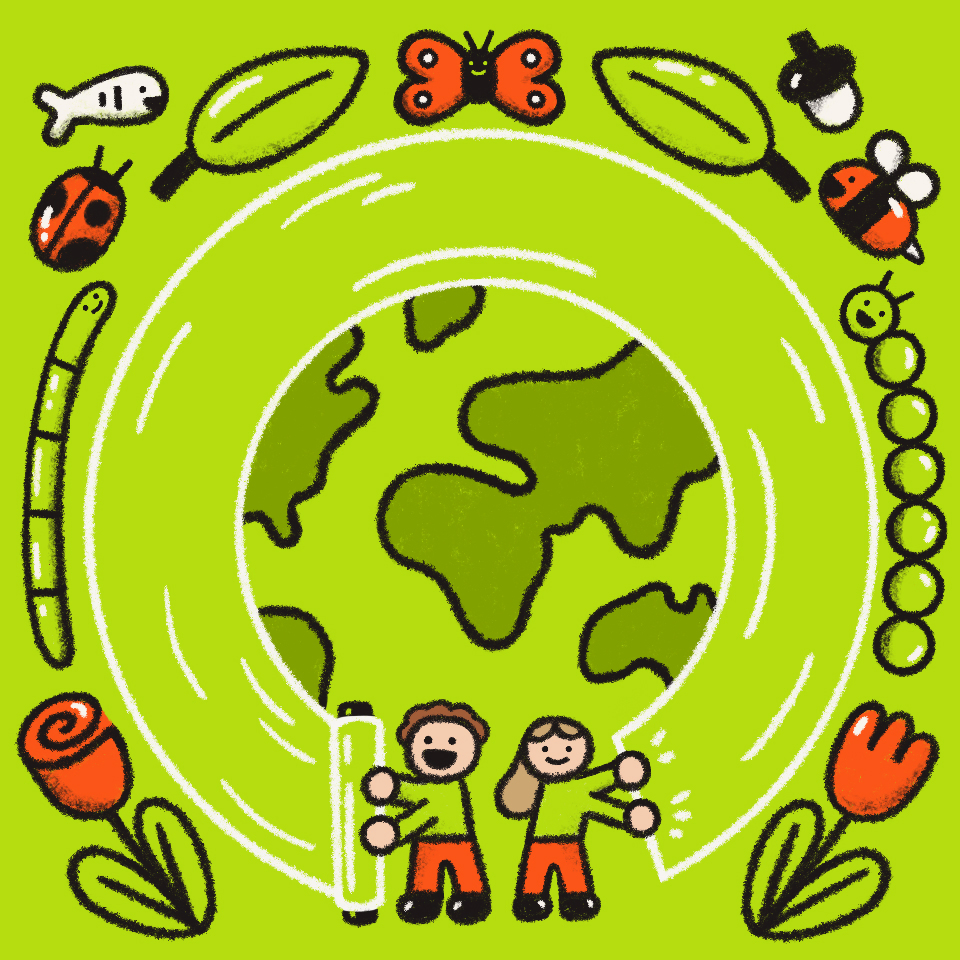
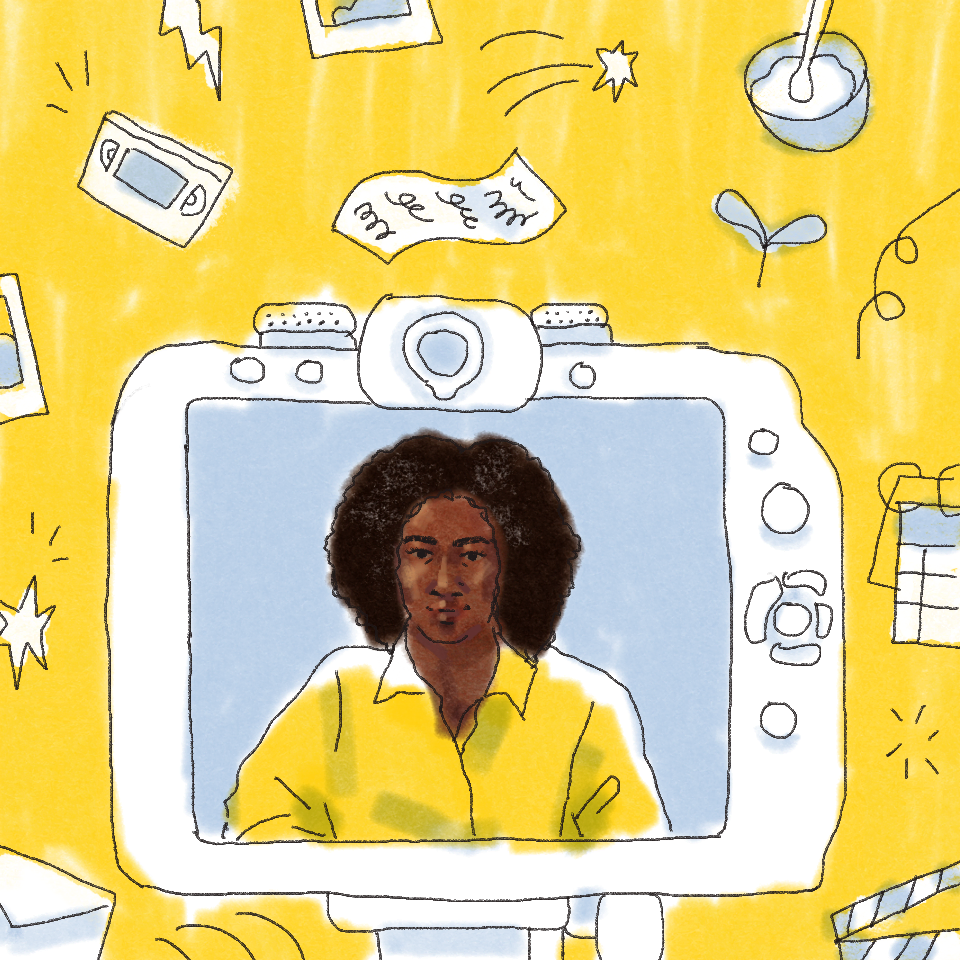
.jpg/_jcr_content/renditions/1200x628%20(5).webp)
